They say nothing good comes easy.
My visit to Monhegan didn’t. Fittingly it was good.
Great, actually.
Rather than 20 FPS for 20 stills every second I held the shutter, I changed my camera settings so it took one at a time. I still took a thousand.
In a place like Monhegan, even if you take a thousand pictures none of them are “bad.”
It’s a photogenic place, a frequent spot for photography workshops.
The island is unique and offers so much.
You can go for birds, scenery, or both.
I’d never been, so booked a trip Memorial Day Weekend.
That trip didn’t happen because of a storm.
My eventual visit coincided with what I overheard someone call the longest power outage Monhegan has seen.
Skeptical, I fact-checked that. Inconclusive.
Instead of making a potentially dubious claim, I’ll reiterate what I heard one resident tell a visitor: You picked a hell of a day to come here.
We were there for three—only one of which we had power for.
Not terribly inconvenient. We hadn’t gone to Monhegan to be “plugged in.”
May Nor’Easter
The initially planned trip on Memorial Day Weekend included two ferries.
Ferry to Martha’s Vineyard to get another traveler, Larissa, who used to live by, has been to, and is familiar with Monhegan.
Steamship Authority from Martha’s Vineyard to Woods Hole.
Drive to Monhegan Boat Line. To break up travel to Port Clyde, spend a night in Wells.
Wells to Port Clyde, 10:30AM boat to Monhegan.
Two nights.
I got to Martha’s Vineyard, but due to an unexpected May Nor’Easter Steamship Authority canceled our boat back to Woods Hole.
Everything had to be pushed.
Monhegan Boat Line credited me my reservation; Monhegan House generously did the same.
When I explained, Monhegan House’s reply was: Nor’Easter in May…who woulda thought?
Redtail, Plovers, Bluebirds
We made it to the mainland. Because Monhegan wasn’t possible we went somewhere else.
A redtail (Buteo jamaicensis) made short work of a squirrel; Piping Plovers (Charadrius melodus) were abundant and adorable; Eastern Bluebirds (Sialia sialis) were not shy.
Two birders from the southwest who’d never seen Piping Plovers pointed out how they inquisitively tilt their heads. The birders shared about their travels on the Natchez Trace Parkway.
The redtail, plovers, bluebirds and those birders were consolation prizes for Monhegan being pushed to mid-June.
Mid-June
The new plan:
Meet Larissa, this time on the mainland.
Spend a night in St. George, closer to Monhegan Boat Line.
10:30AM boat to Monhegan—same boat different day.
Two nights at Monhegan House.
There was birdsong aplenty in St. George.
A very insistent Northern Parula (Setophaga americana) left me no choice but to point to the window whenever it sang—“Parula”—and explain the song’s abrupt end. A birdsong exclamation mark.
Luckily I didn’t get into the pronunciation of “Parula.”1
We got breakfast and went to the ferry. The boat ride to Monhegan was a mid-/late-morning hour of scenery and wildlife.
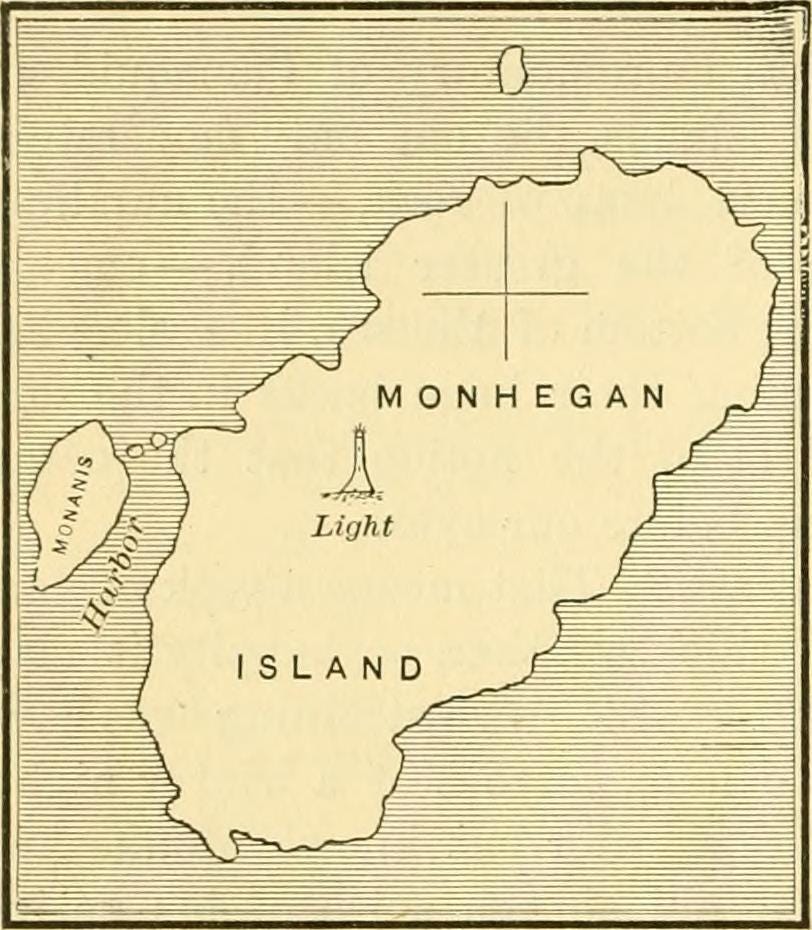
We got there around lunchtime and ate fish sandwiches with seaweed salad.
Then we hiked to Lobster Cove. Monhegan Nature Guide calls it “a rocky spit of land at the southern end of the island.”
We kept hiking around Monhegan’s southern half. The views constantly made you stop, awestruck.
Though it was not a birding trip (I chose not to bring my bird lens) there were Common Eider (Somateria mollissima) all over.
I also enjoyed getting close to the gulls.
We saw the Ring-necked Pheasants (Phasianus colchicus) Monhegan is known for.
The hike that first day felt longer than it actually was.
Showers and rest were earned.
Outage
The next morning there was no power.
Without a functioning water pump: no showers, brush your teeth with bottled water, toilets had to be manually flushed. Staff ran up the stairs with full buckets. “If it’s yellow let it mellow.”
Water on Monhegan is a precious resource. Signs above the sinks in Monhegan House bathrooms remind you of this.
This preciousness compounded. As I was rung up a mere $3.00 for two bottles of water, the store employee joked he should hike up the price.
Estimates for when the island would get power back started off: end of breakfast. With breakfast long over: maybe tomorrow. There was still no power when we left.
The inn got on the town’s water. Showers, normal dental hygiene, and flushing: back on the table.
Apparently “a part” had been delivered to get power back but hadn’t worked. When we disembarked from our return boat, a generator was on the dock to be brought over.
Glunking
“Seaglunking” means looking for sea glass. I call it “glunking.” This wasn’t a birding trip, nor was it a glunking trip, but we glunked more than we birded.
Larissa is sea glass obsessed. She has jars, organized by color, of all she’s collected. She’s deeply fond of walking and ocean. Monhegan is “primarily a walking island.” of “scarcely a square mile.” Plenty of ocean and sea glass; you can’t bring a car.
I wanted to see what Pebble Beach, known for sea glass, had to offer.
Not a ton. It was kind of a wash. Literally, weather-wise, and Bryce Moore in “Sea Glass Hunting [Glunking] On Monhegan Island” calls it: “less than overwhelming.”
Expecting a beach of pebbles littered with sea glass, I got a boulder field. I’m sure there would’ve been sea glass if we looked, but it’d been a rainy hike, my boots aren’t waterproof anymore and neither are hers. We were wet and disappointed.
Maine’s rocky coast gets slippery with precipitation. I ate shit on the way out—adding injury to insult.
What we expected to be our best glunking spot wasn’t a glunking spot at all. That doesn’t mean we didn’t glunk.
Our arrival was at low tide, ideal seaglunking conditions. The place we got sandwiches was on a good stretch of beach. Just off the boat, Larissa recognized a productive spot from a prior trip.
We filled our pockets with glass. On Monhegan, you don’t even have to look for it—it’s just there. My goal was a sea glass marble. Larissa has found many.
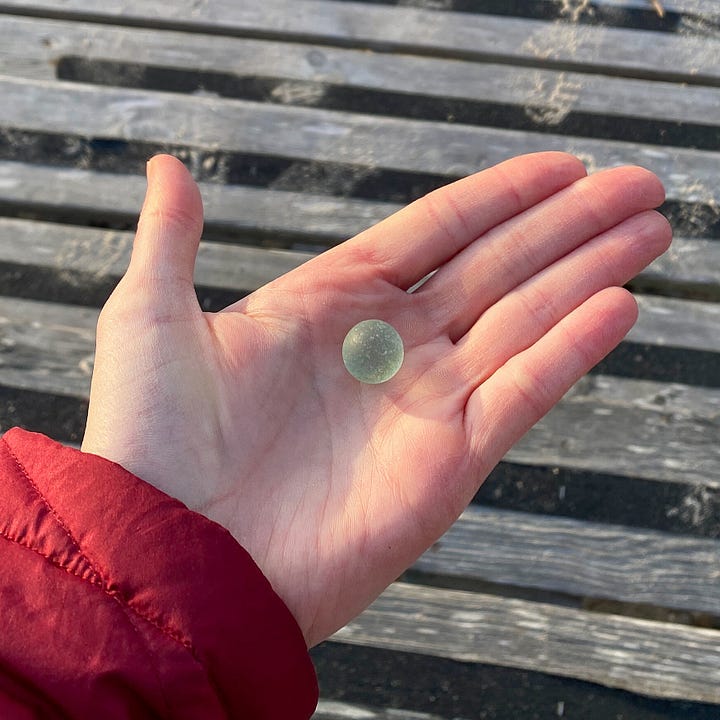
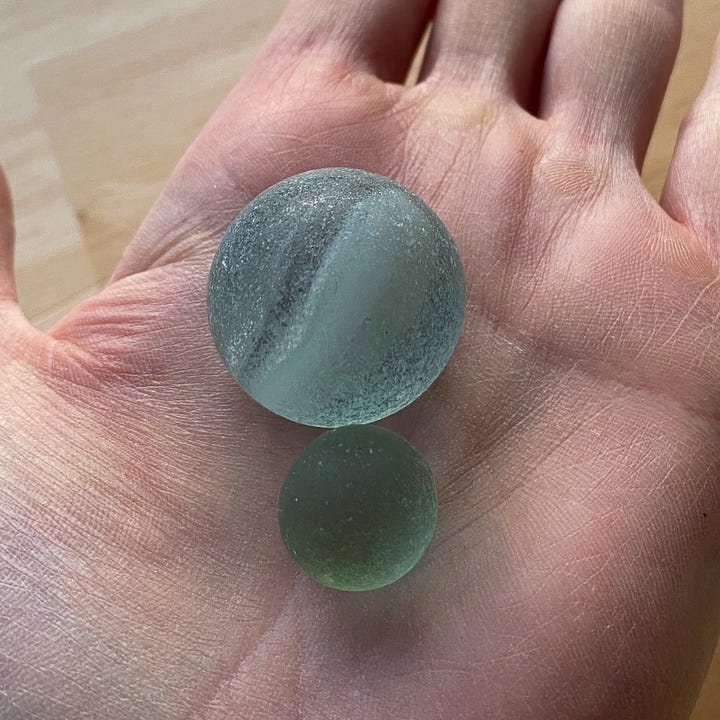
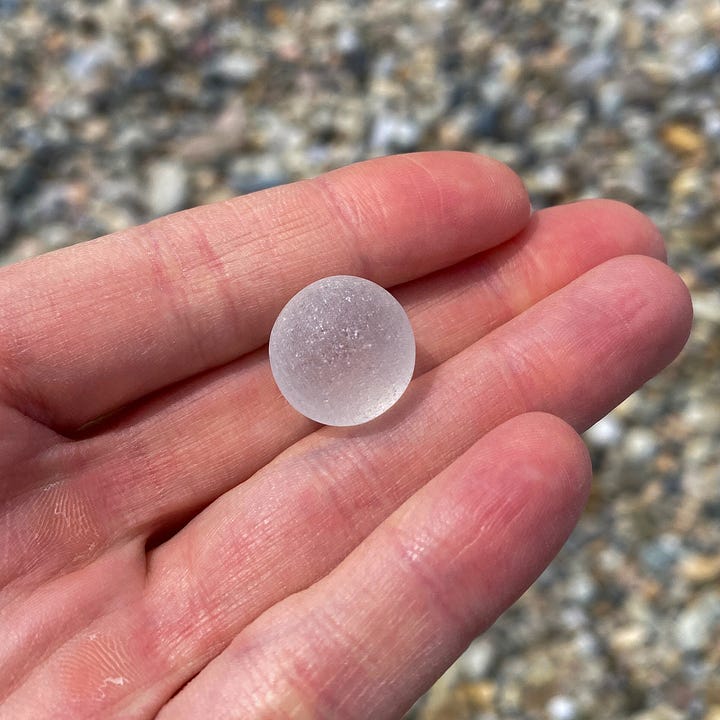
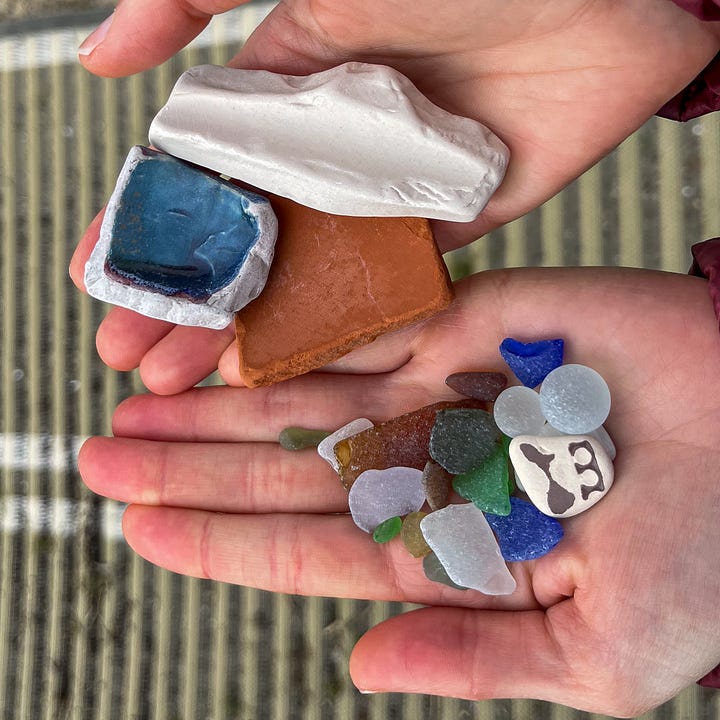
That first day, I took more glass than I needed. With a self-proclaimed “sea glass snob” (it’s not just about the color, it has to be sufficiently weathered), I became a bit of a snob myself.
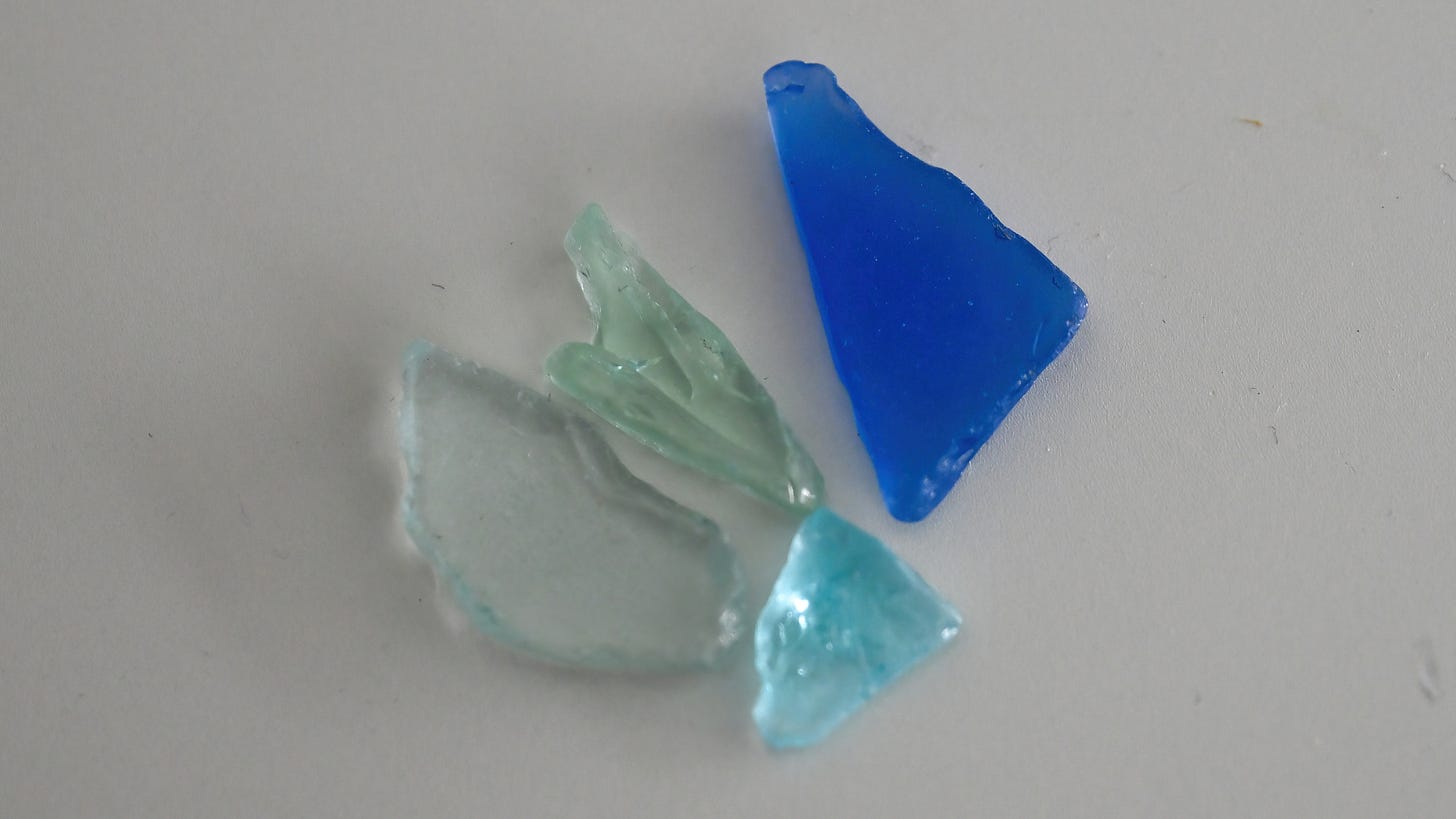
Blue is my favorite color of sea glass. If it wasn’t blue I didn’t want it.
There’s a rarity hierarchy of sea glass colors. The rarest: orange, red, turquoise, yellow, black, teal, and grey. Plainly “rare” are pink, aqua, “Cobalt & Cornflower Blue” and “Purple (Amethyst).” I’ll call my best piece from Monhegan “cobalt” blue. More common: amber and green. Least shocking: clear and brown.
The stay at Monhegan House was wonderful. I recommend it if you ever plan a trip there.
Breakfast at Monhegan House is a big deal. A “five star three course breakfast” is included in the room rate. The first morning, though the power had just gone out, we had honeydew melon, homemade granola, yogurt, and a parmesan omelet with chives. Second morning, well past 24 hours with no power, they still managed to start us with a fruit salad before breakfast tacos.
Departing the island, it was too foggy with bad visibility to justify a final lap around Monhegan to appreciate its beauty.
Instead we went right on our way and admired what we could of Burnt Island, Little Burnt Island, and Harbor Seals (Phoca vitulina).
Not Every Trip Has To Be A Birding Trip
If I’d not gotten a photo of a Blackburnian Warbler (Setophaga fusca), I’d have been laser-focused on that, even though the trip had been pushed from the best New England birding month: May.
Luckily I’d gotten my photos May 11. The trip was only about taking in the island—its views, flowers, and ferns.
At Lupine Gallery, there were books on offer. I exercised great restraint in not getting a bird book. The island attracts birders, so relevant books are for sale.
Instead I got a copy of Lillian Harris’s Monhegan Nature Guide—which happens to have birds in it.
It covers wildflowers, trees, seaweeds; birds, mammals, and snakes. Larissa saw a Green Snake (Liochlorophis vernalis).2 I did not.
The book also has chapters on the trails, history, geology, and butterflies.
Butterflies
For butterflies it includes Monarch (Danaus plexippus), Common Buckeye (Junonia coenia), Canadian Tiger Swallowtail (Pterourus canadensis),3 and the accessibly beautiful Painted Lady (Vanessa cardui).
Definitely not an exhaustive list. According to Hamilton College Professor of Biology, Ernest Williams, Maine is home to 118 species of butterfly, and he “documented 47 species” on Monhegan. This was “a ‘surprisingly high number,’…given the island’s small size and location 16 km off the coast of Maine.”
The smaller and more distant an island is, the fewer butterflies it gets. There aren’t always 47 species on Monhegan, but 27 “appear to be residents,” and the island also sees a handful “each year as migrants or temporary colonists.”
We saw an Azure butterfly, a Northern Azure (Celastrina lucia)
The Maine Butterfly Survey also lists the Summer Azure (Celastrina neglecta).
When we were walking, in excited haste I called what we saw a Spring Azure (Celastrina ladon). It landed on Larissa’s boot and hung out for a bit.
Wikipedia says Celastrina lucia can also be called “lucia azure, northern azure, eastern spring azure or northern spring azure.” “Spring” might be in there, but if we use the Latin names we can be sure ladon (Spring) and lucia (Northern) are not the same thing.
Azures are complicated. The genus, Celastrina, has “been debated by experts for decades.”
I’m definitely not one of those experts but I’ve grappled with Azures before.
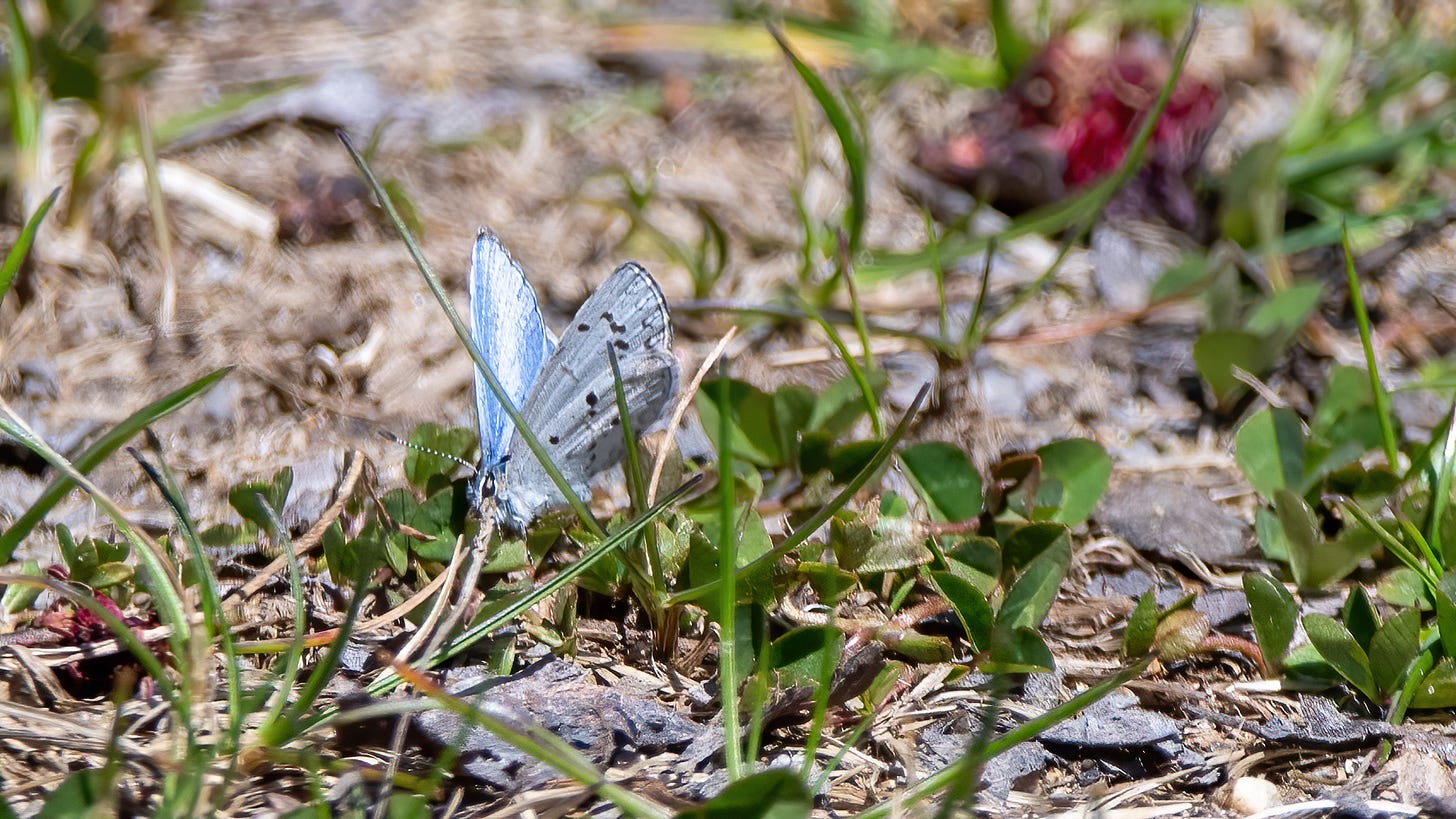
All things considered—the ranges of the Summer and Northern, my photos—I believe the butterfly on Monhegan was a Northern Azure.
I was hoping for a fern chapter but there wasn’t one, and the butterfly we saw was not included. The book makes a nice souvenir to mark the trip nonetheless.
Plus, all the flowers it featured gave me a goal: as many pictures of flowers as possible.
As with sea glass, Monhegan had no shortage. Flowers don’t fly away. Since it rained, I got to admire beads of water on the flower petals.
That said, I’m never not birding. Pheasants, gulls, eider, vocal warblers.
We saw some Atlantic Puffin (Fratercula arctica) far off the boat’s starboard side on the ride back to the mainland. Lifer. I got what I could for a photo on a low visibility day, and with my short lens, for documentation.
Conclusion
To put a nice punctuation mark on the trip how a Parula puts a punctuation mark on its song, we stopped at McLoon’s Lobster Shack in South Thomaston.
I’d had a longstanding belief that a particular restaurant’s lobster roll was best. I never got them anywhere else.
Having had lobster rolls from Chauncey Creek and McLoon’s—the latter being the best in New England, per the magazine of that name—I realize I’d been missing out.
Life and the world have so much to offer. Don’t limit yourself. Sometimes that requires putting your typical concerns in the backseat and doing other things.
I love to bird. Monhegan is a birdy island, but I didn’t—didn’t carry binoculars, didn’t bring my 180-600 mm lens.
I birded by ear because I have a hard time turning that part of my brain off—Yellow Warbler (Setophaga petechia), Song Sparrow (Melospiza melodia), Carolina Wren (Thryothorus ludovicianus), Northern Parula (Setophaga americana)—and still saw two lifers: Ring-necked Pheasant (Phasianus colchicus) and Atlantic Puffin (Fratercula arctica).
I don’t regret my decision not to bird. That’s not what the trip was about. I got nice shots of a beautiful landscape, found some great sea glass, and got to know a place I plan to return to.
Life is short. Try new and different things. Maybe that means don’t do something on a trip where you’d otherwise do nothing but that thing, or try lobster rolls from new places.
Recent posts have been meaningful, but not about birds. Tommy’s whaler, reflecting on my life, Monhegan. I’m not an ornithologist. There is more to my life than birds, I write about more than birds.
But now we’ll get back to birds—probably what you subscribed for.
I’ve also seen it listed as Opheodrys vernalis, but the guide says Liochlorophis.
Also known as Papilio canadensis, but the guide says Pterourus.


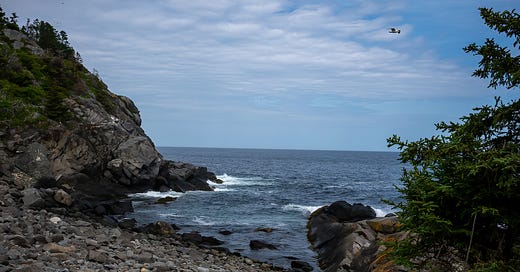



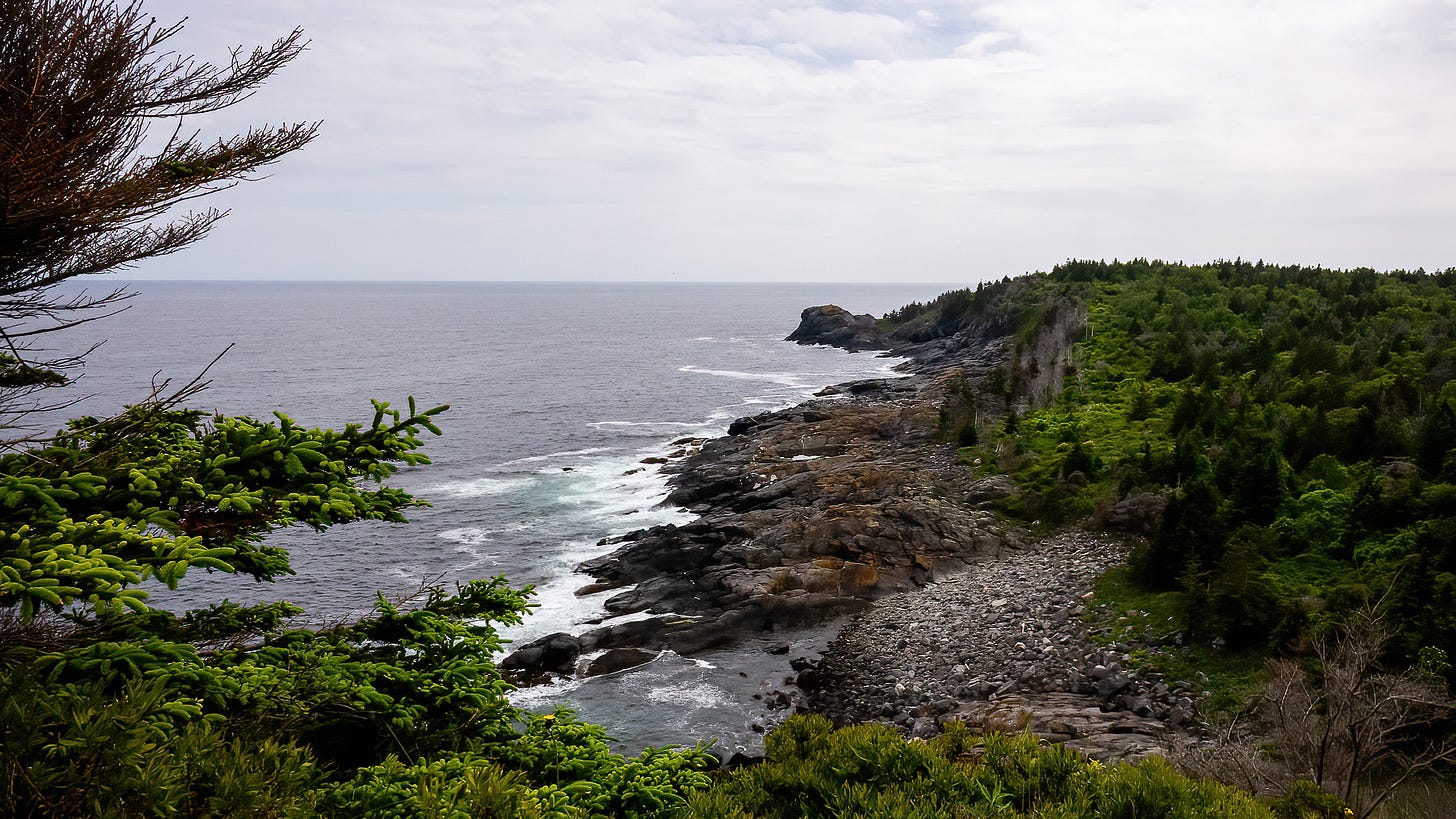
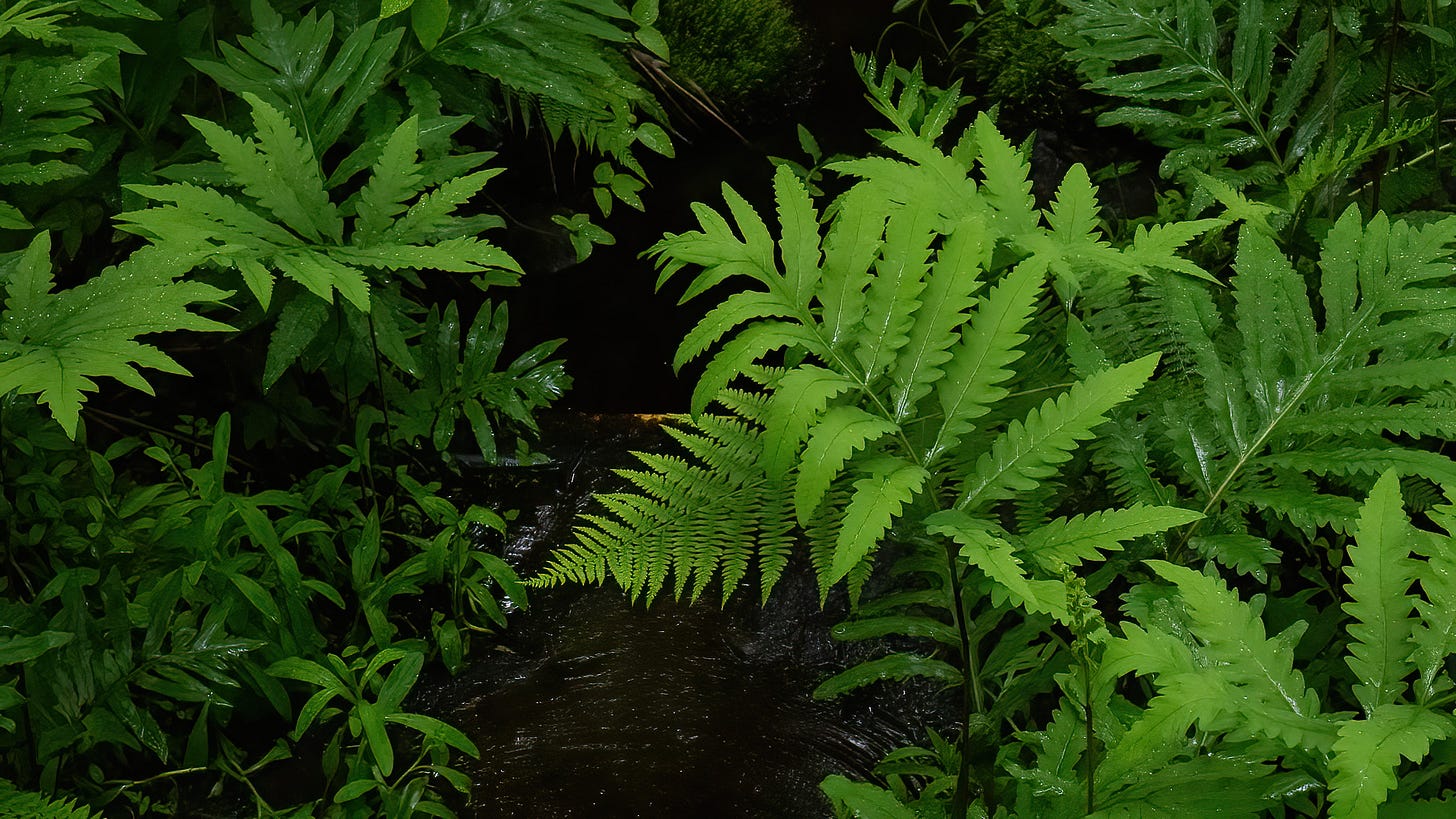
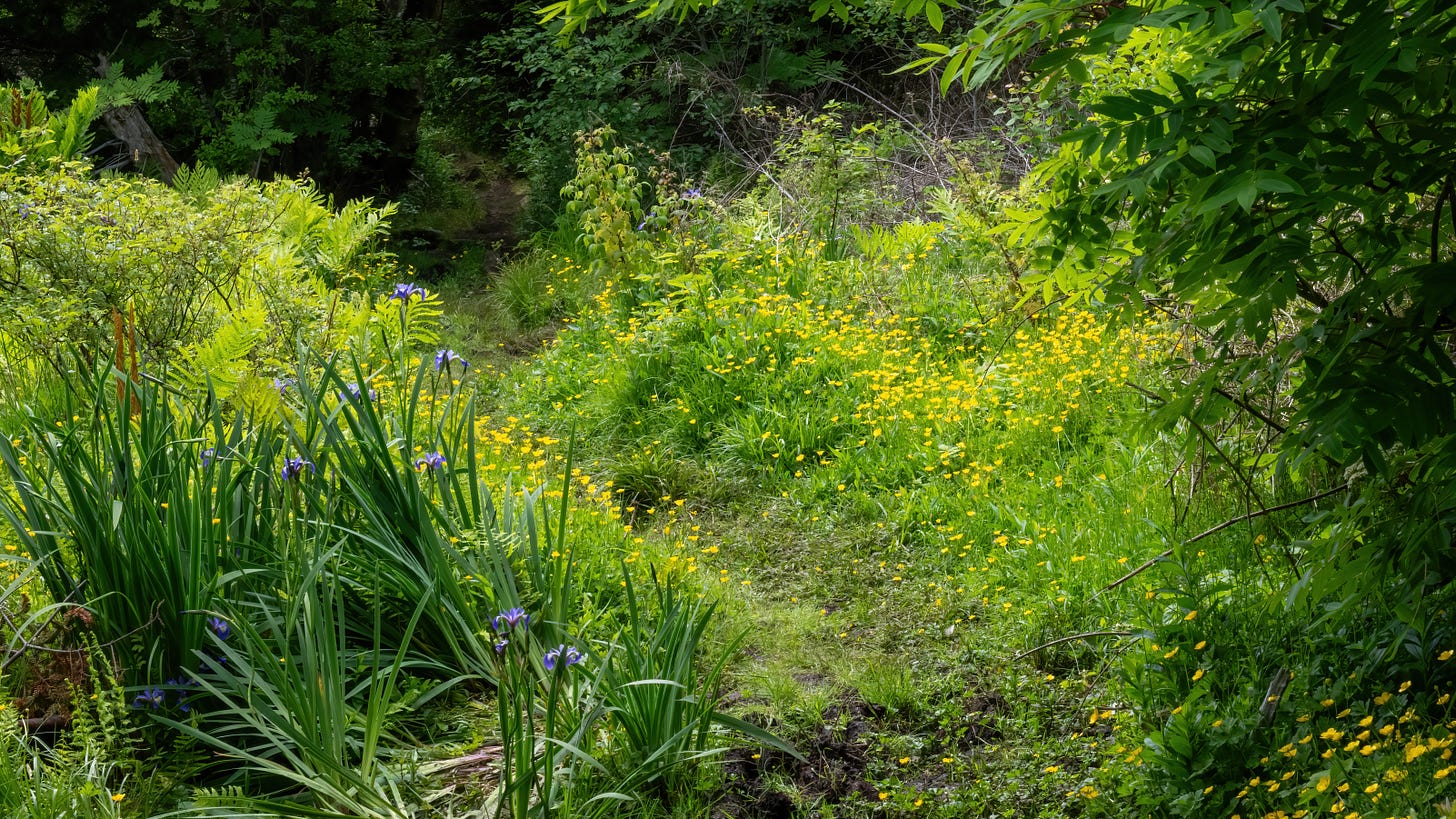
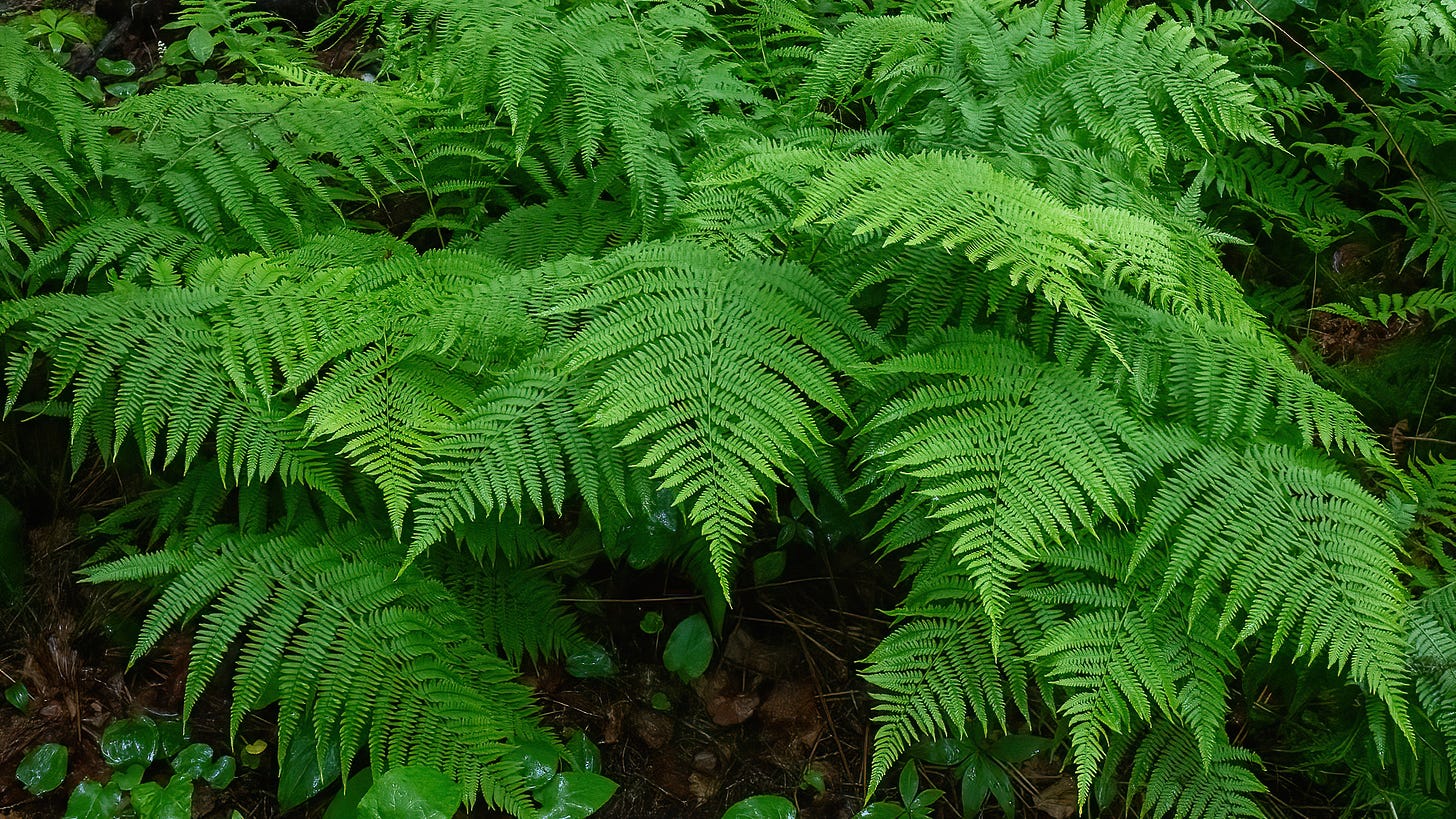
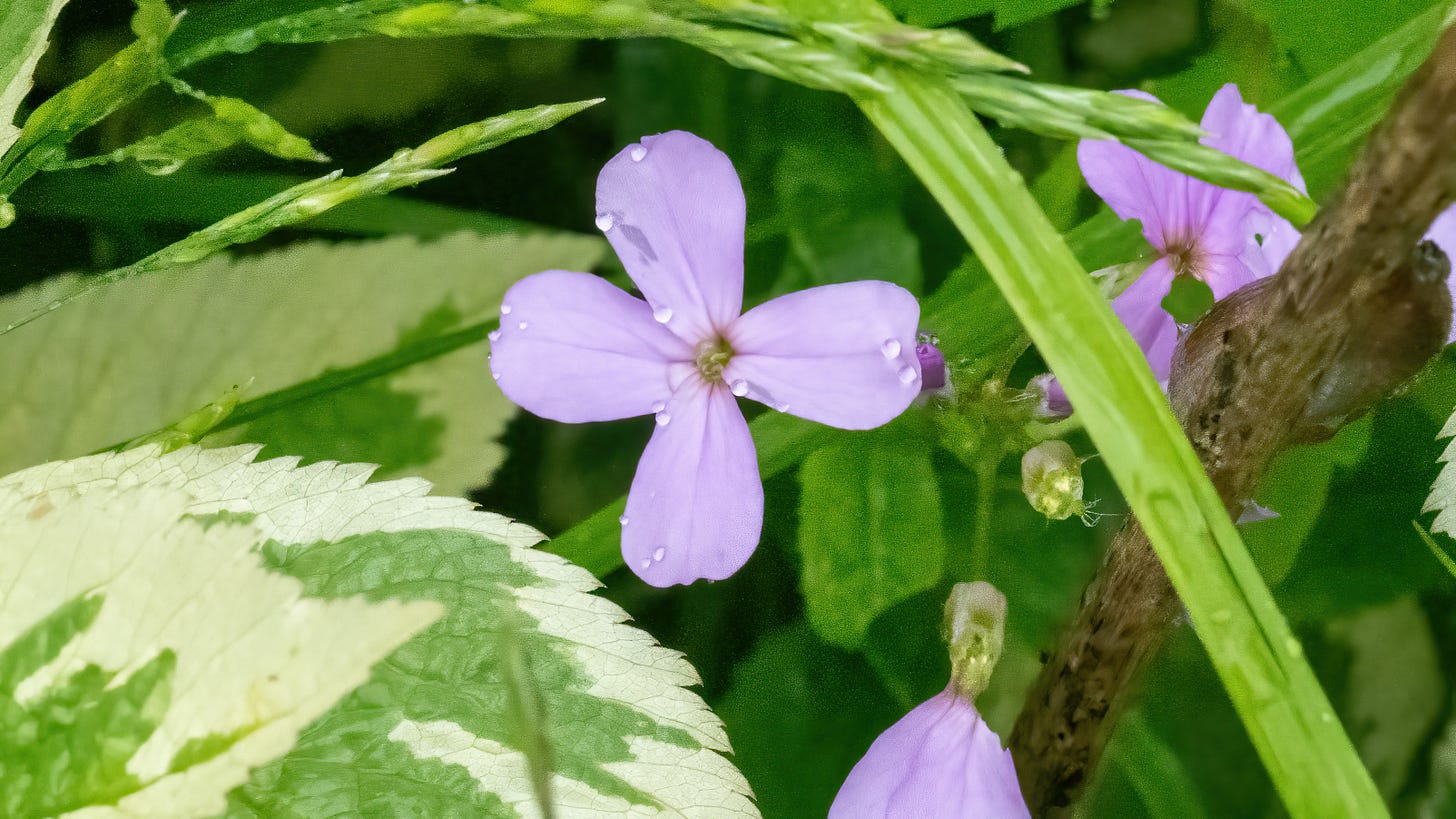

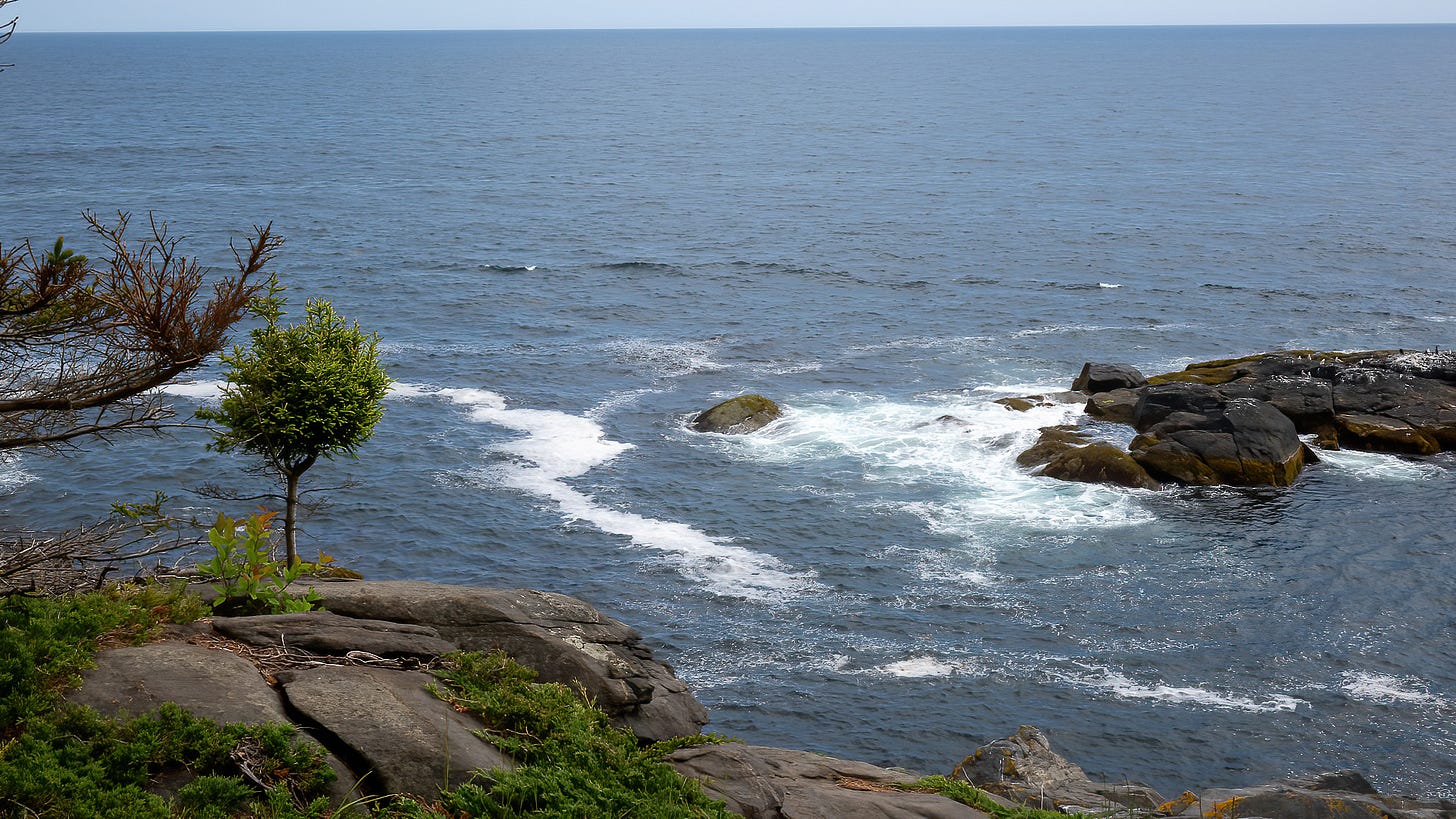
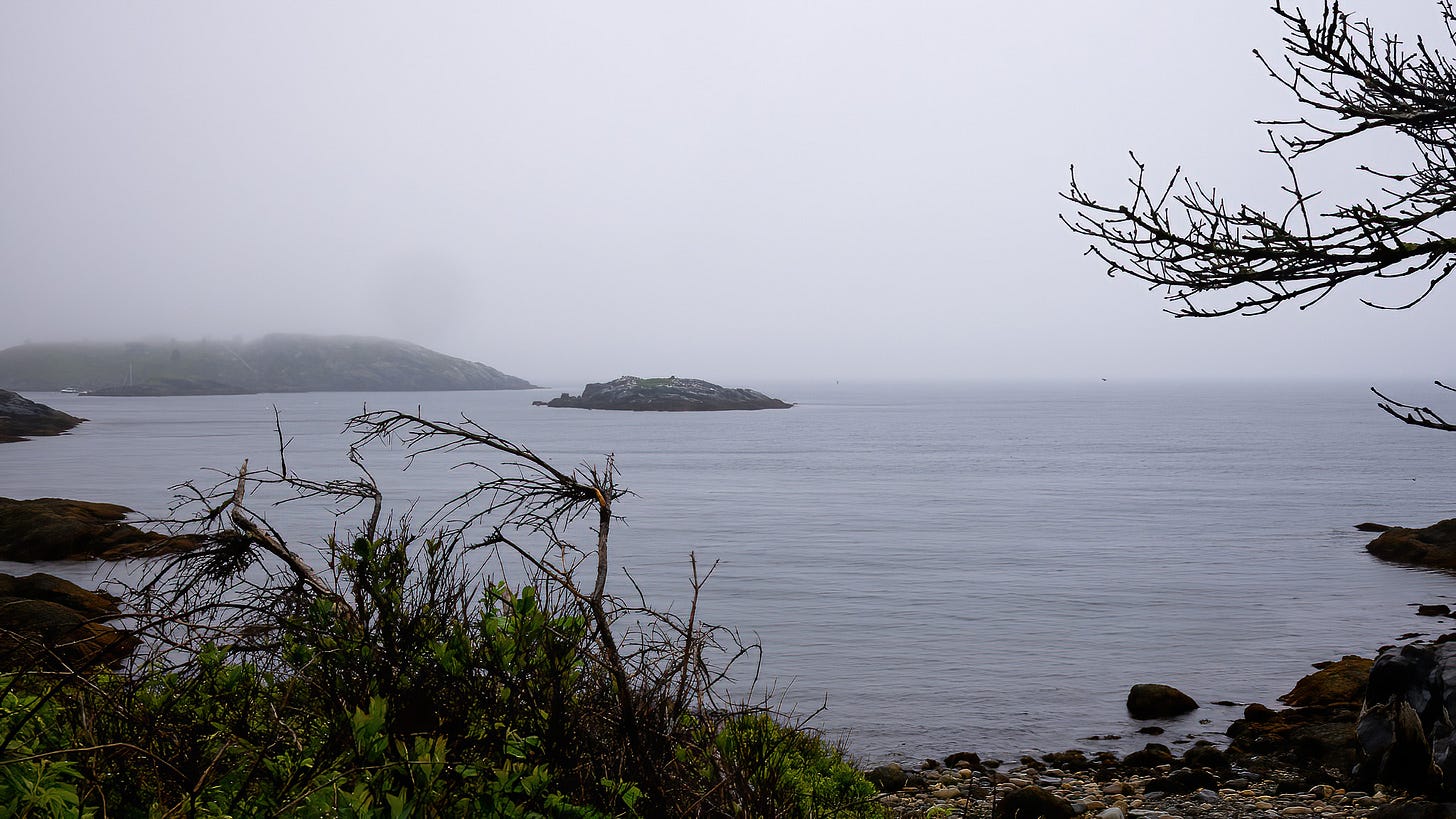
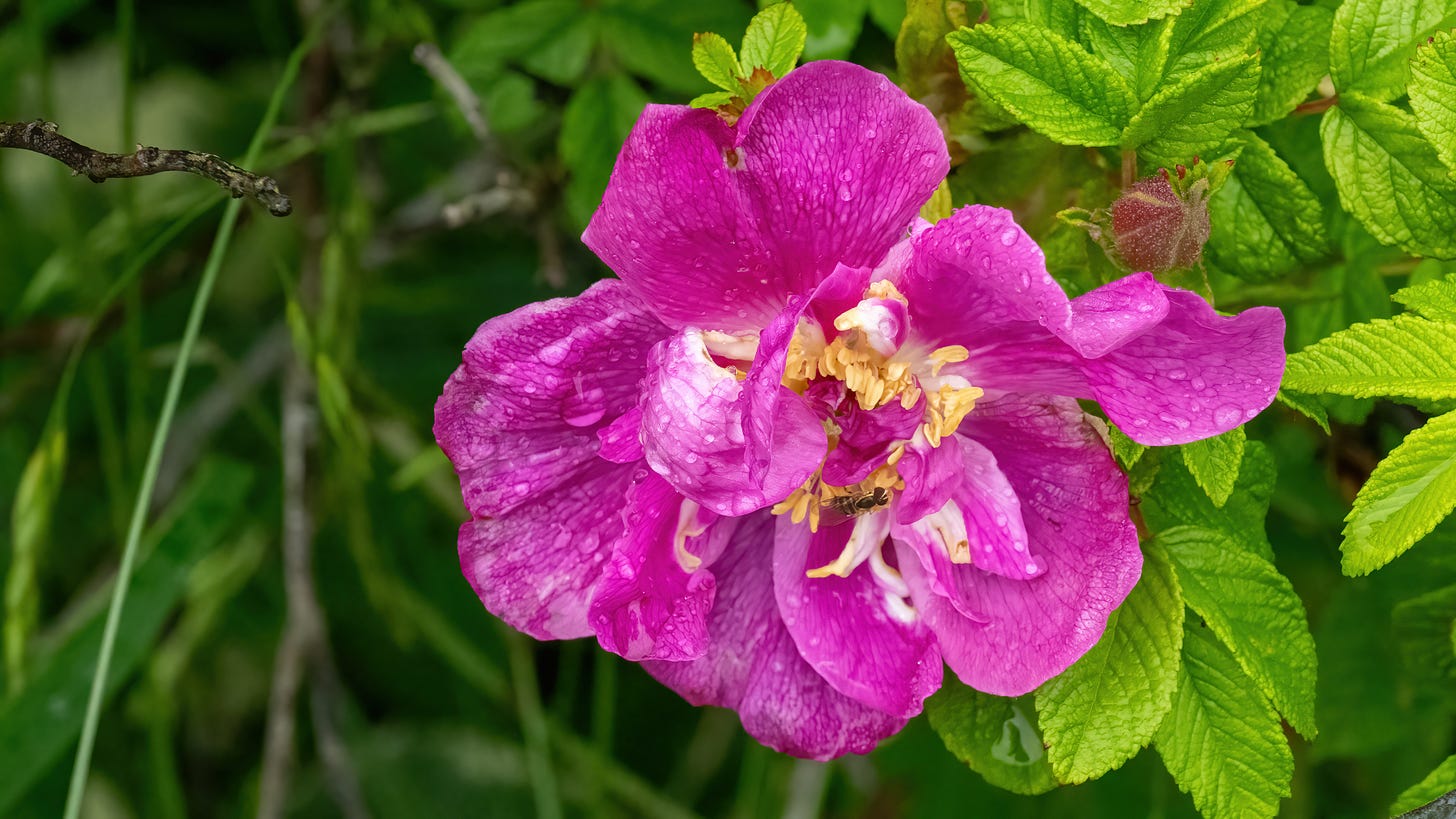
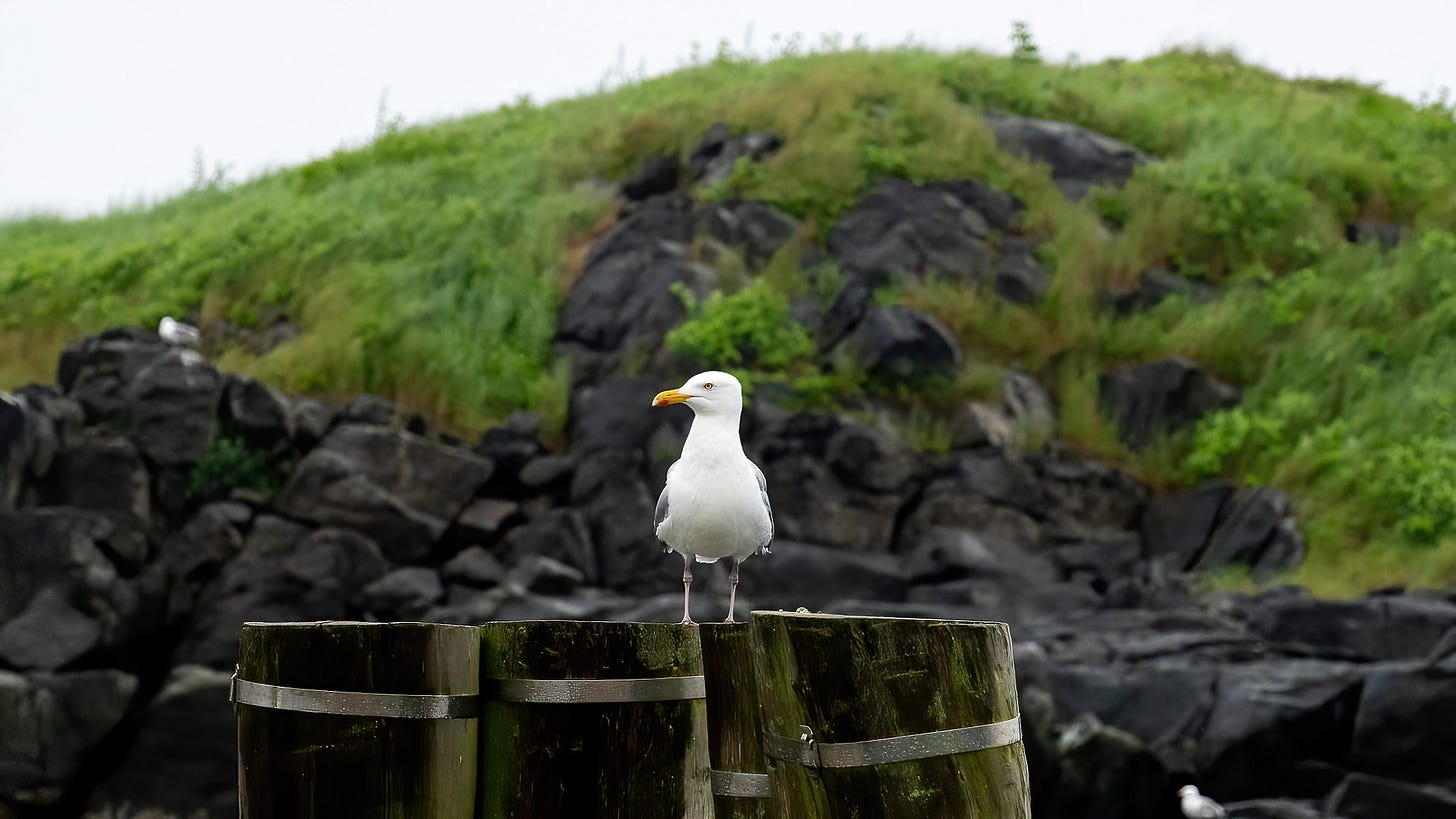
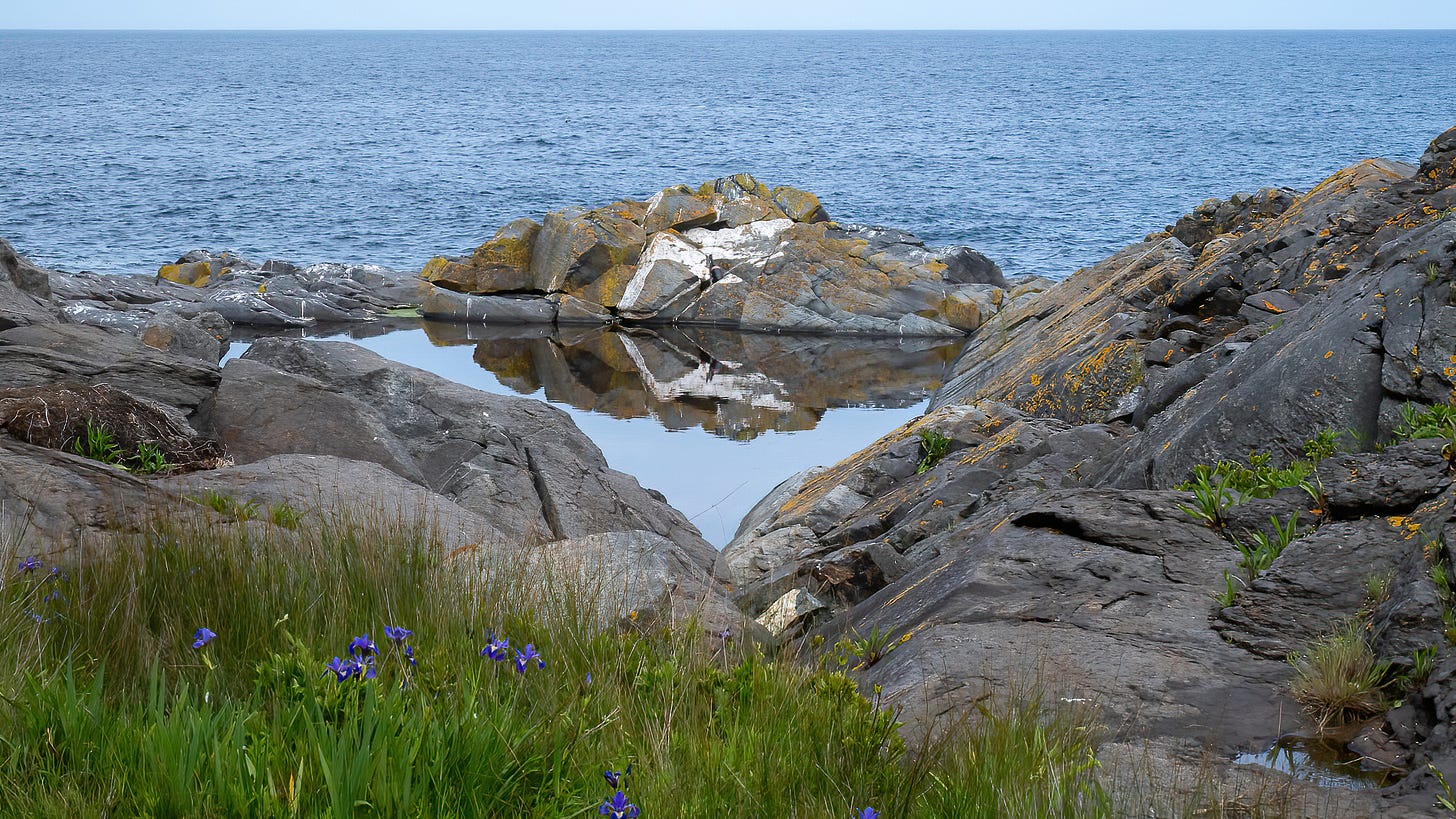
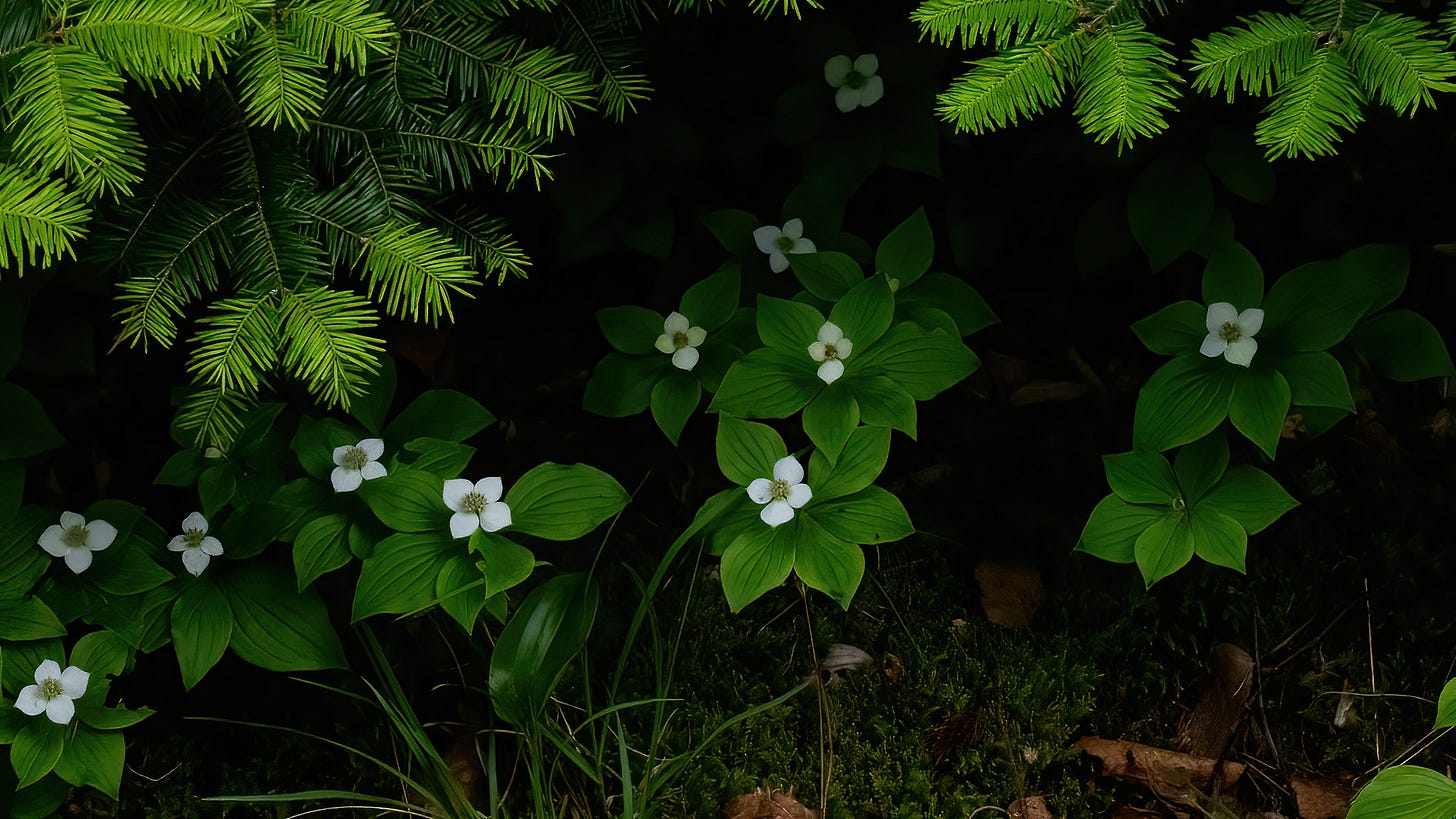
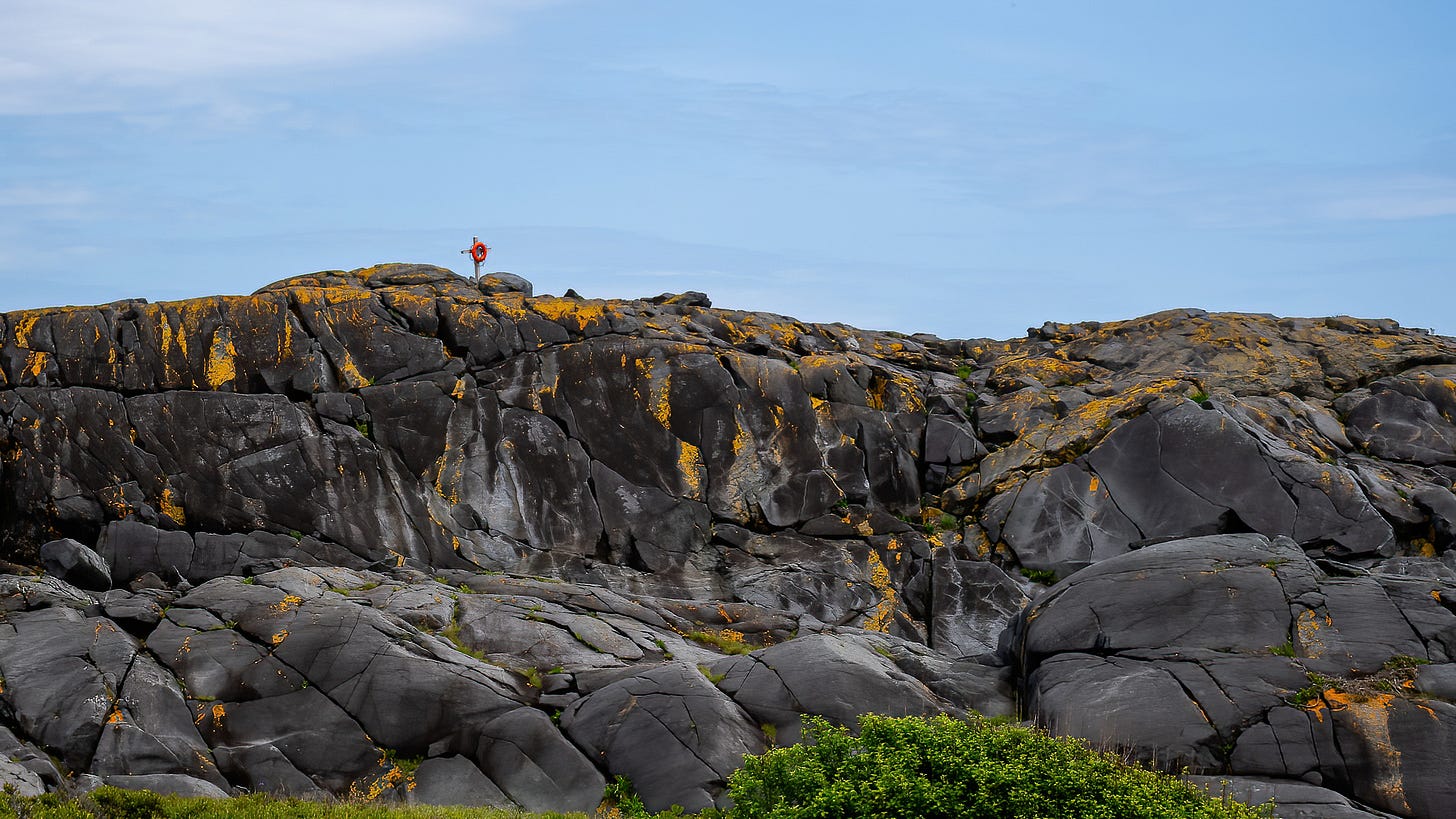
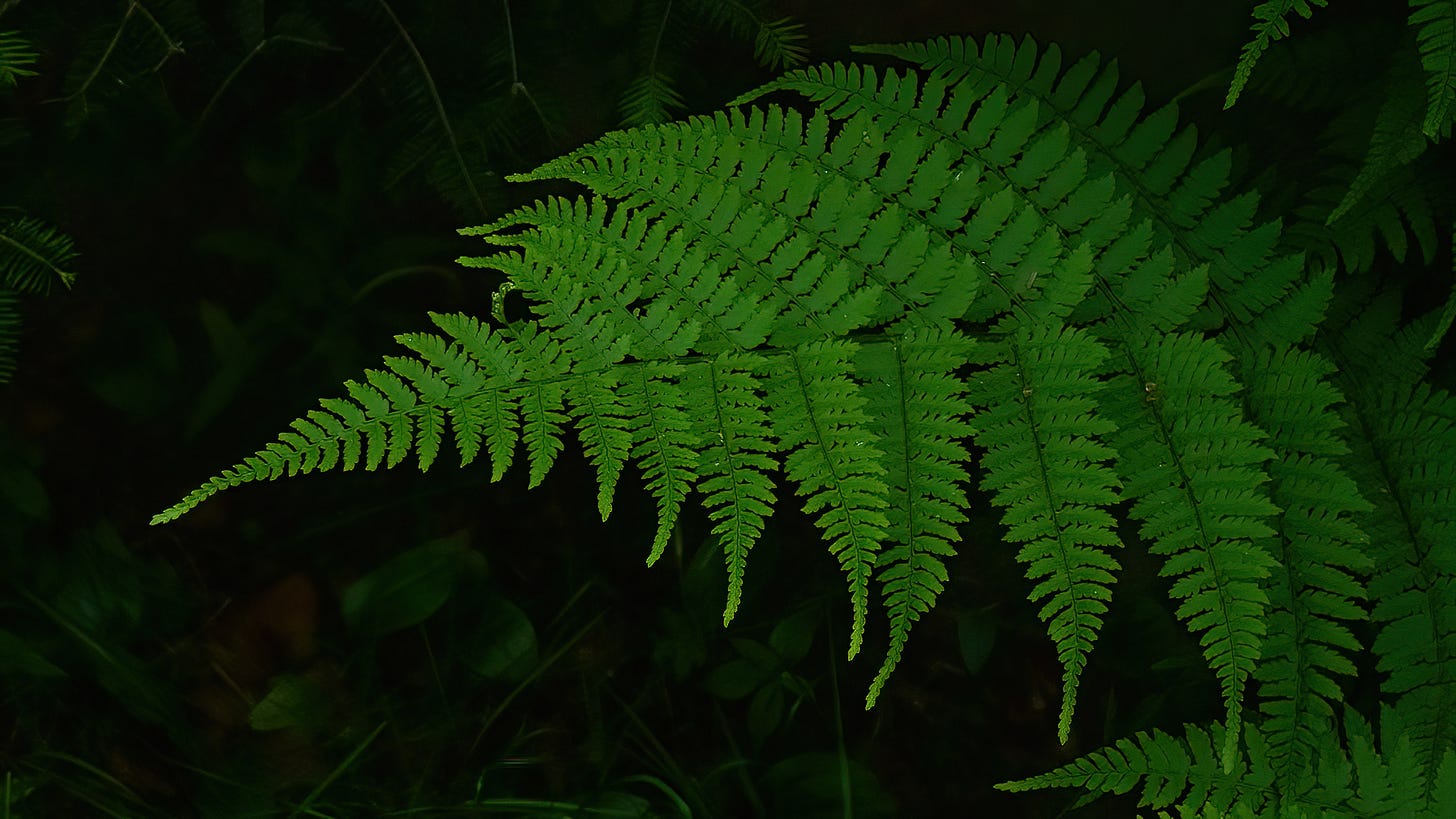
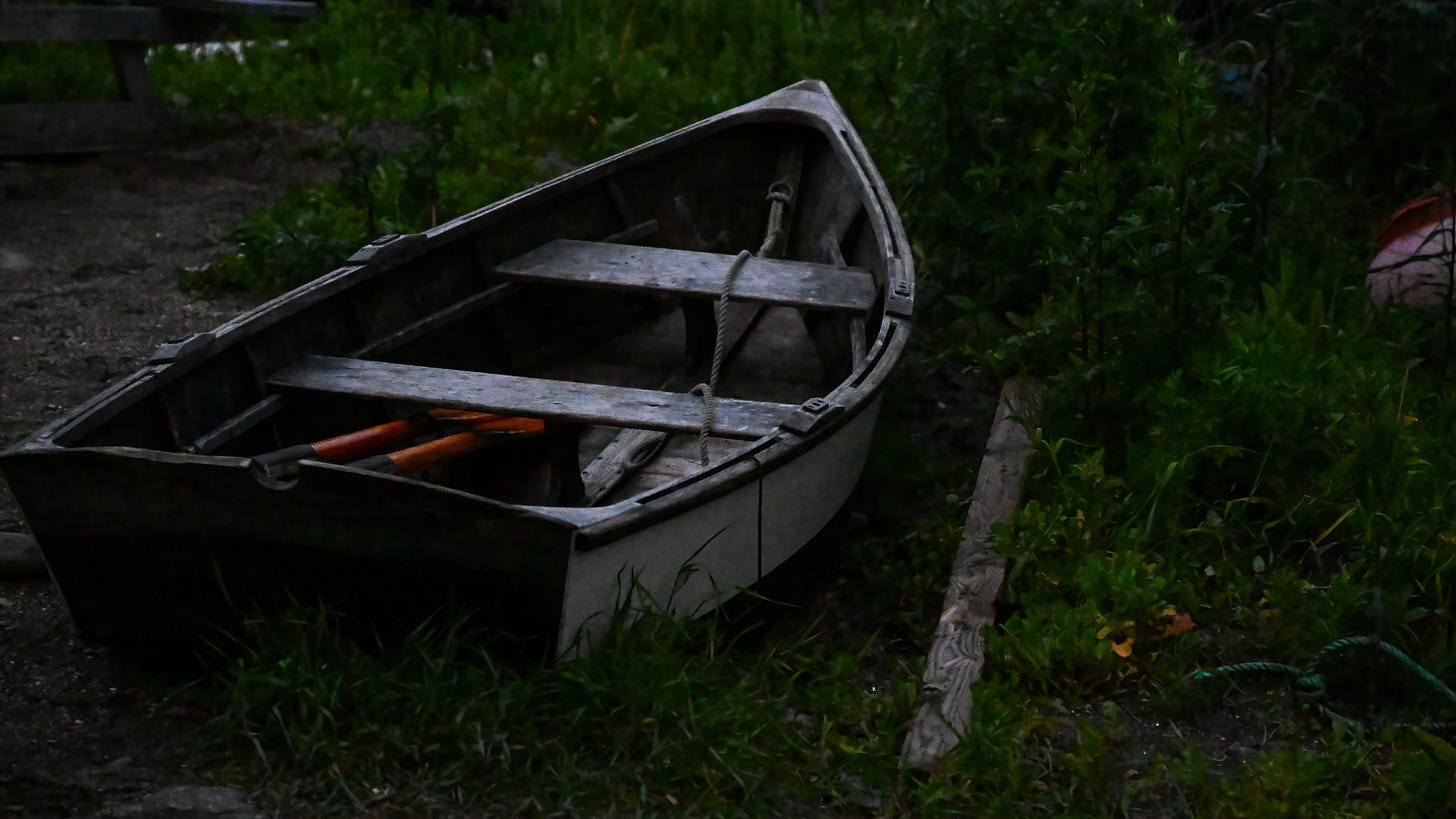
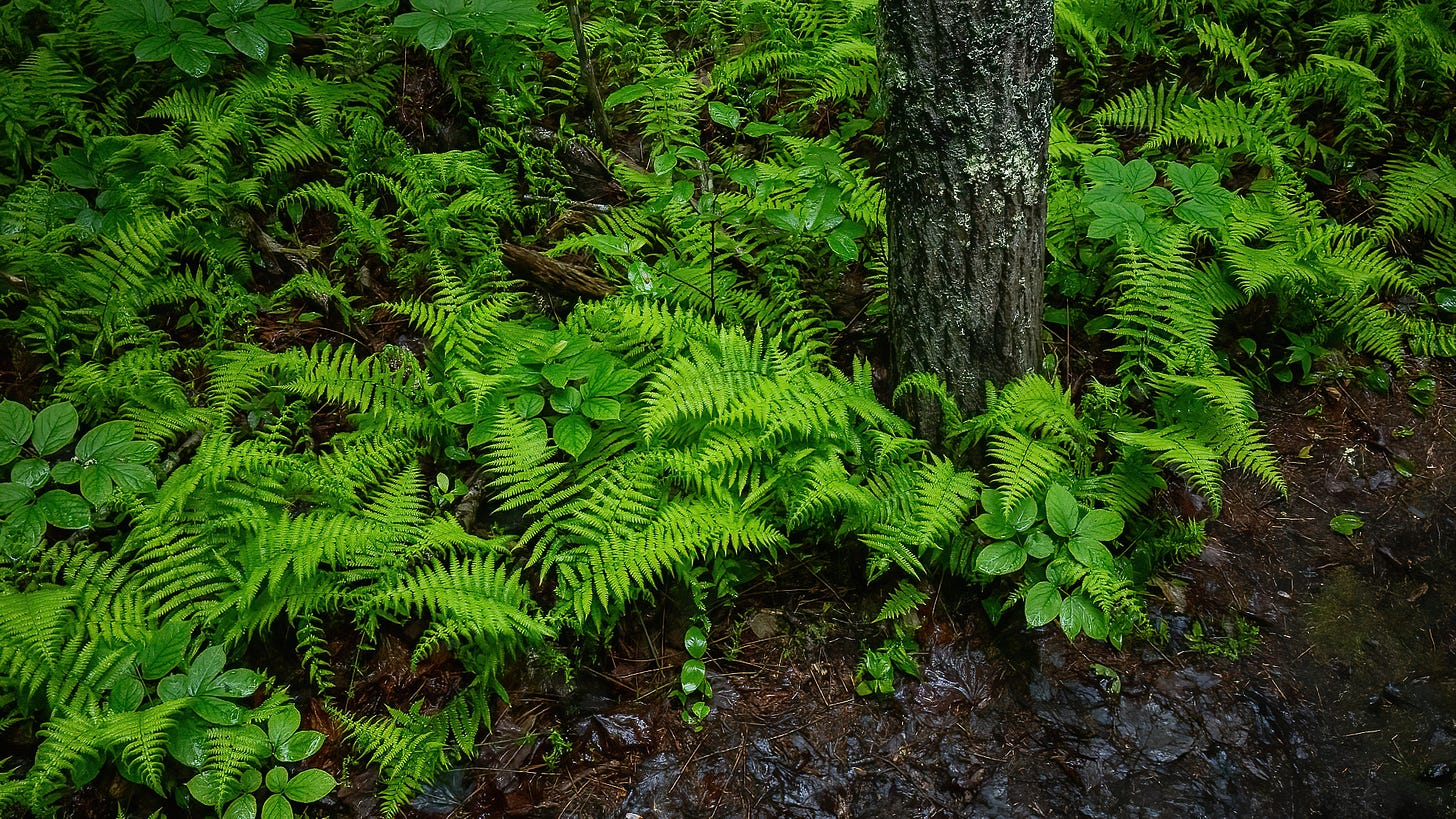
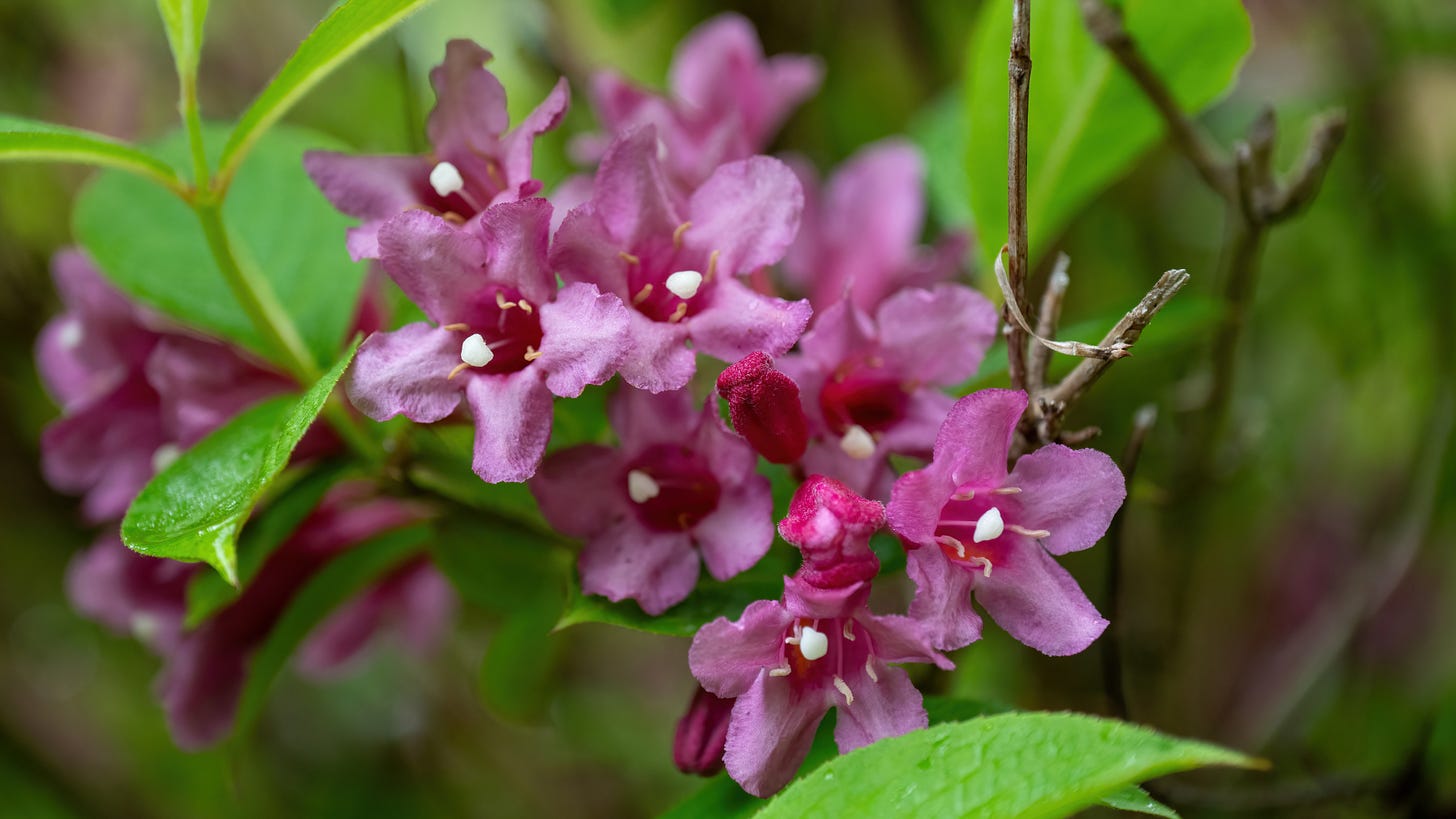
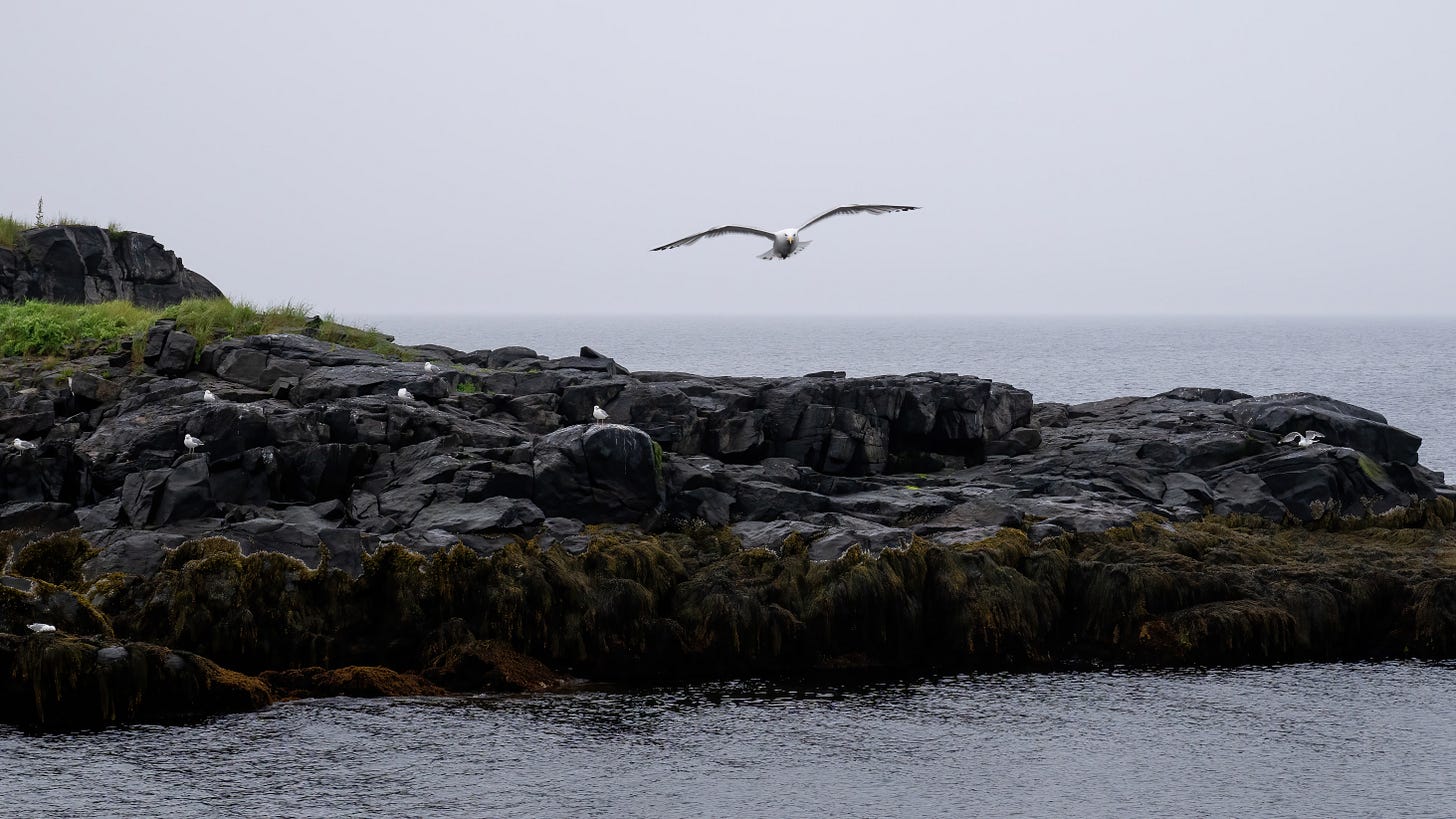
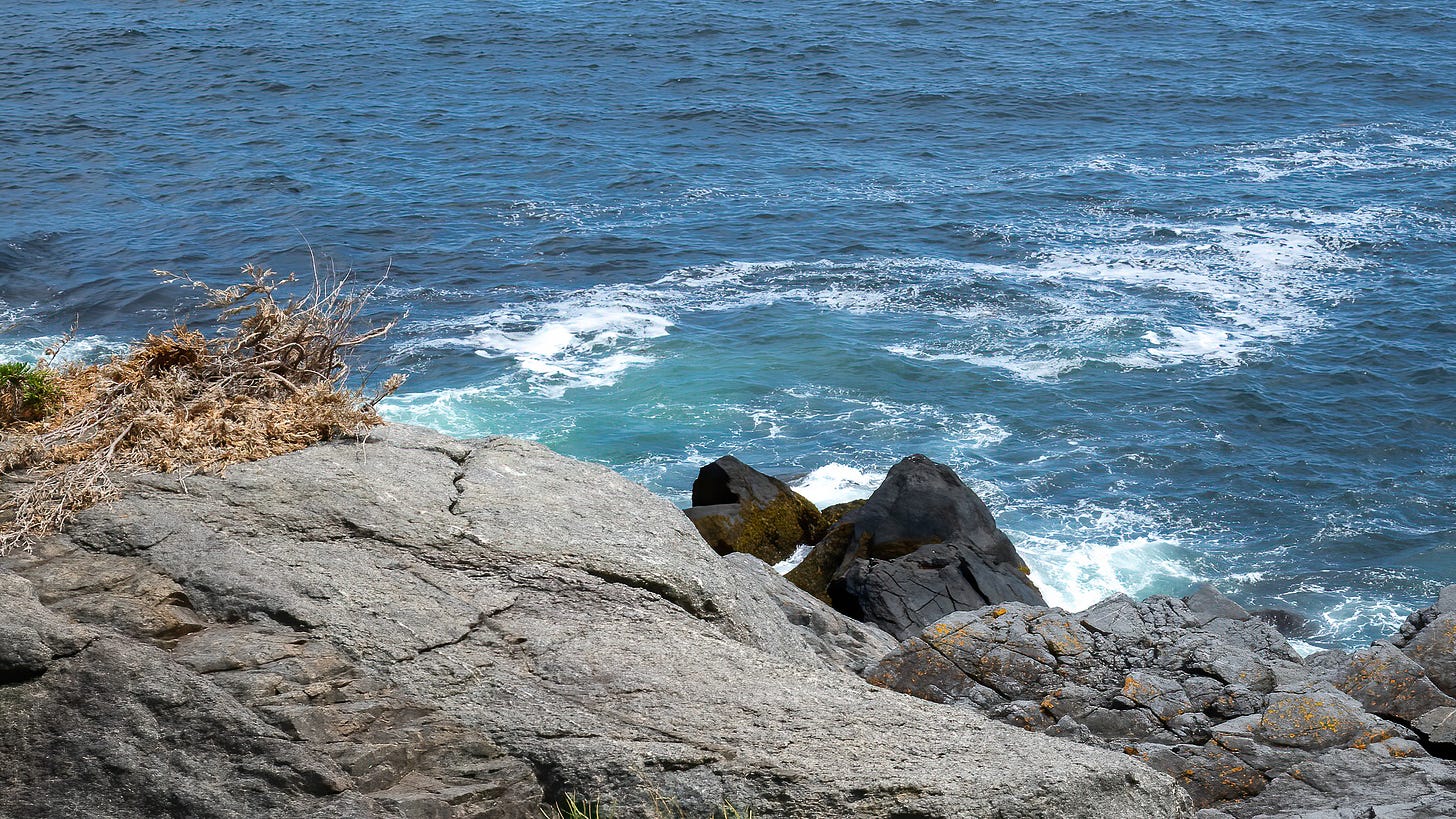
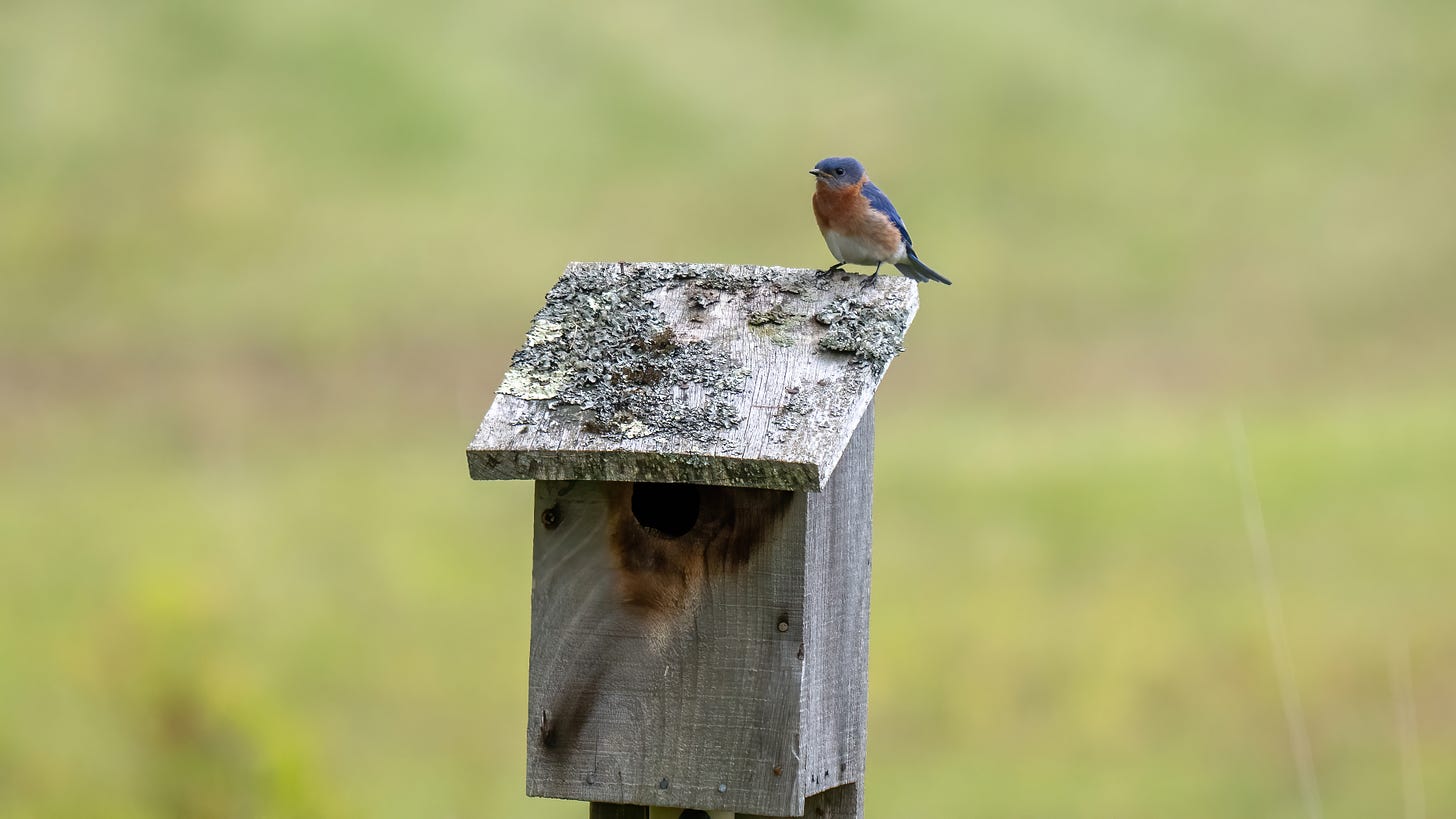
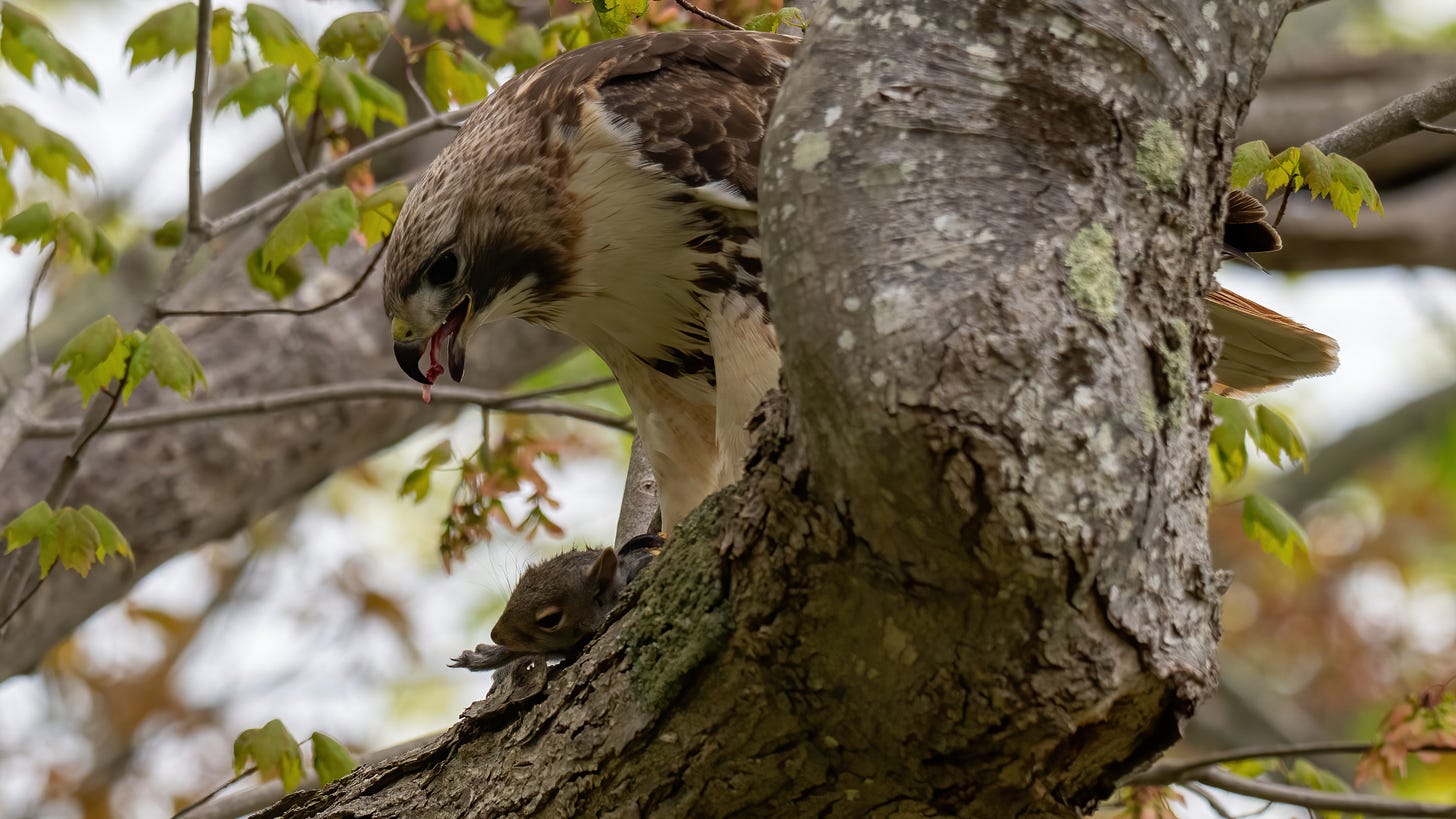
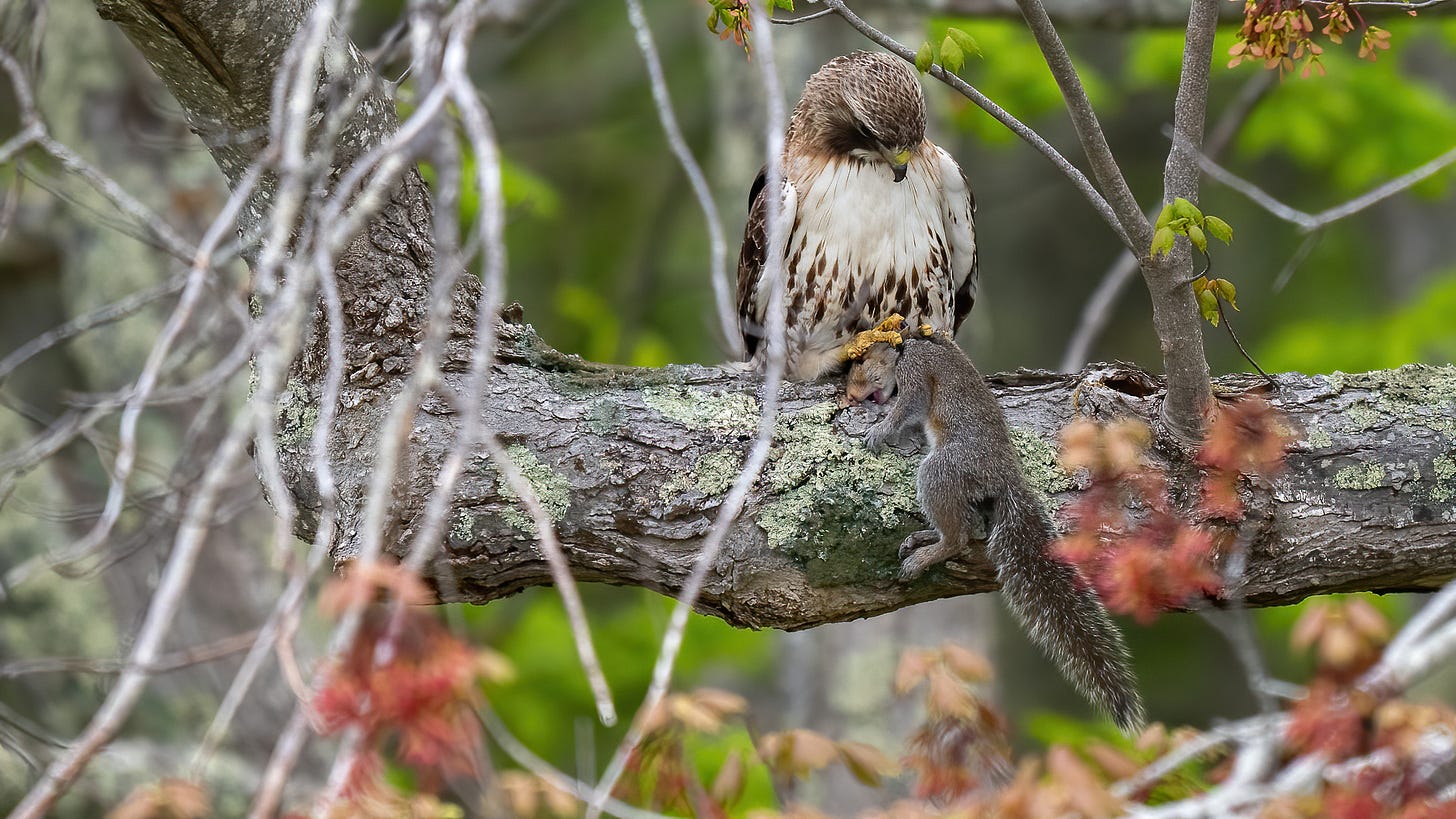
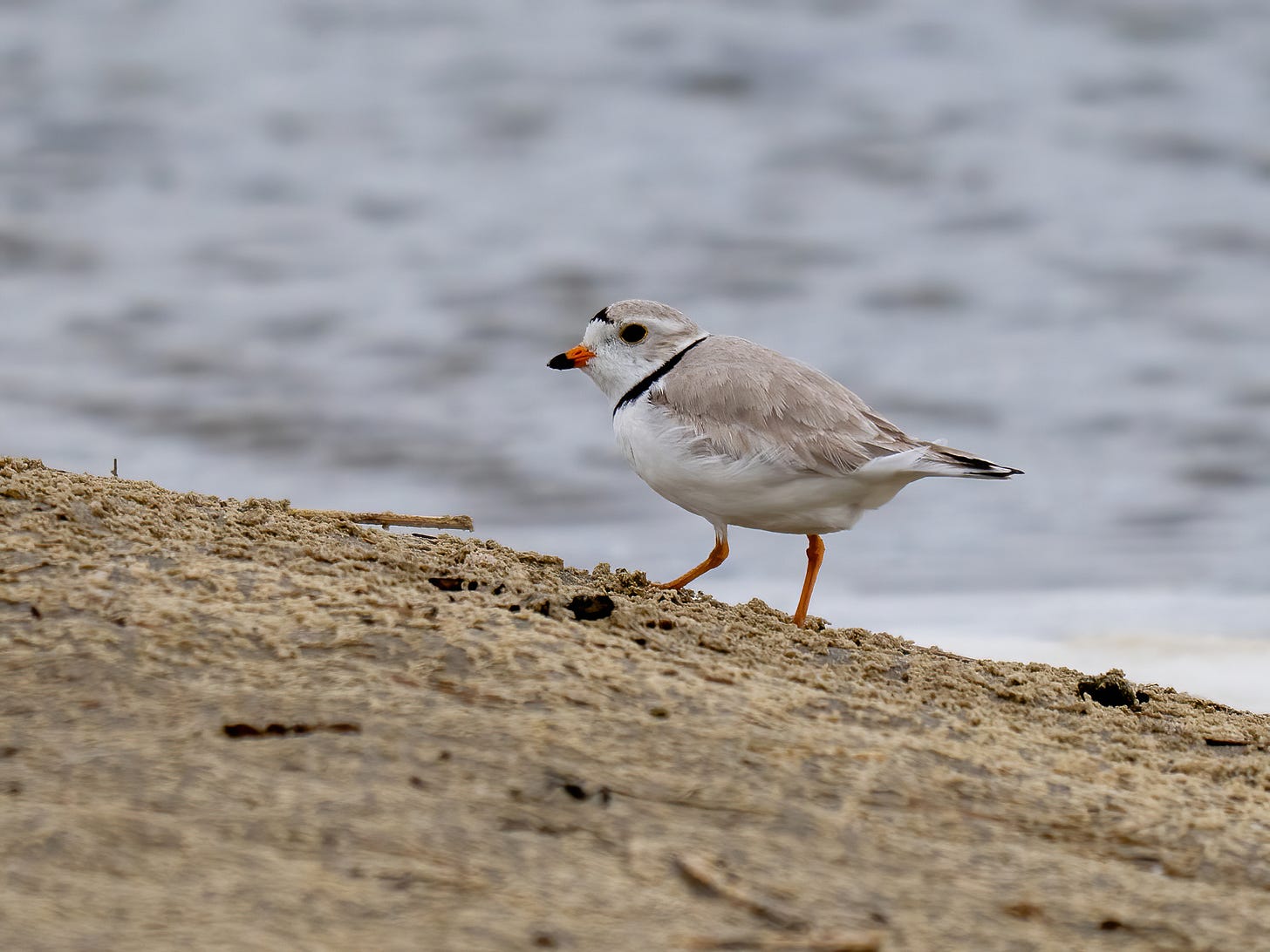
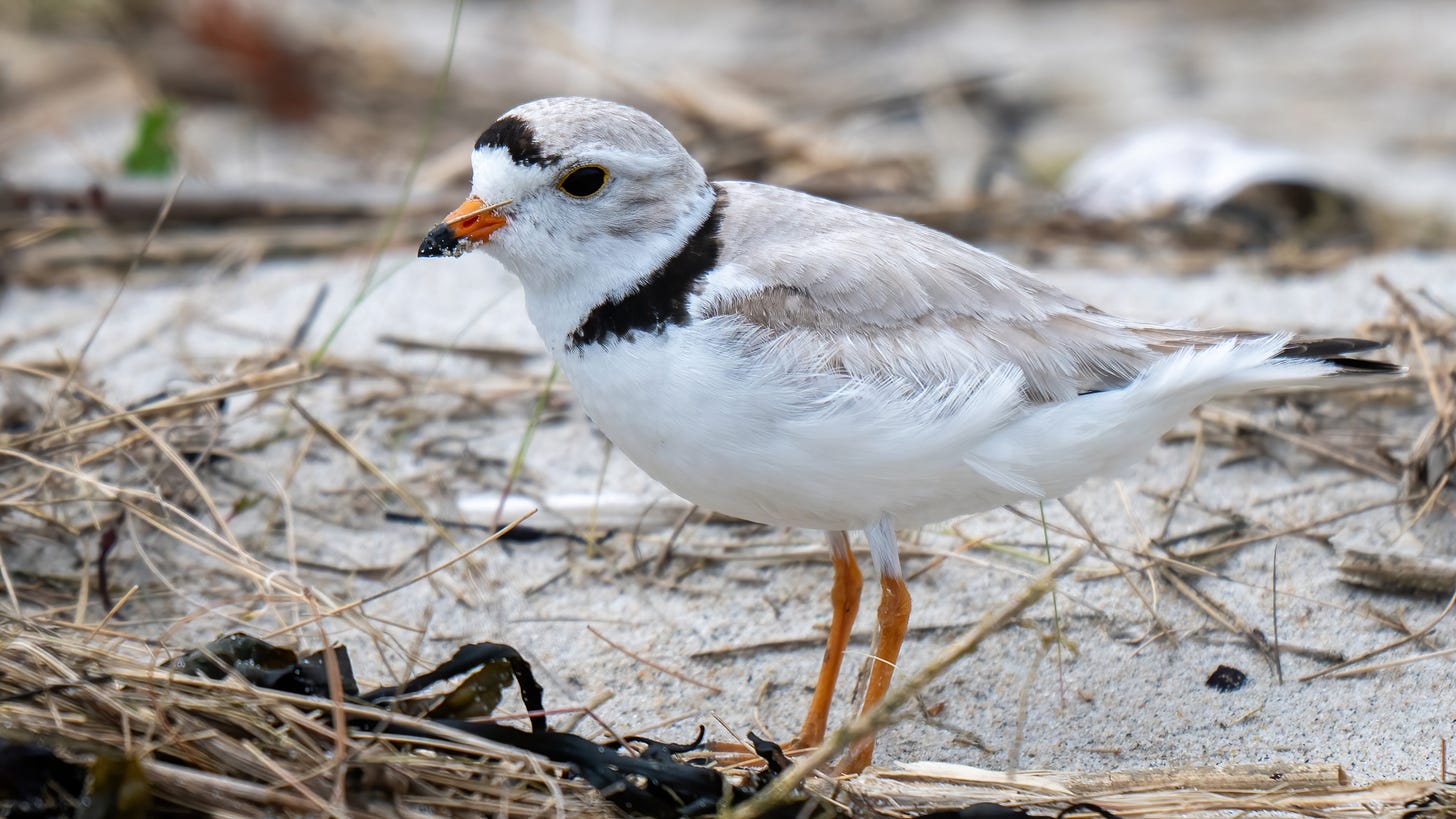
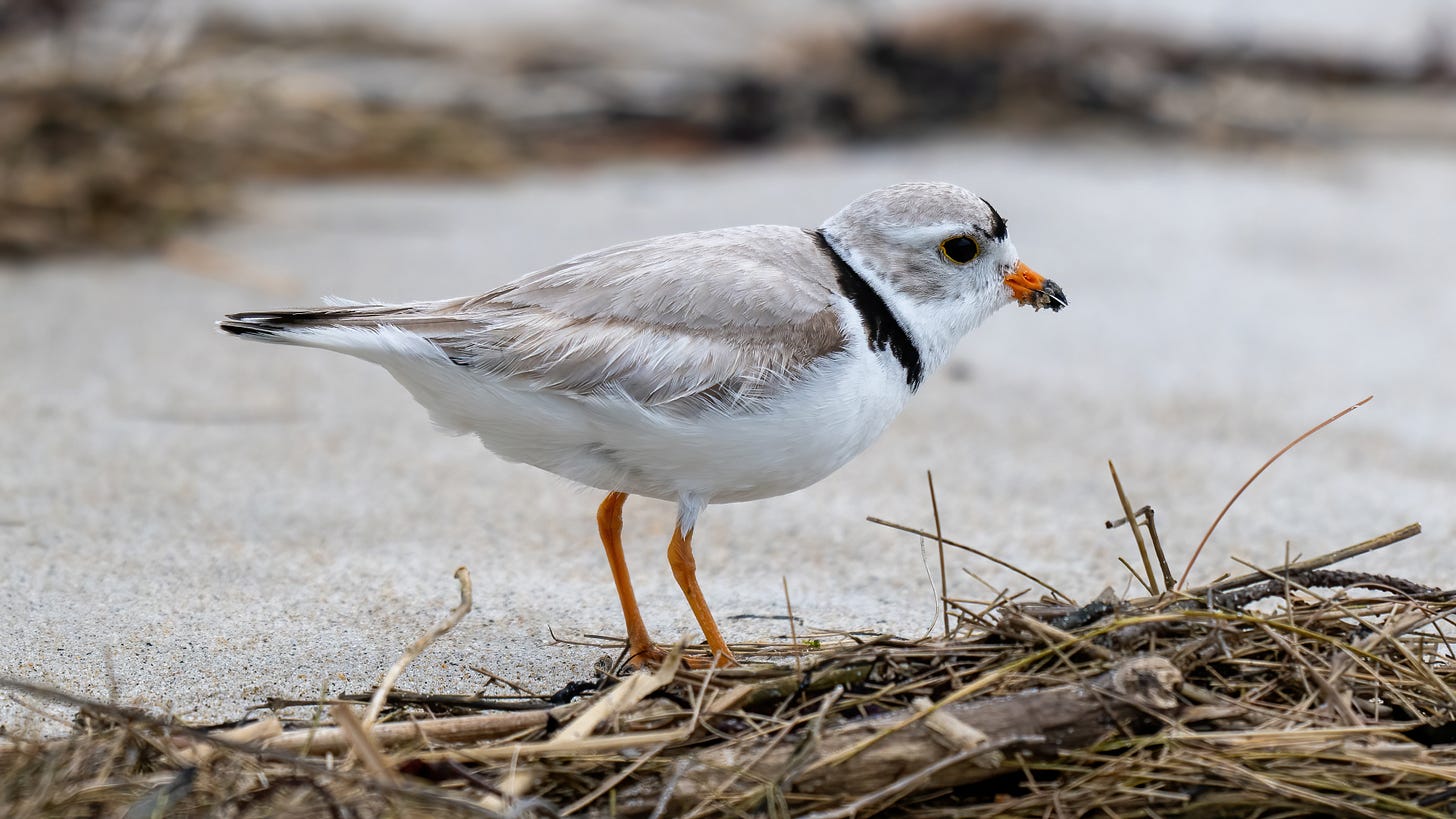
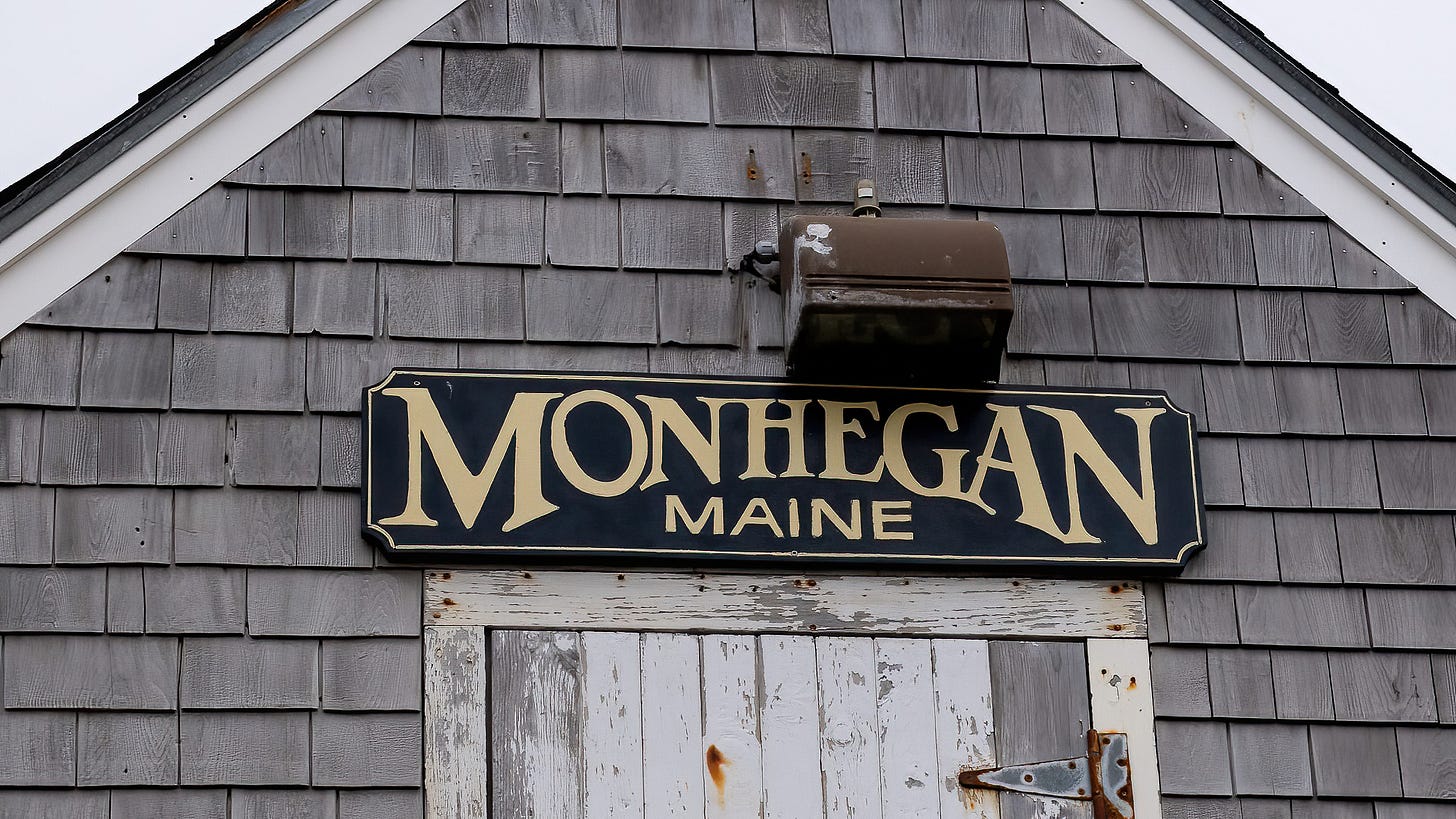
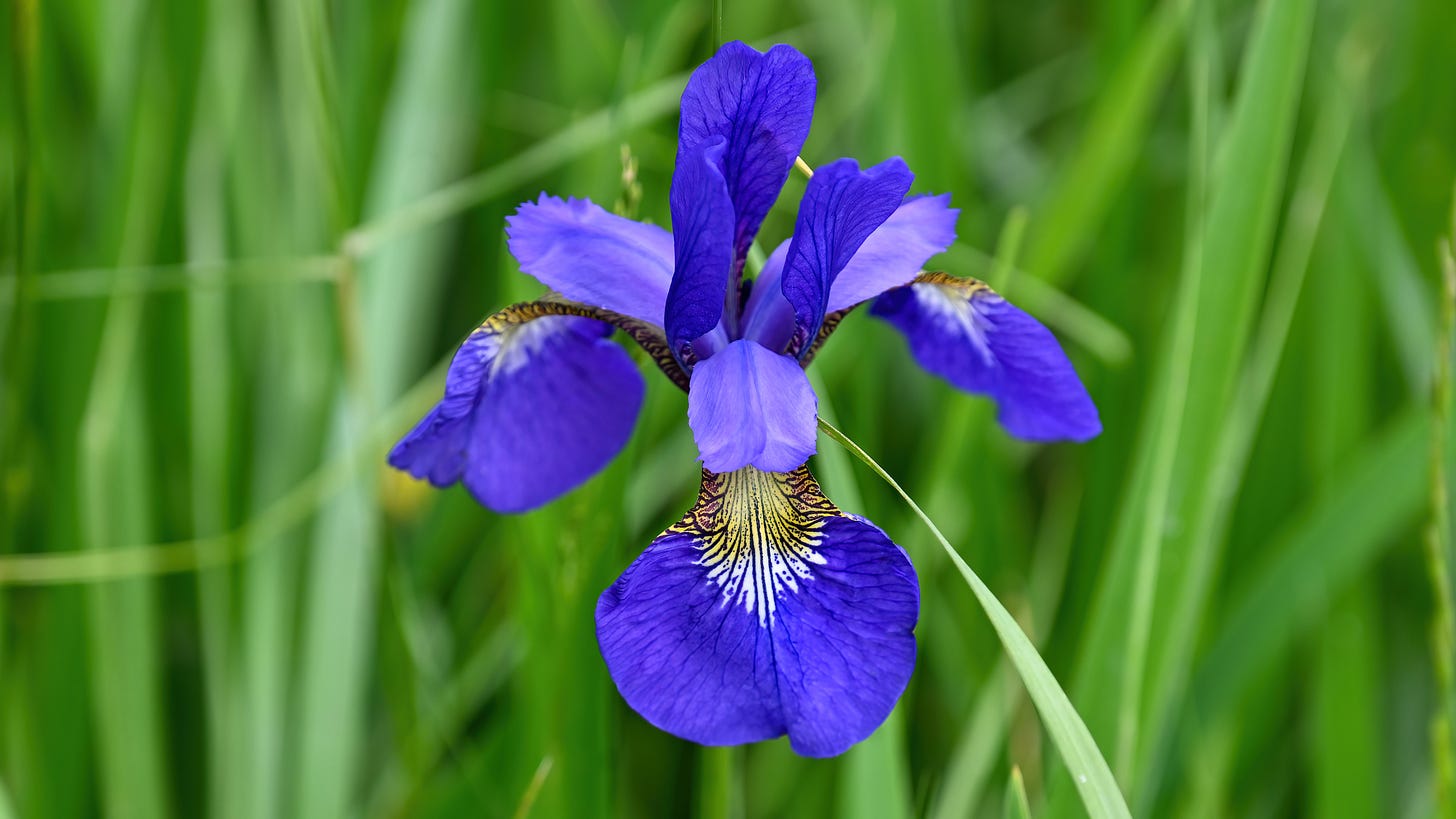
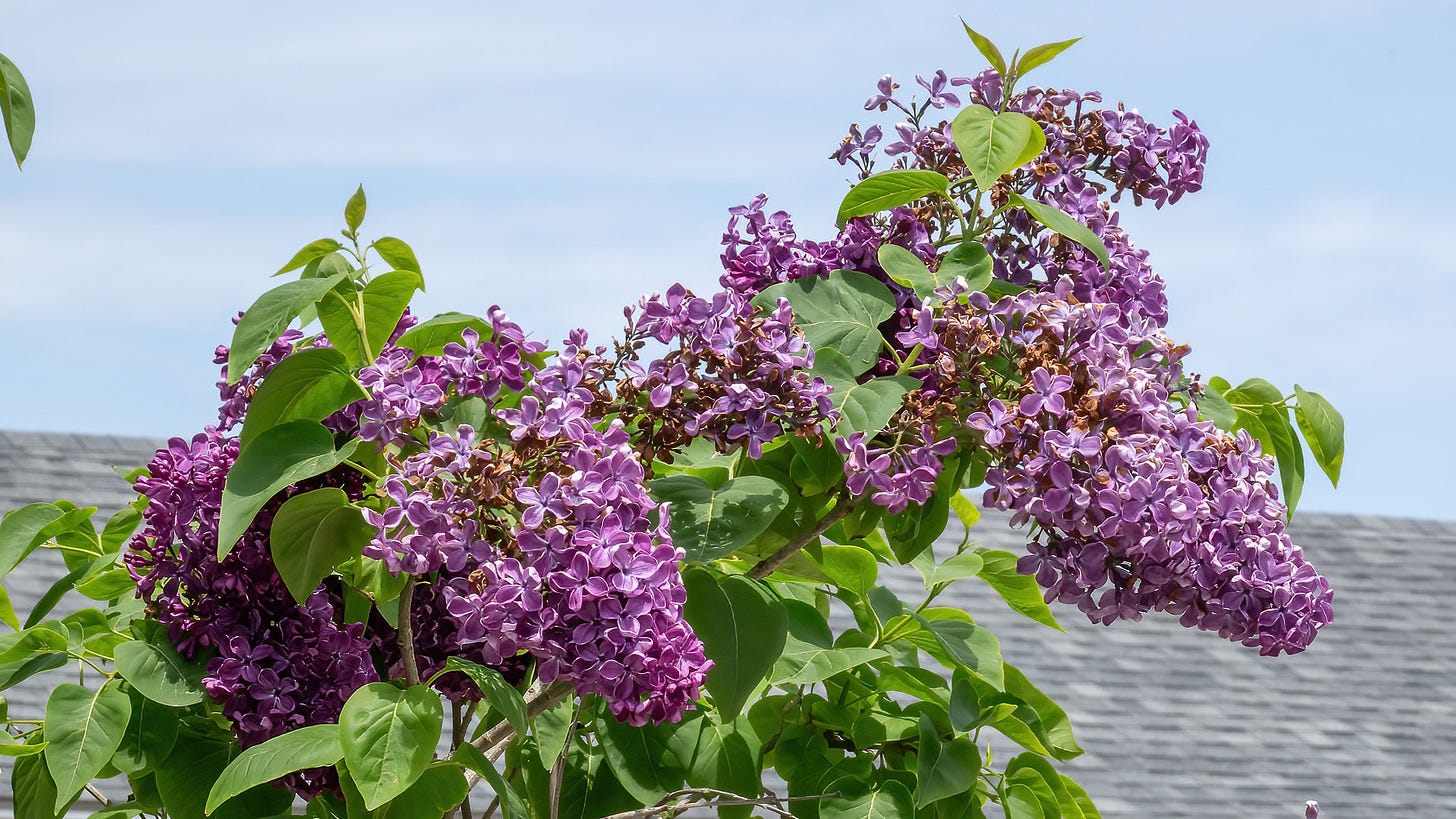
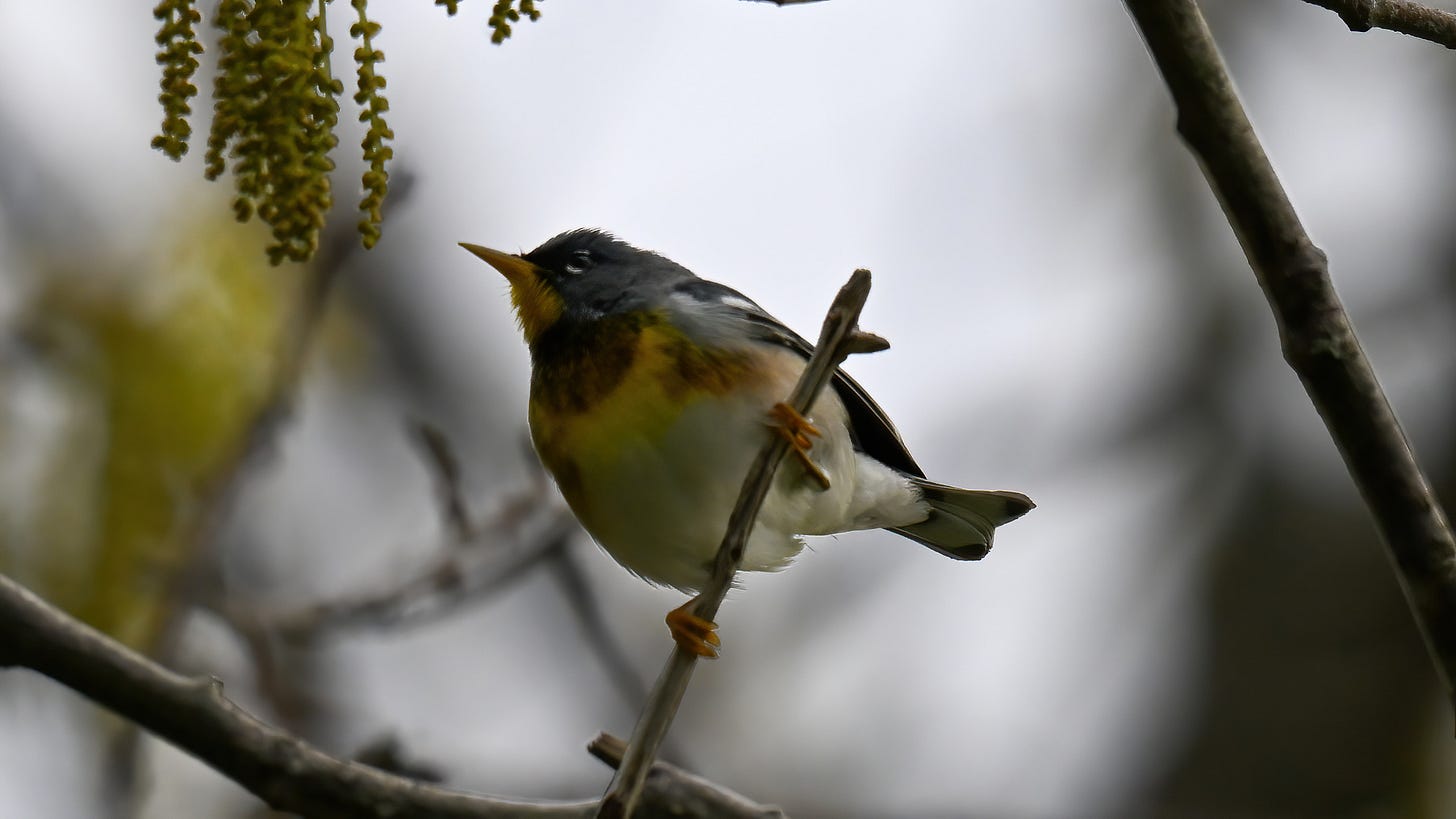
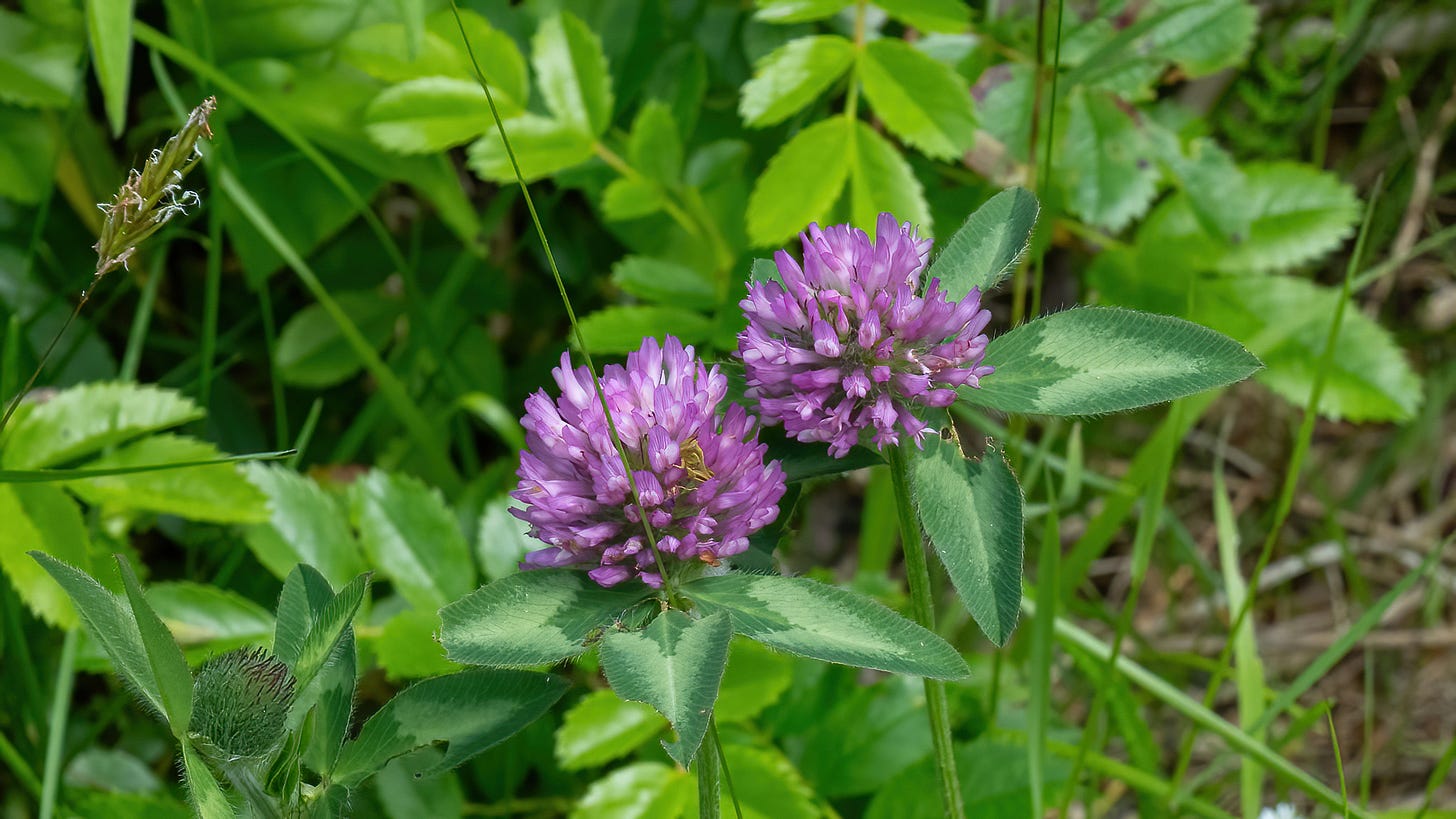
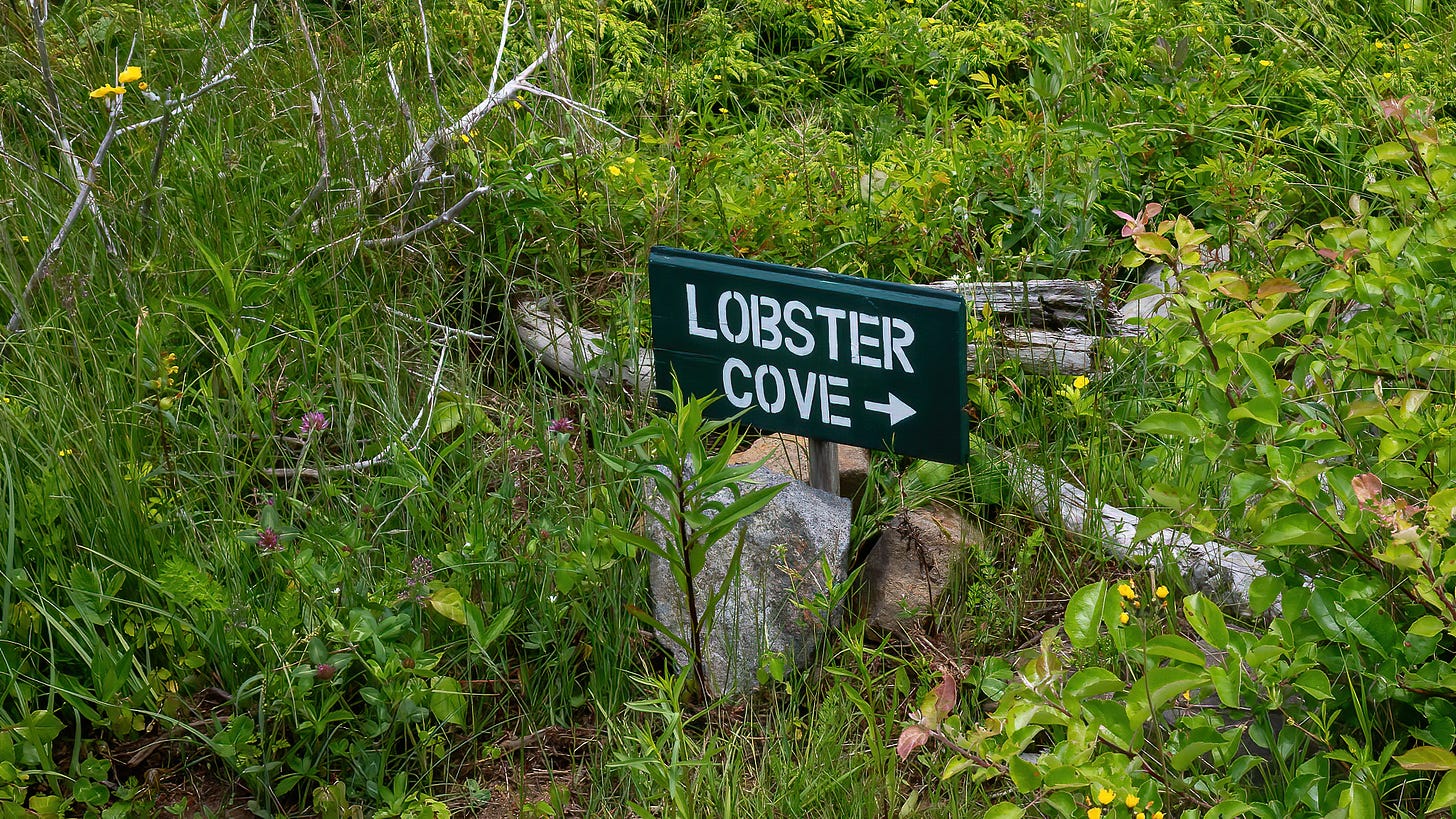
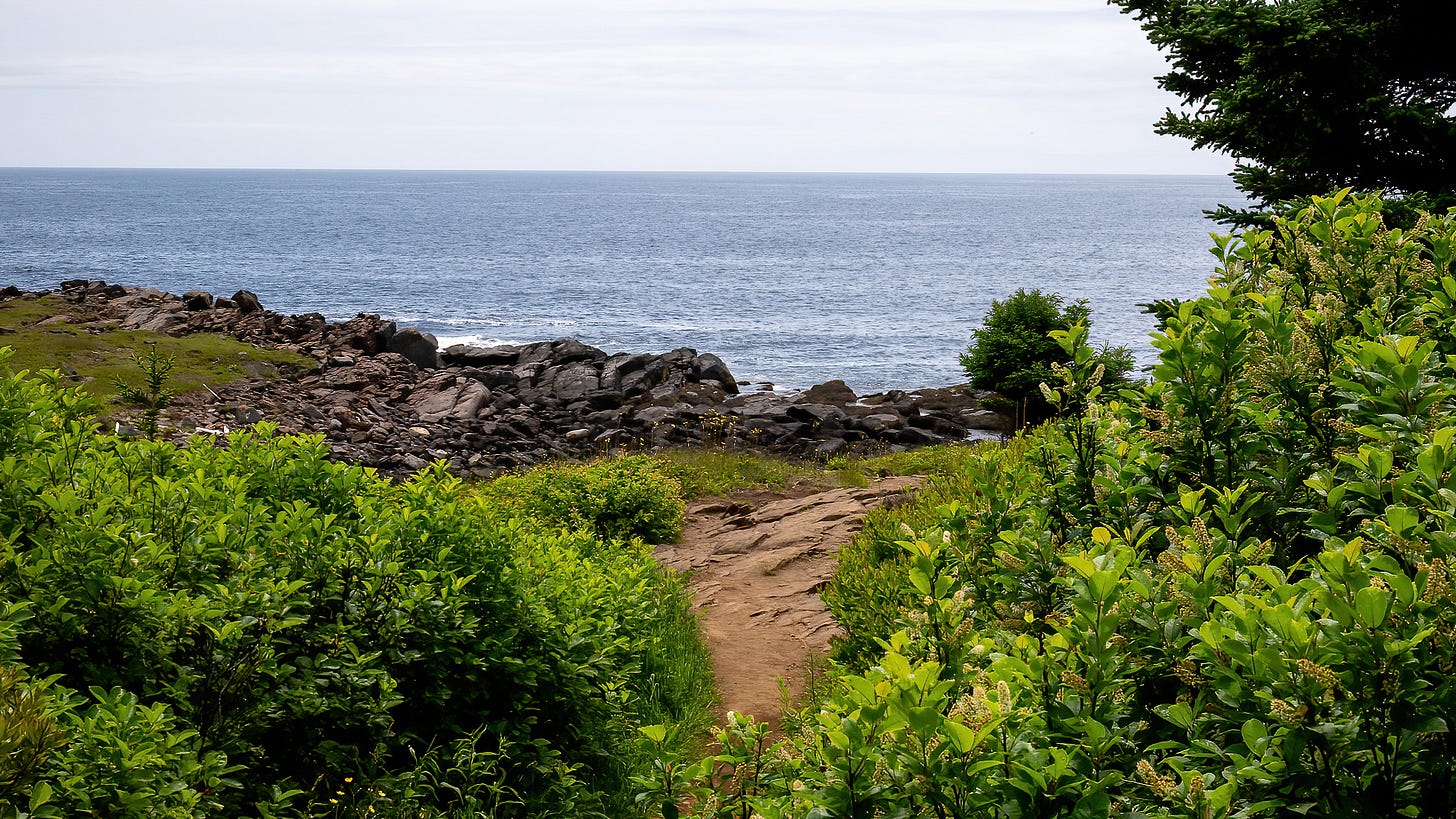
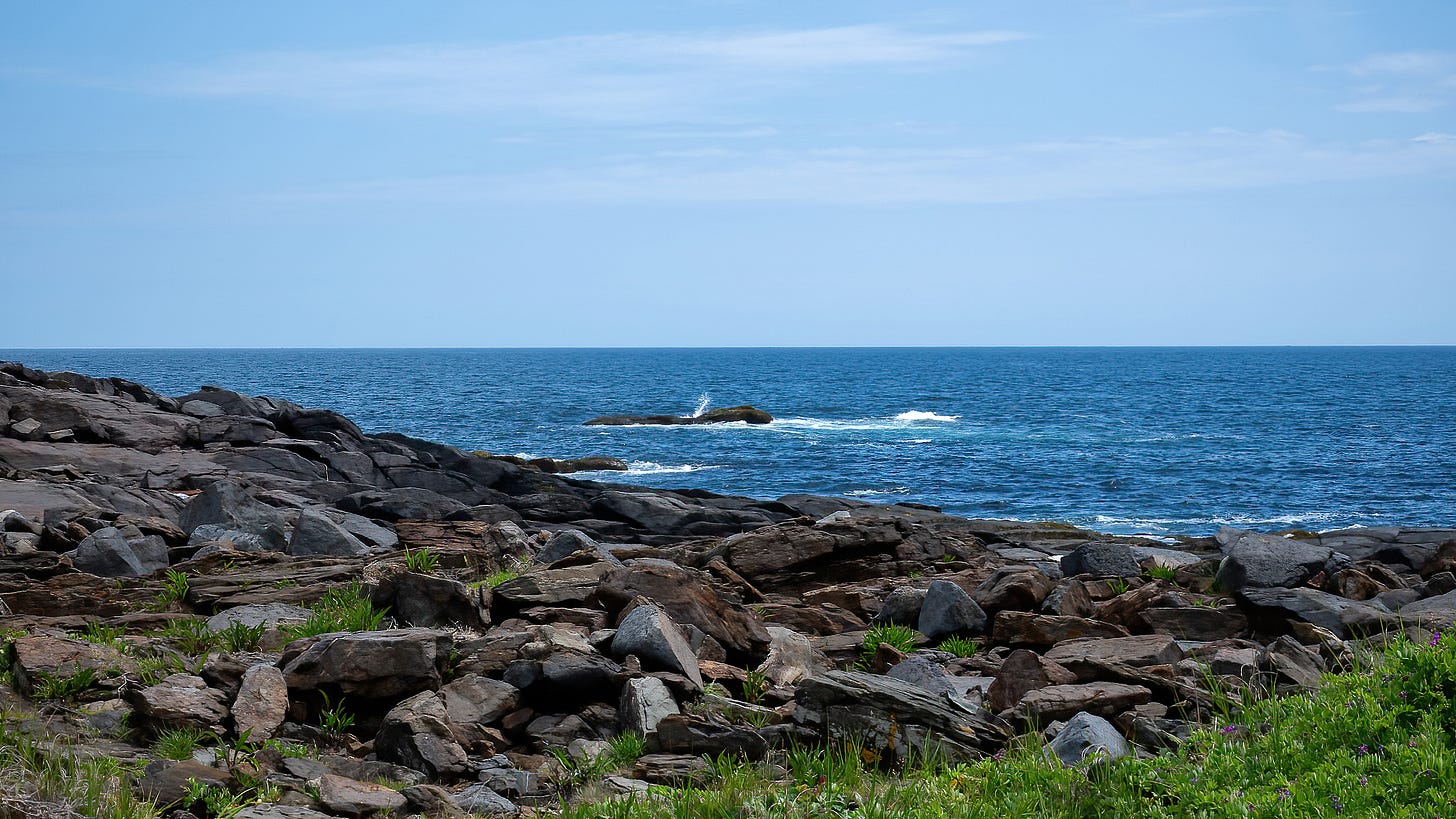
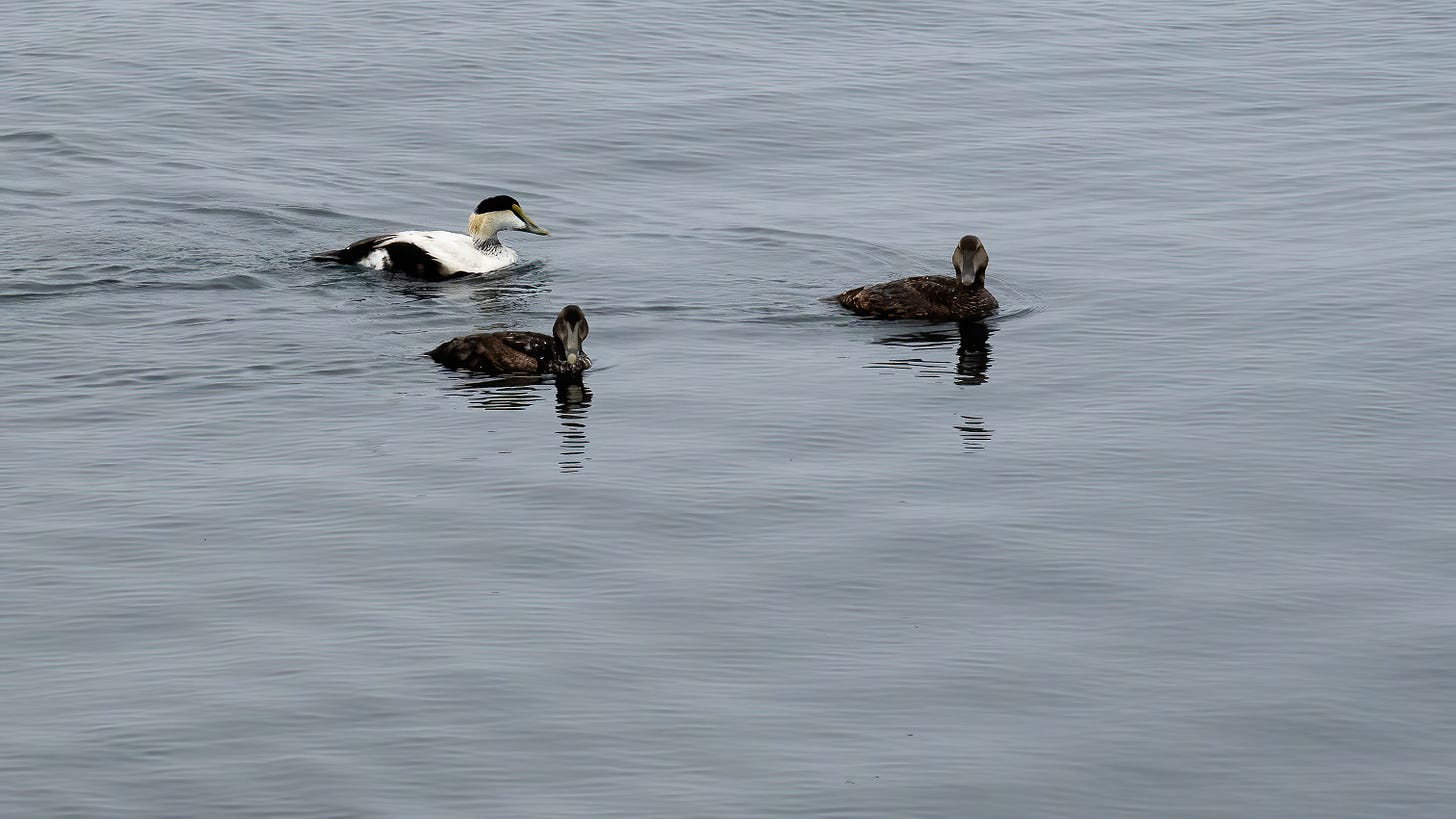

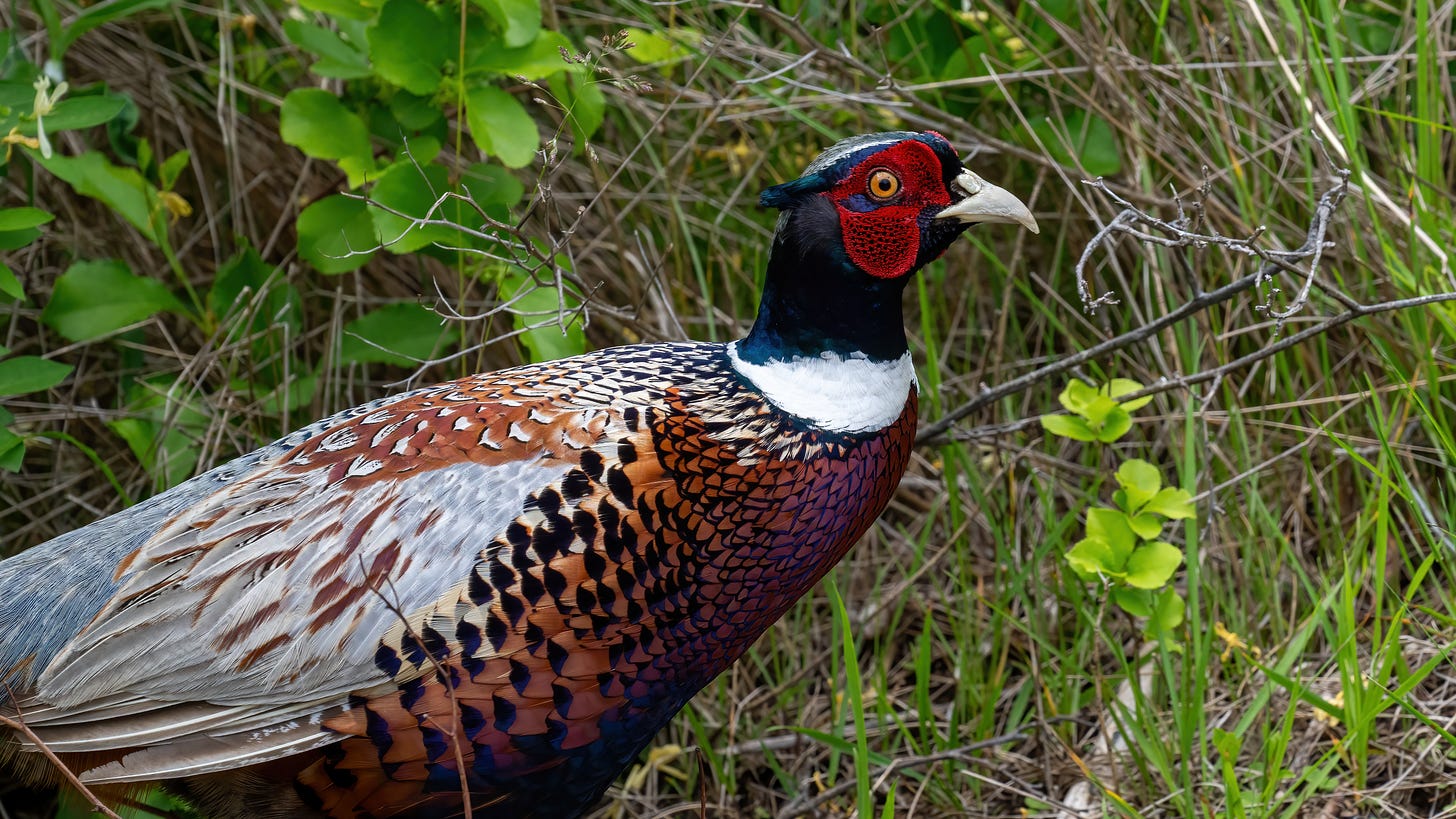
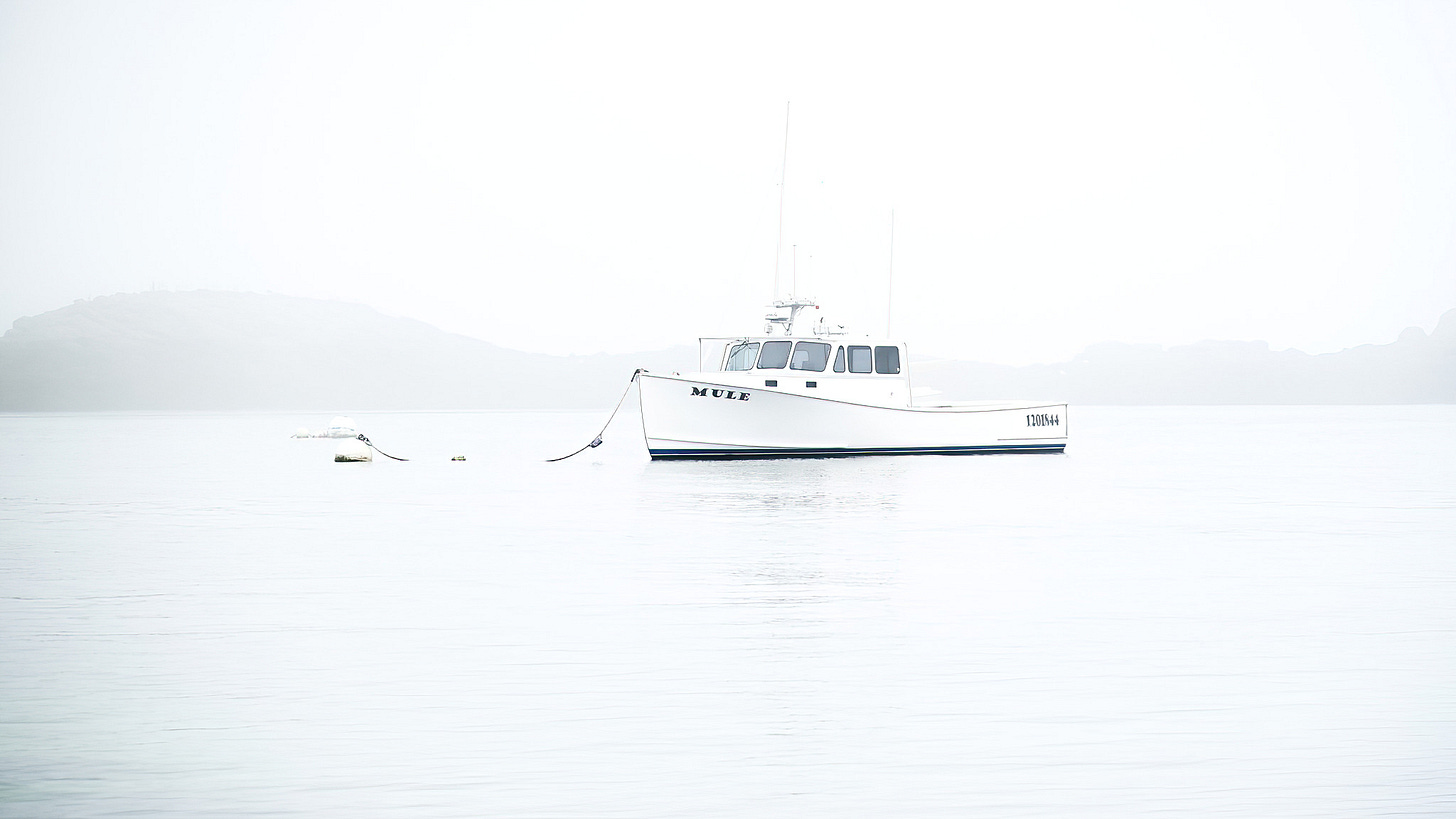
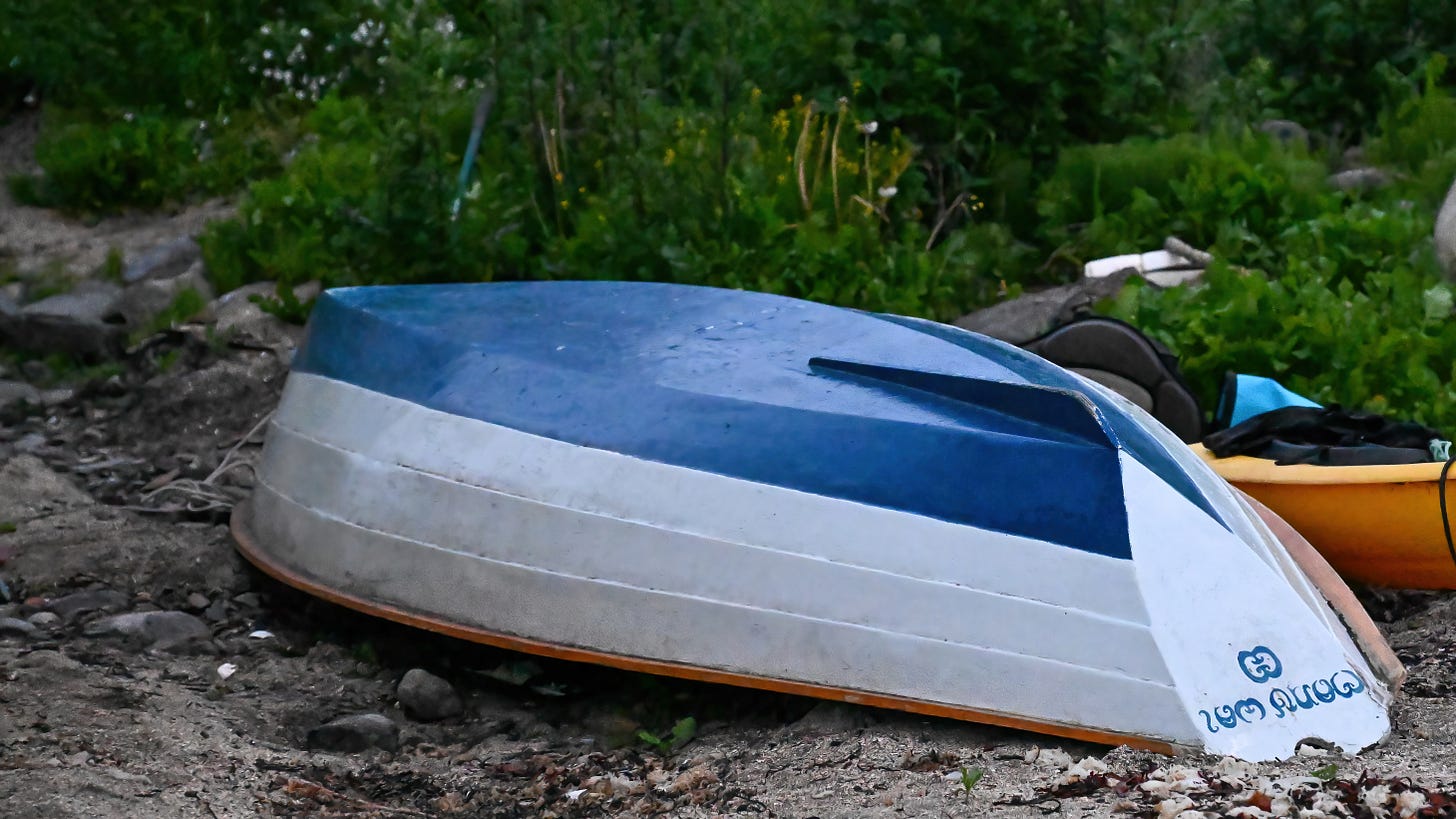
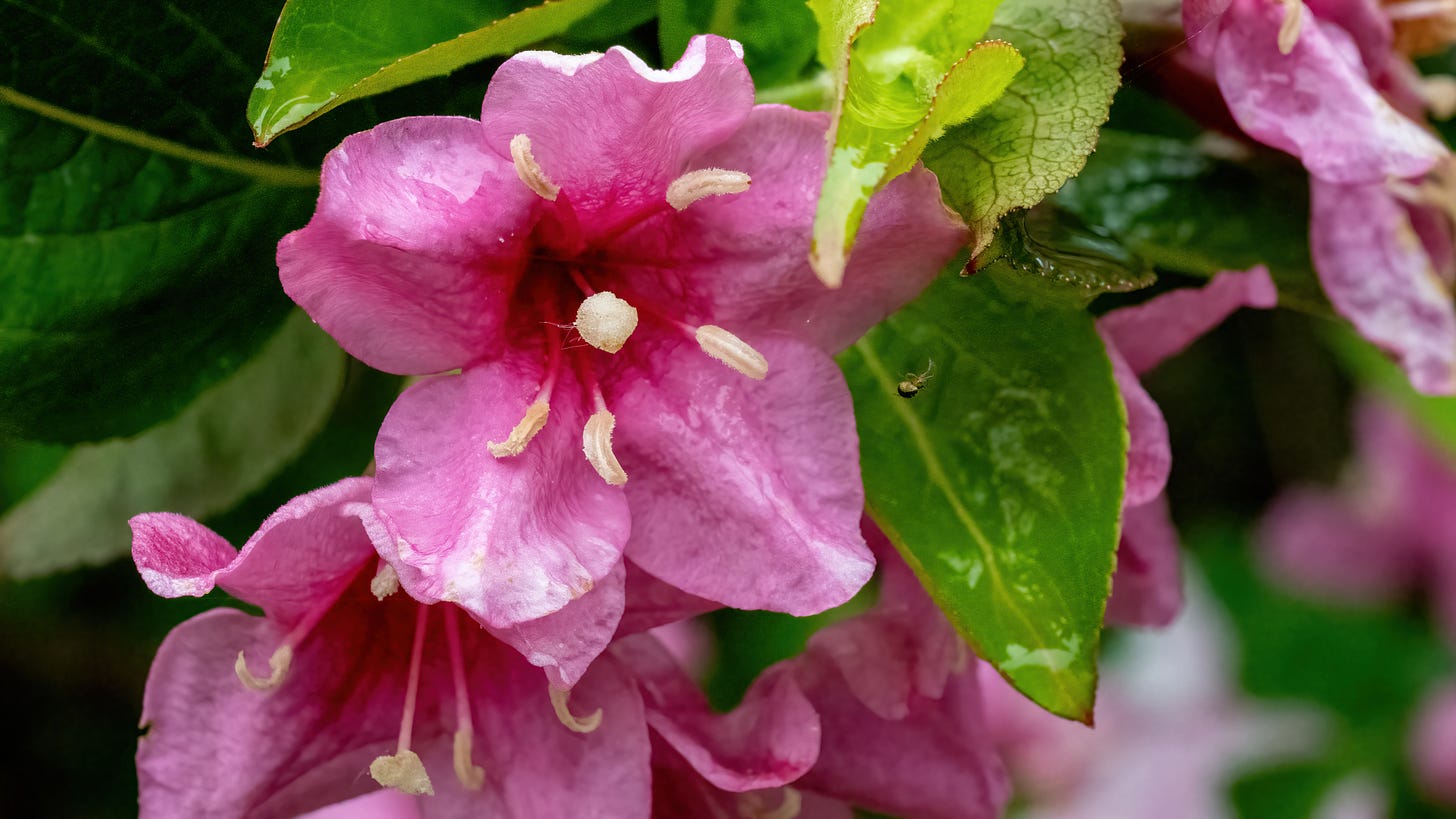
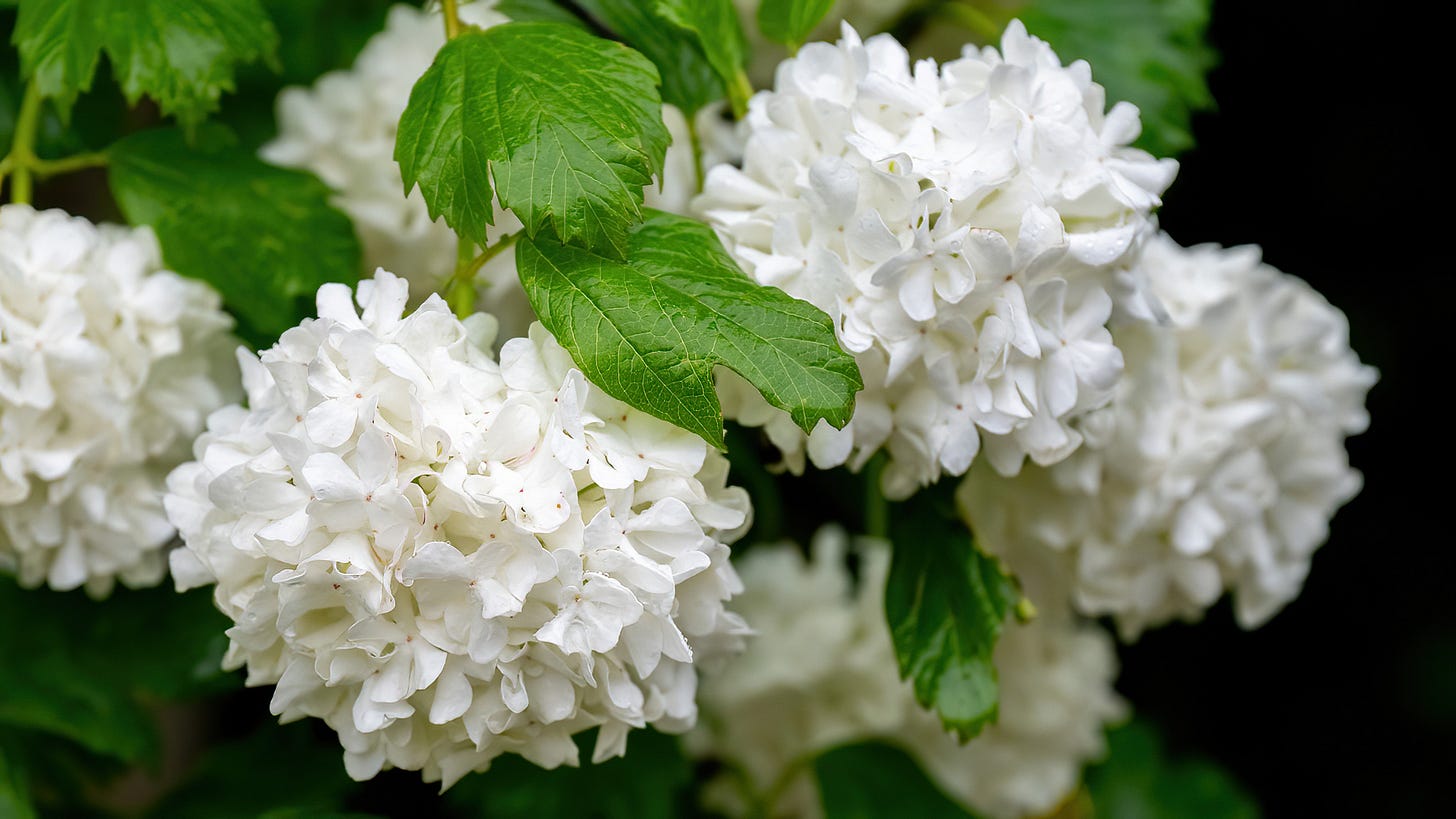
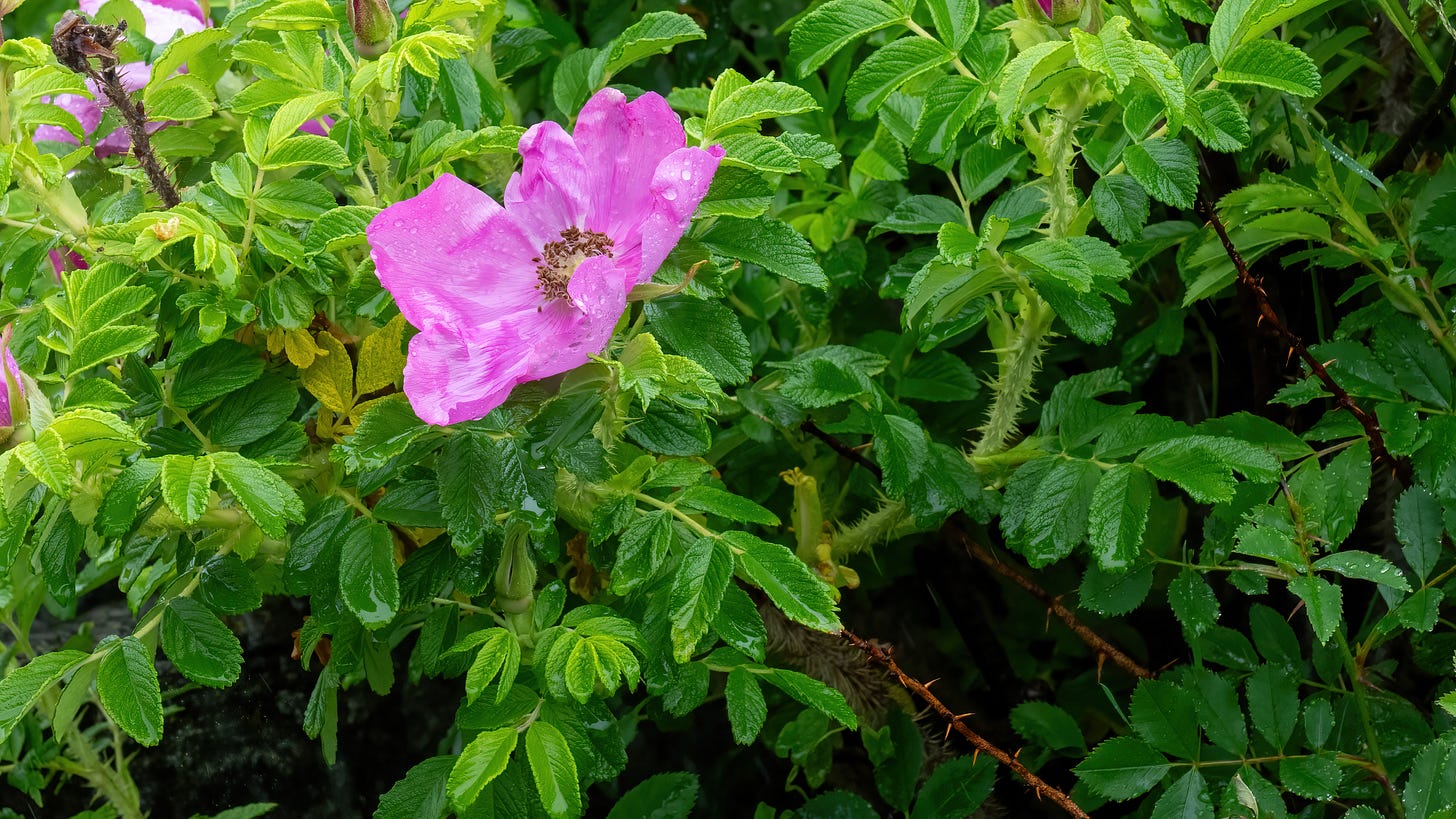
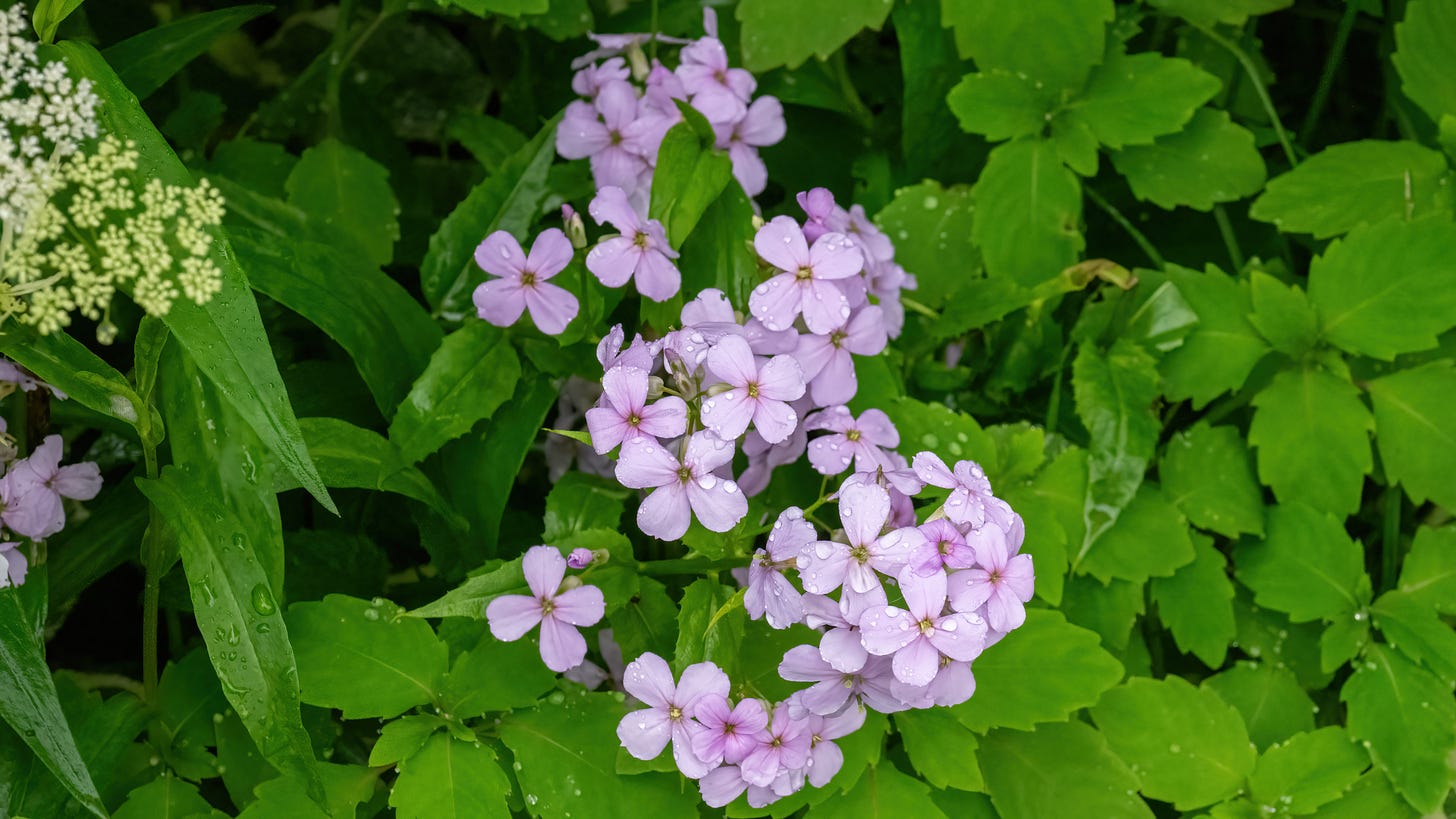
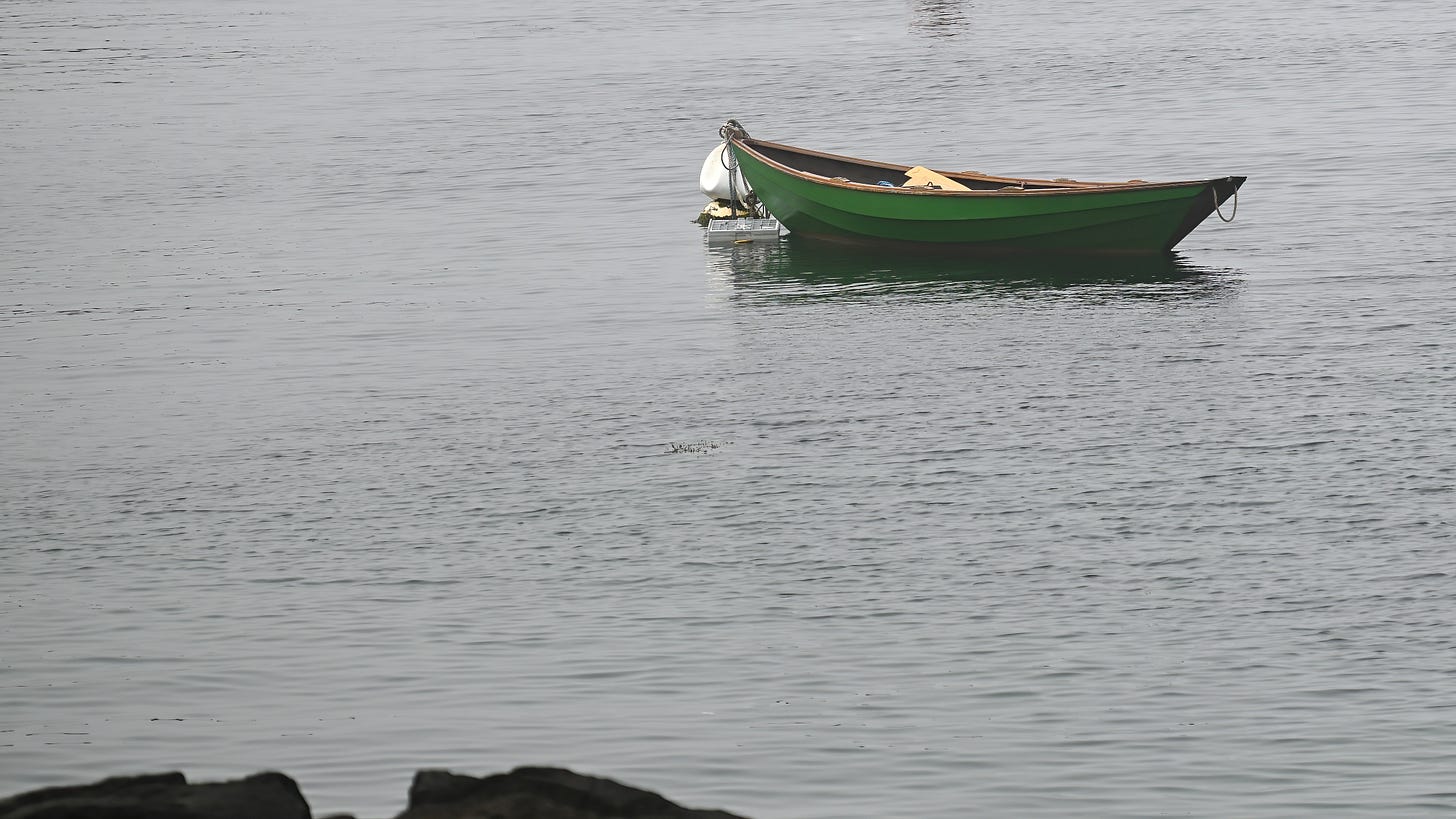
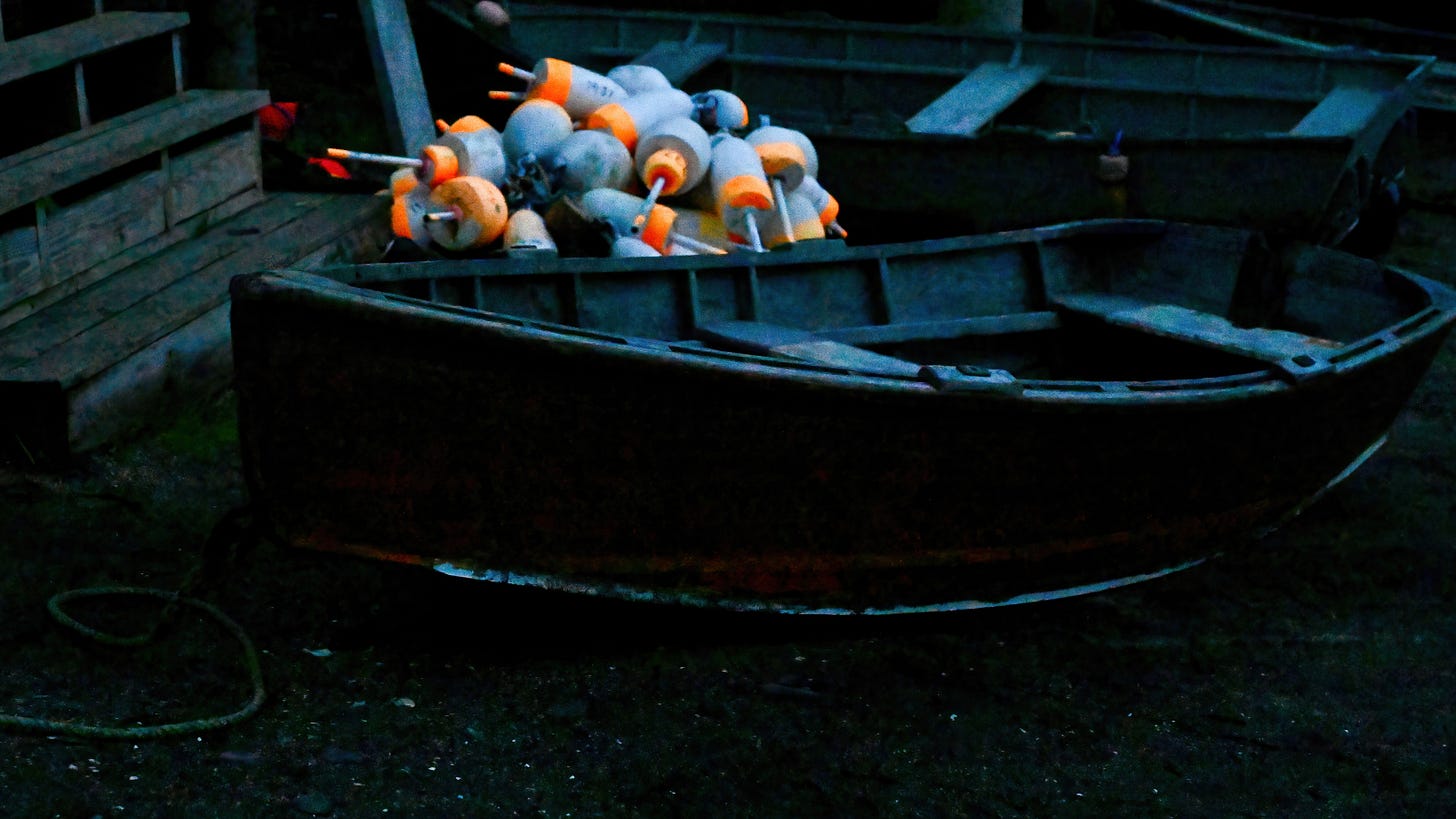
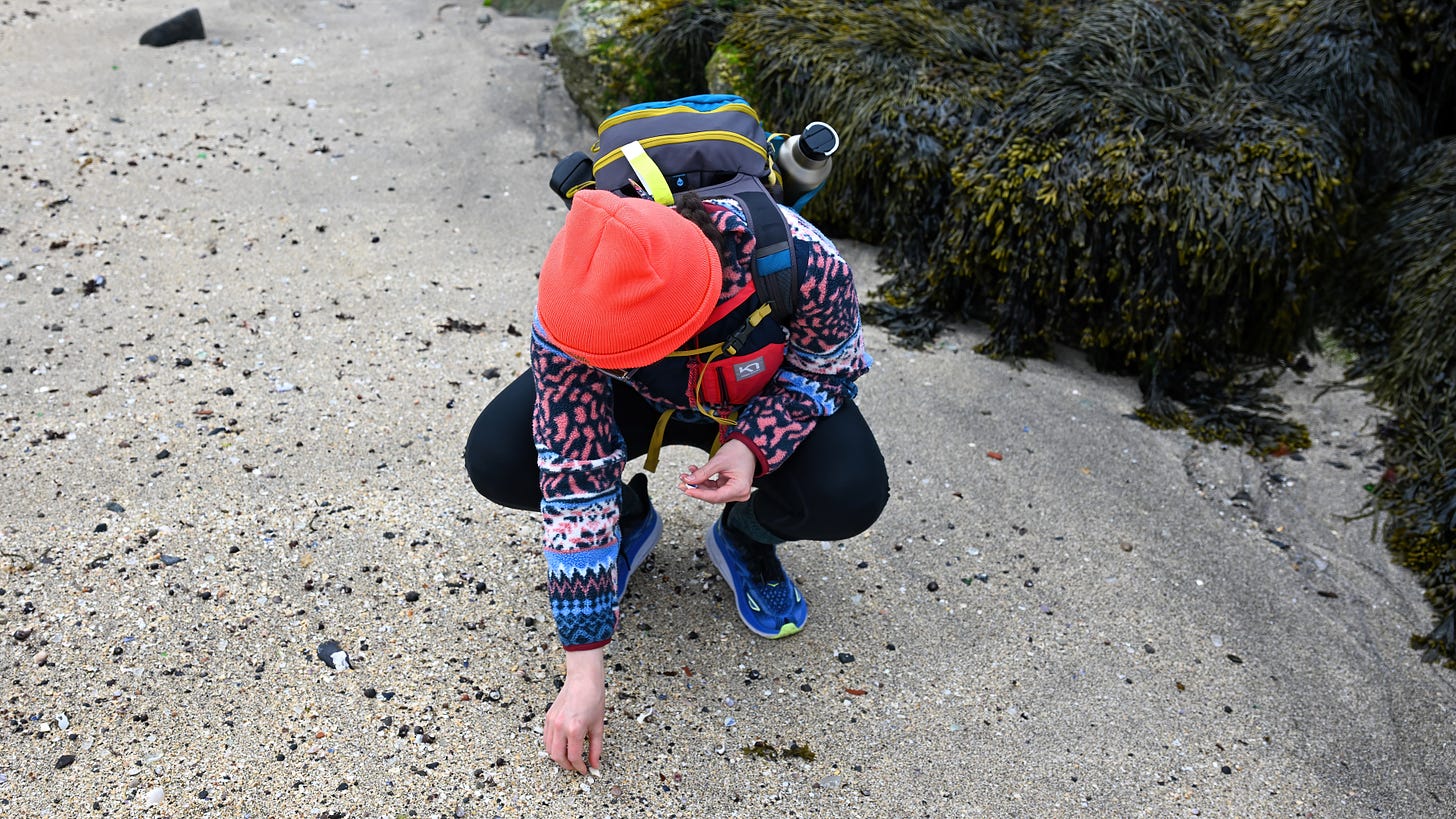
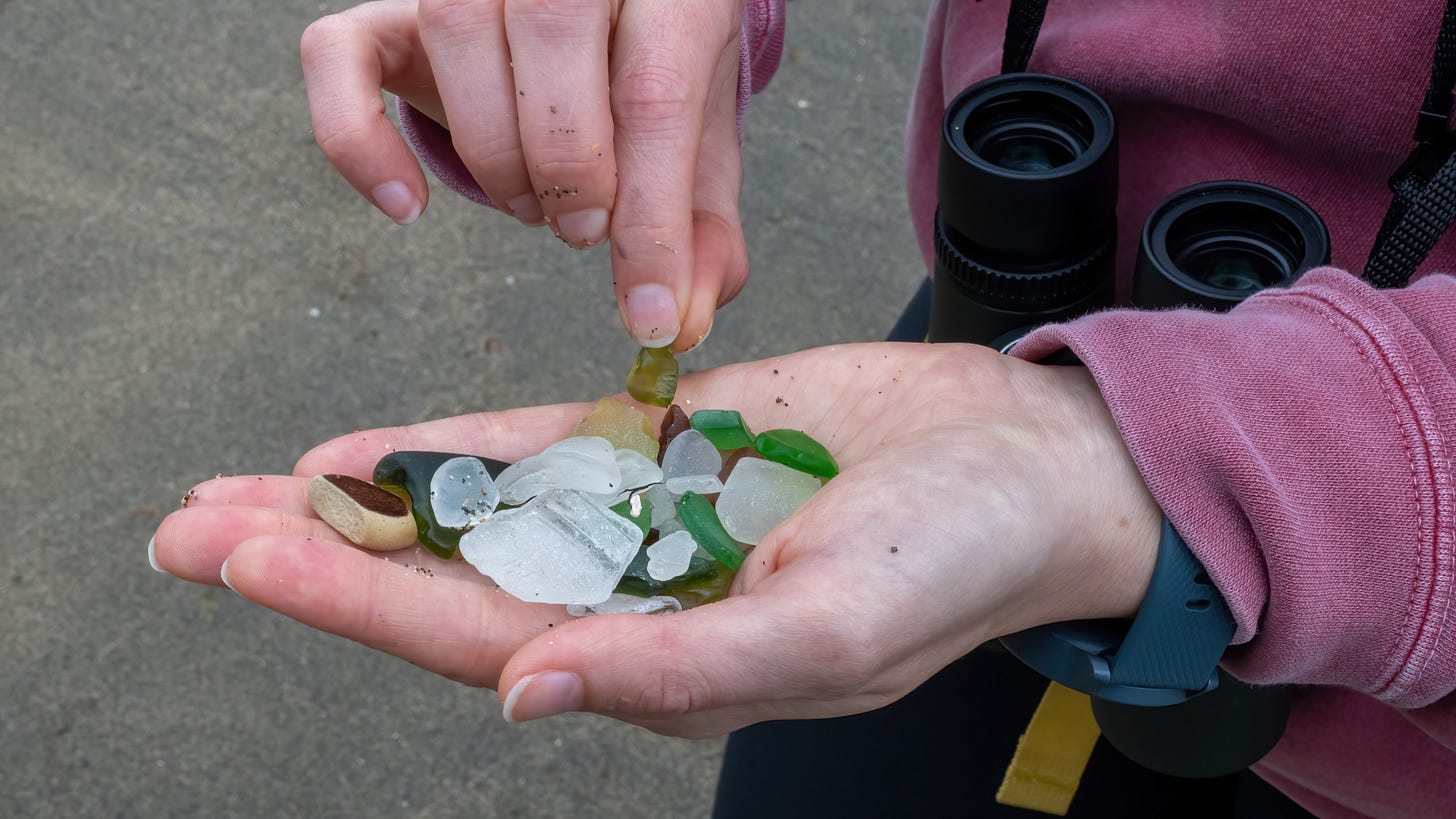
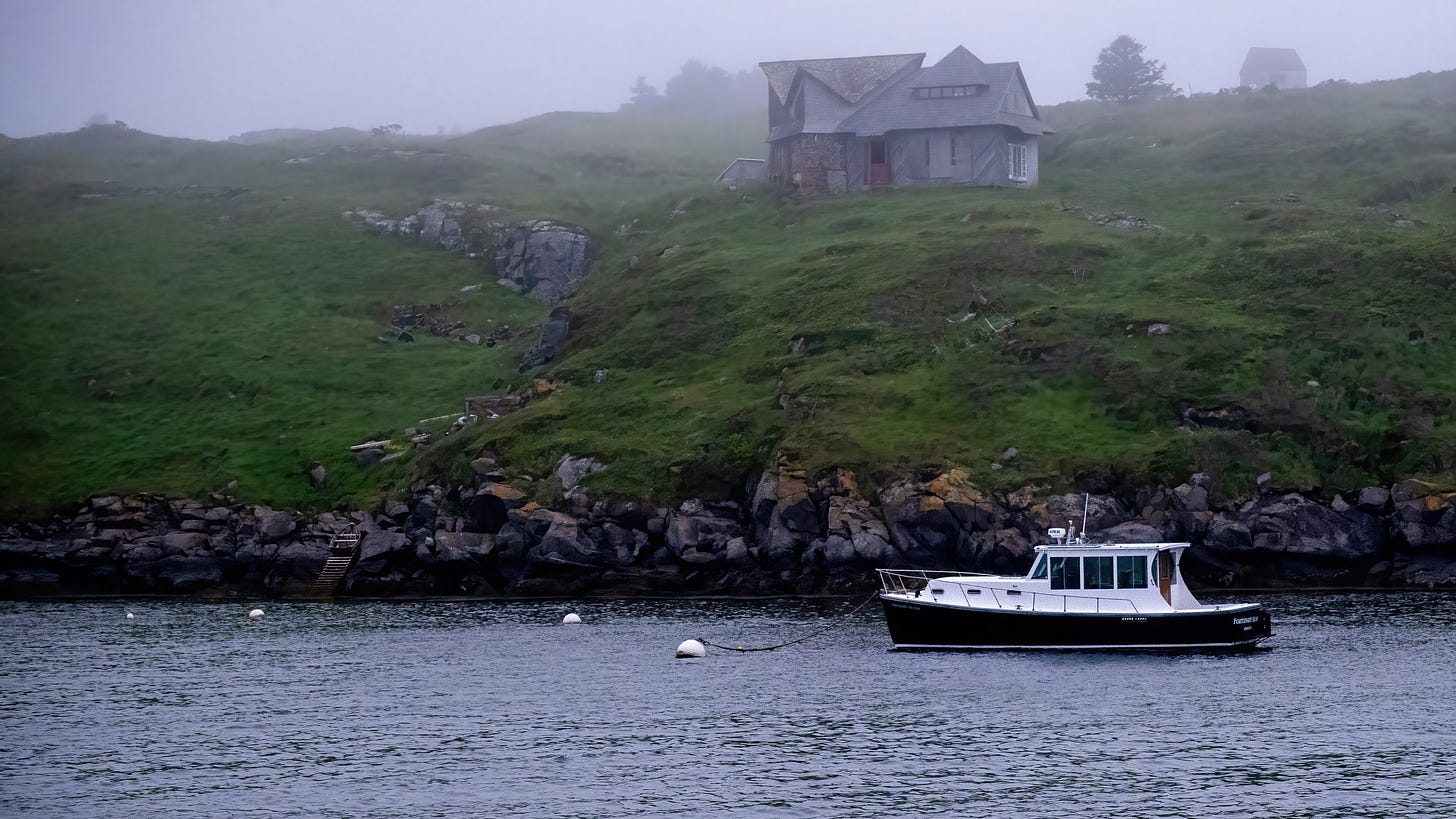
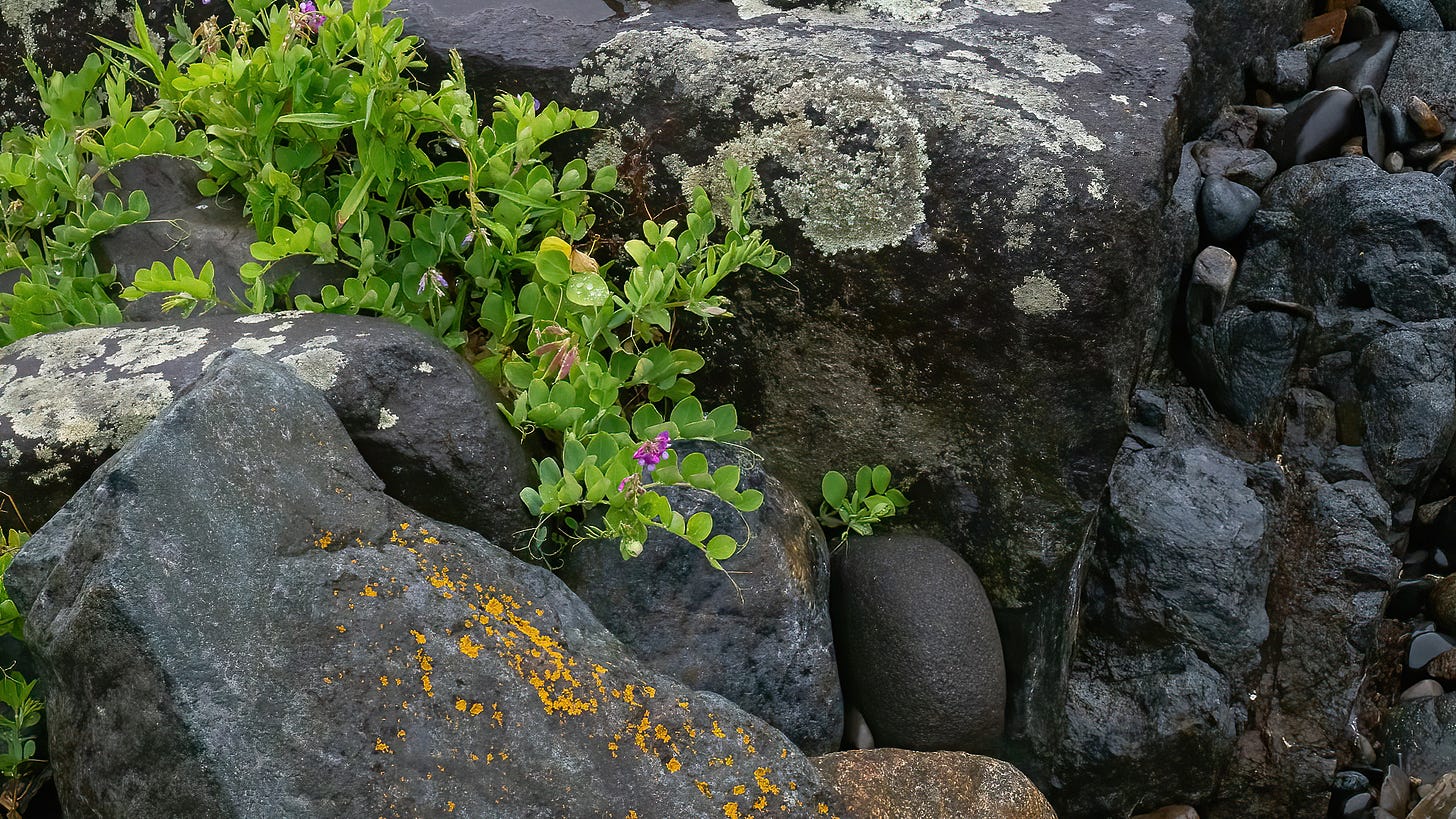
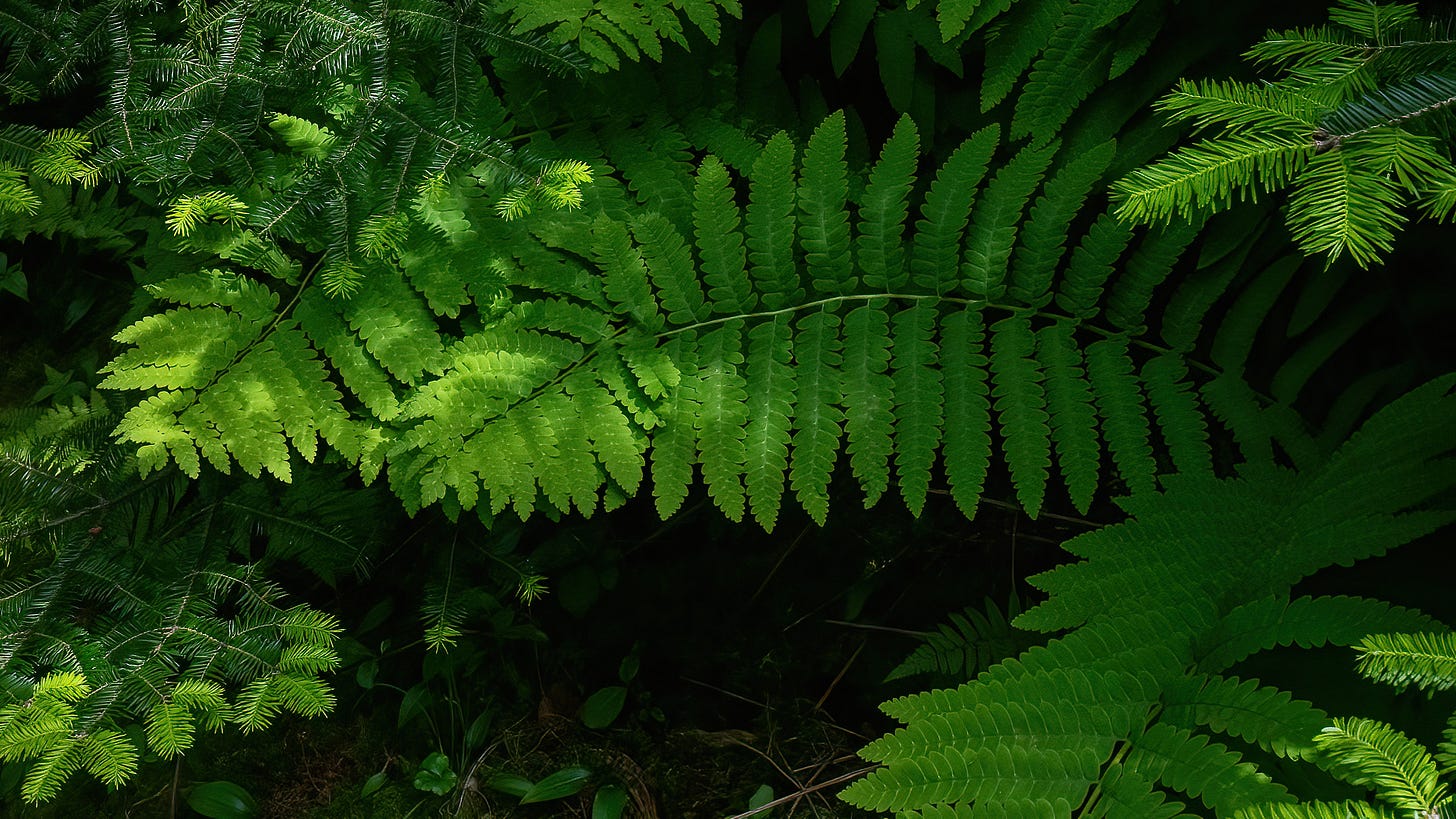
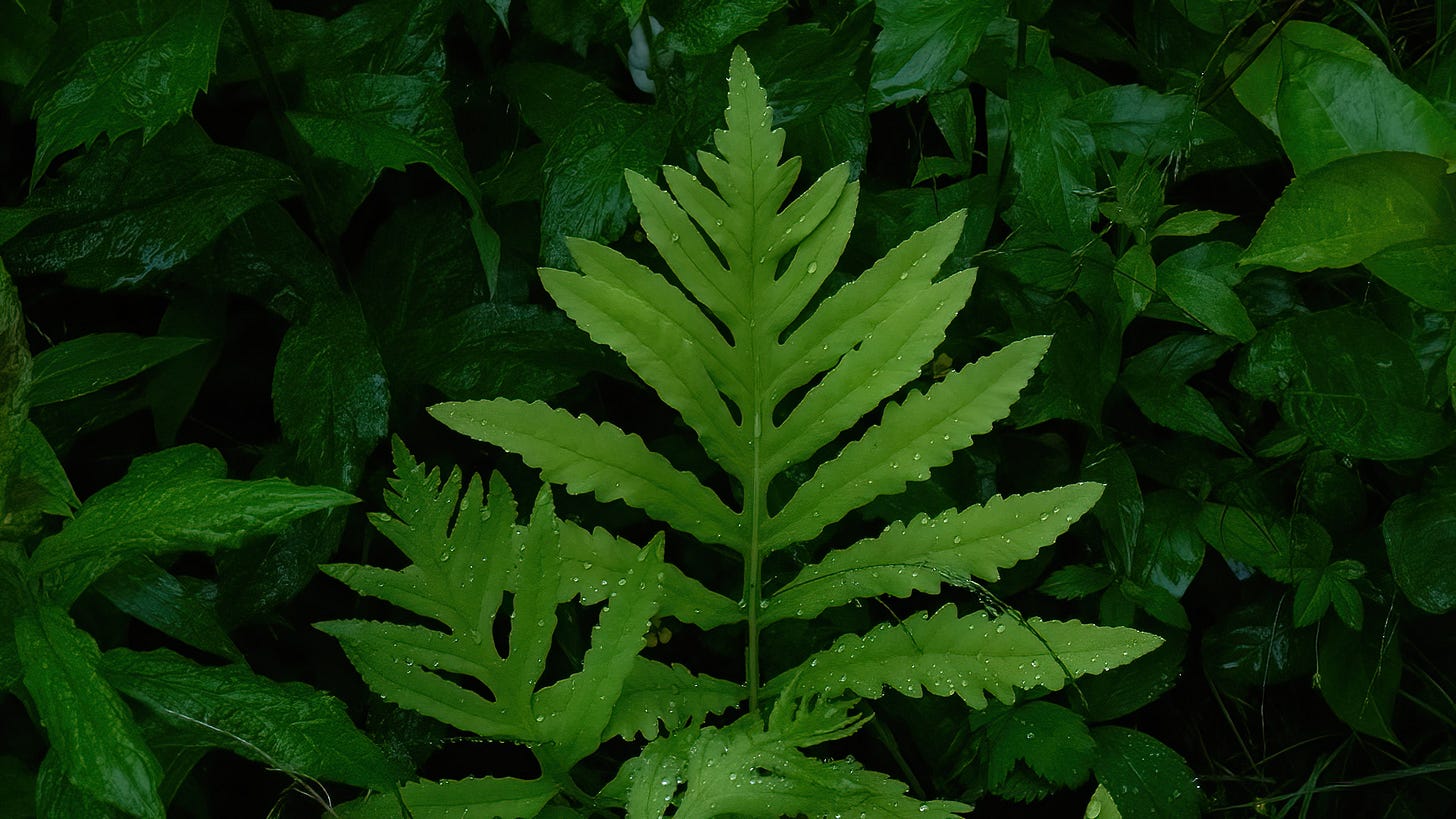
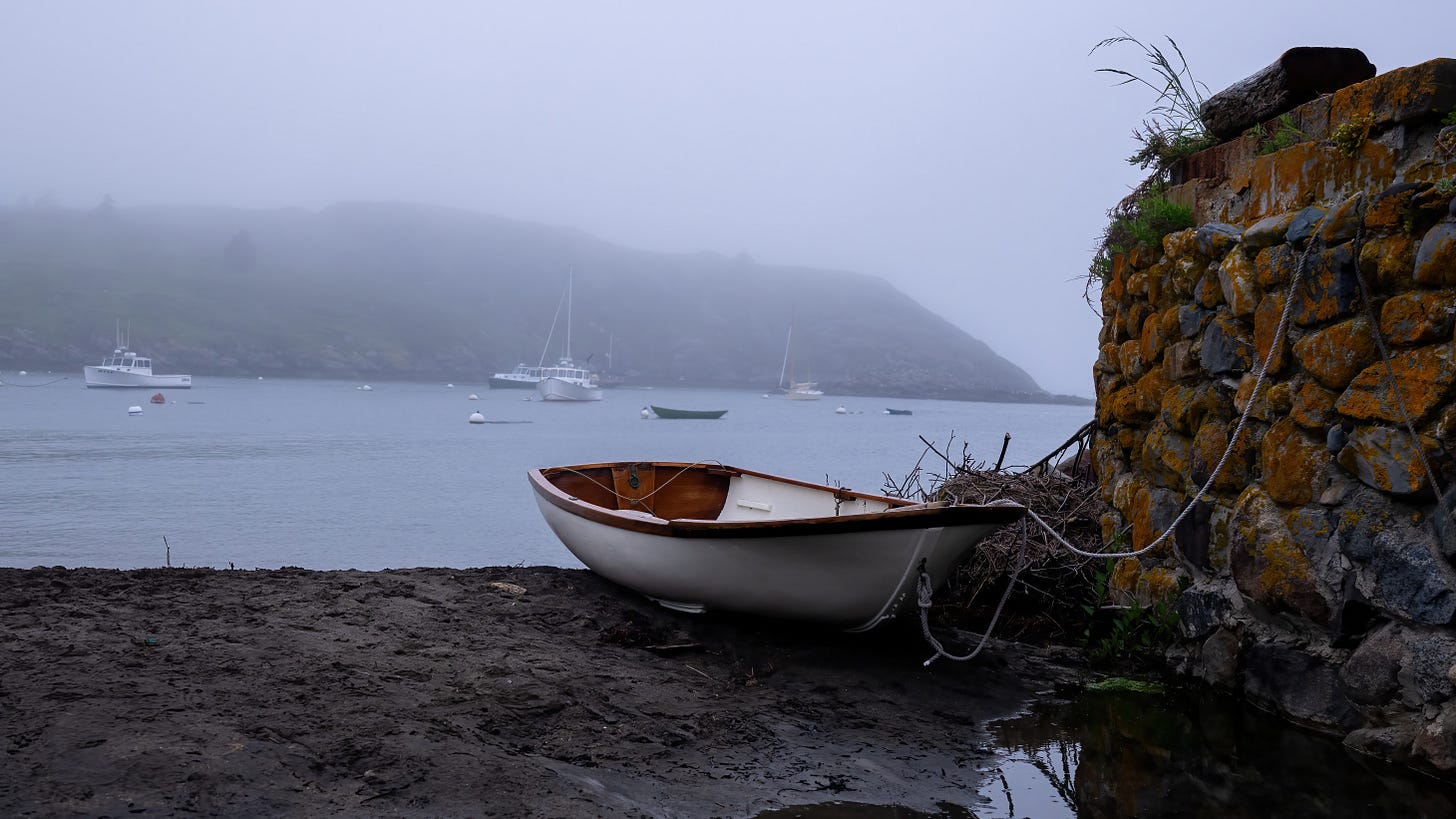
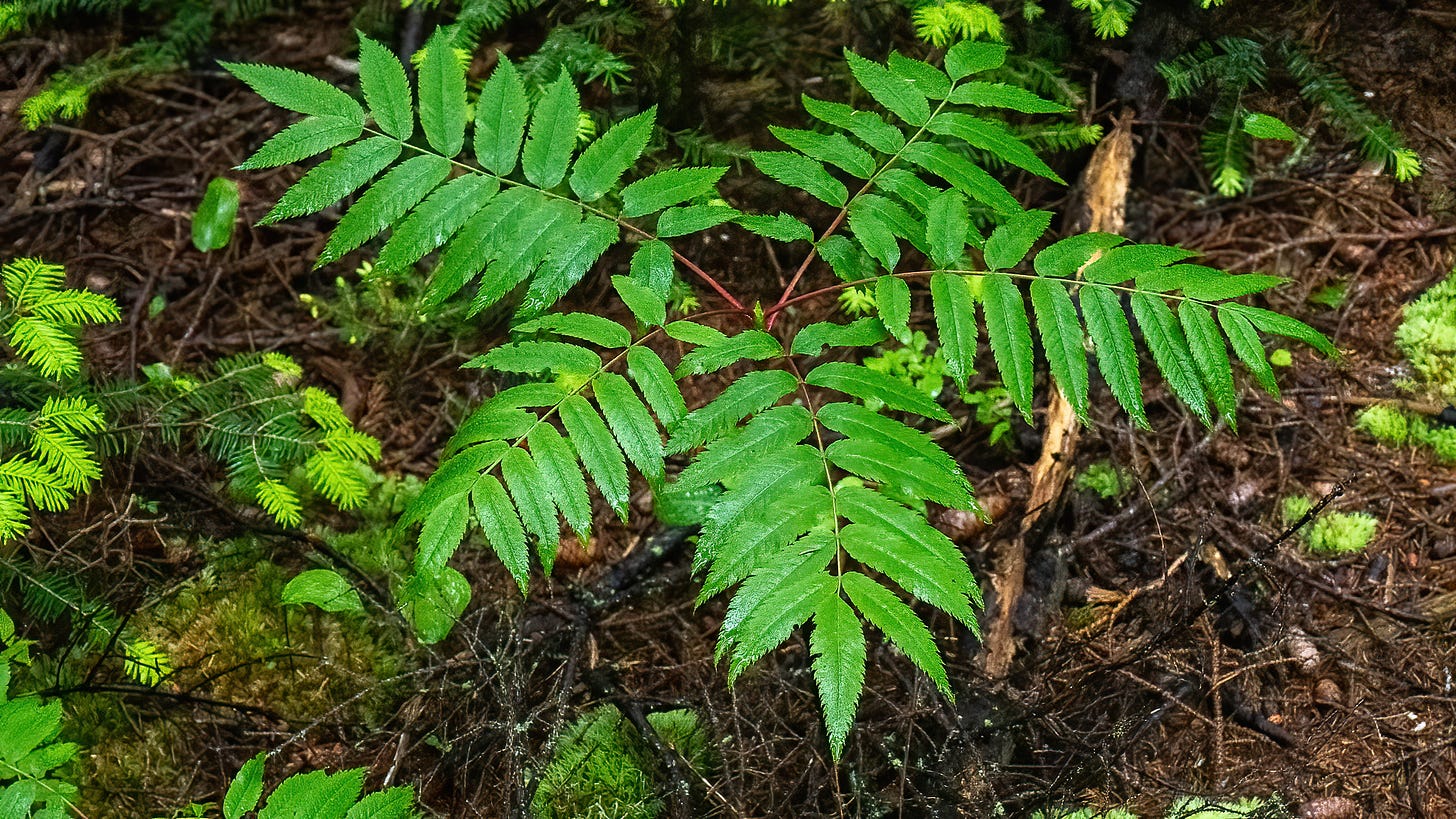
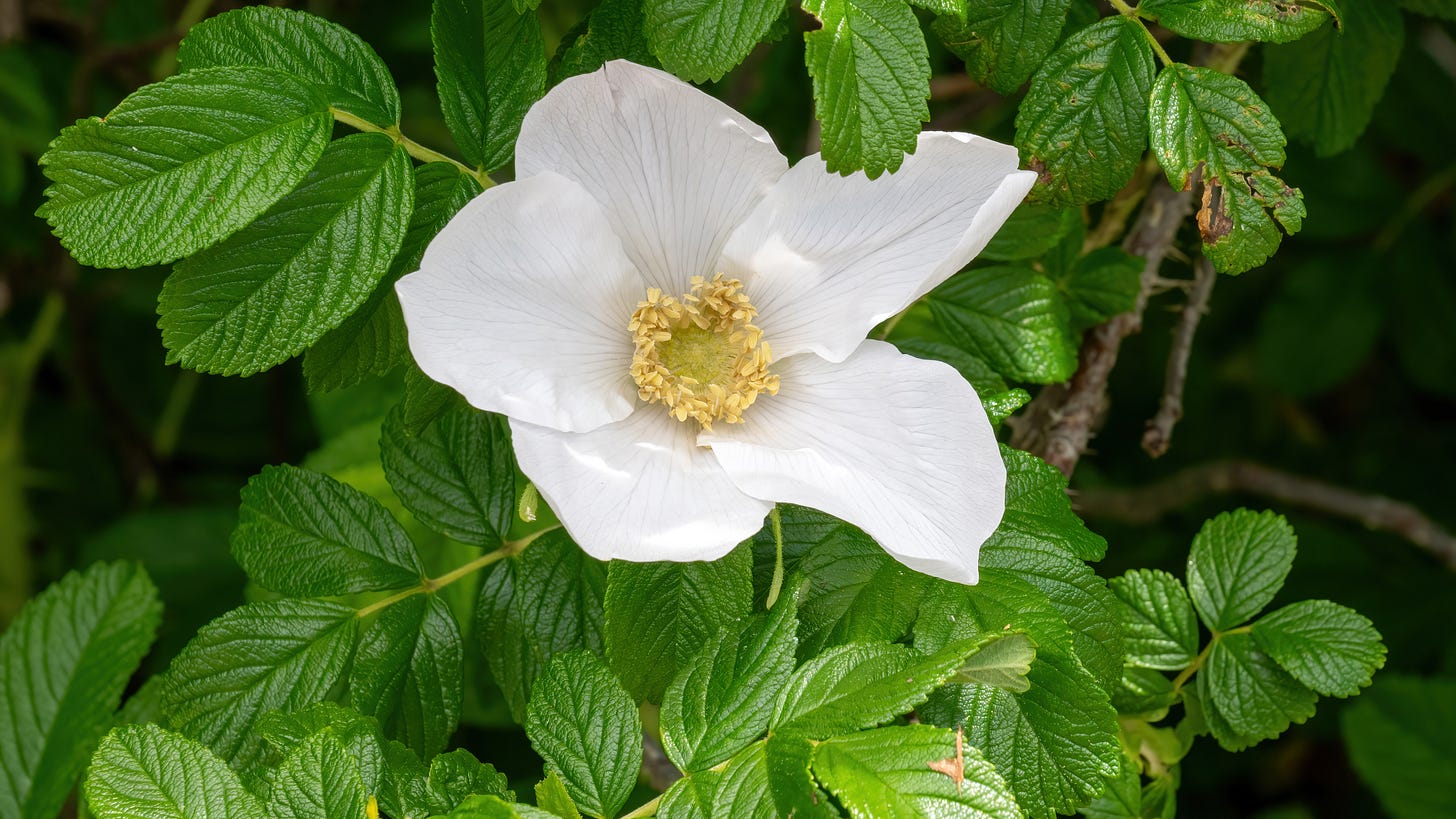
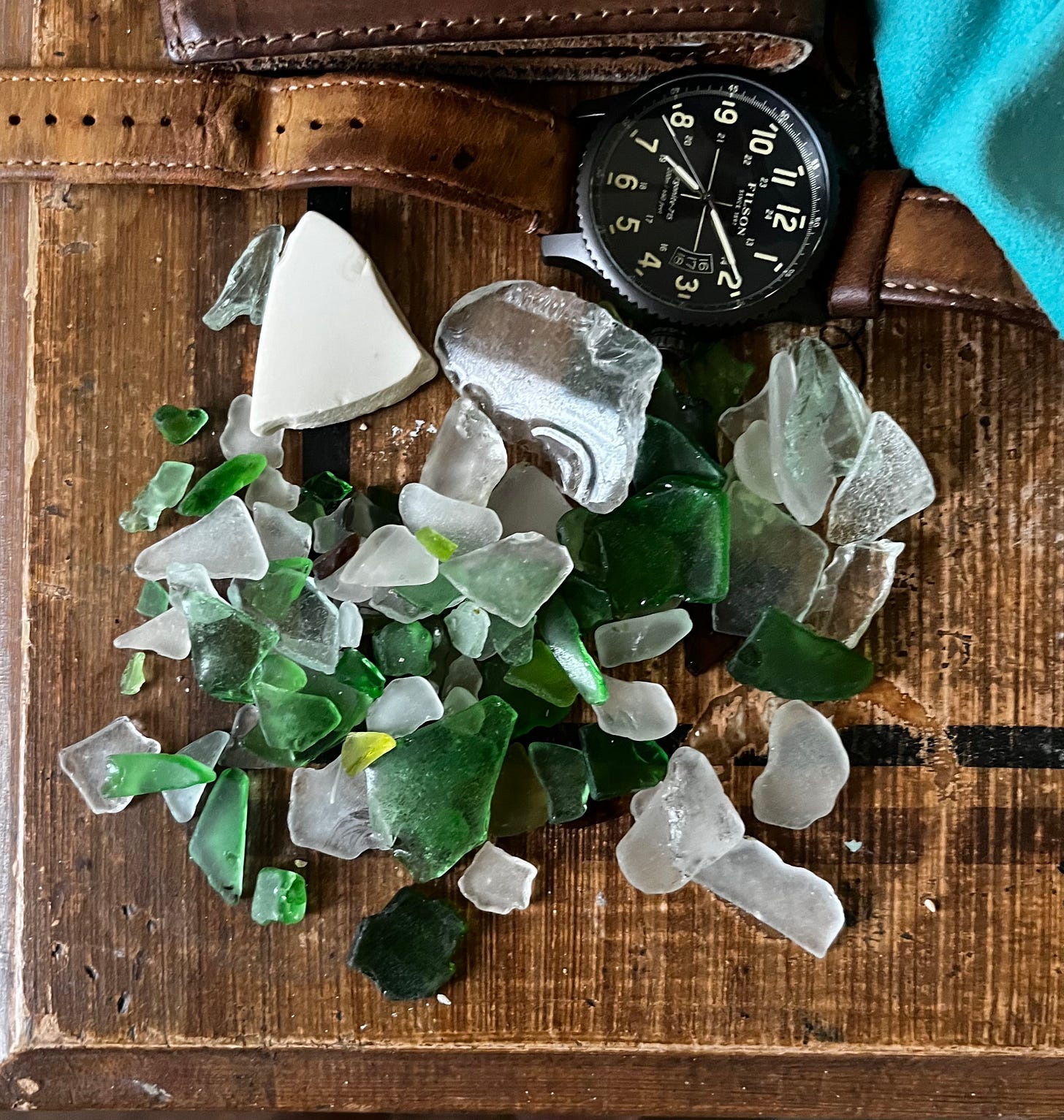
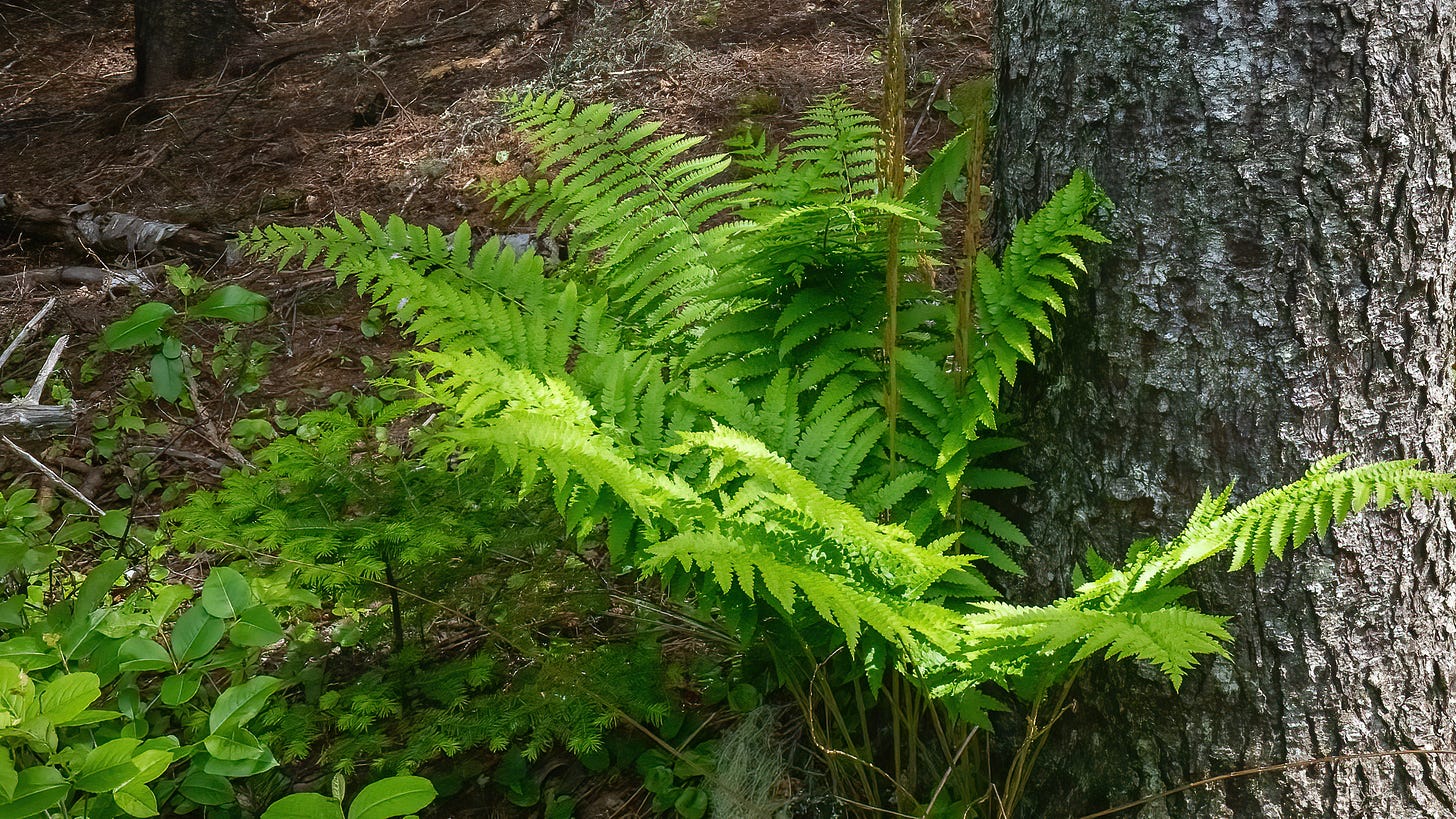
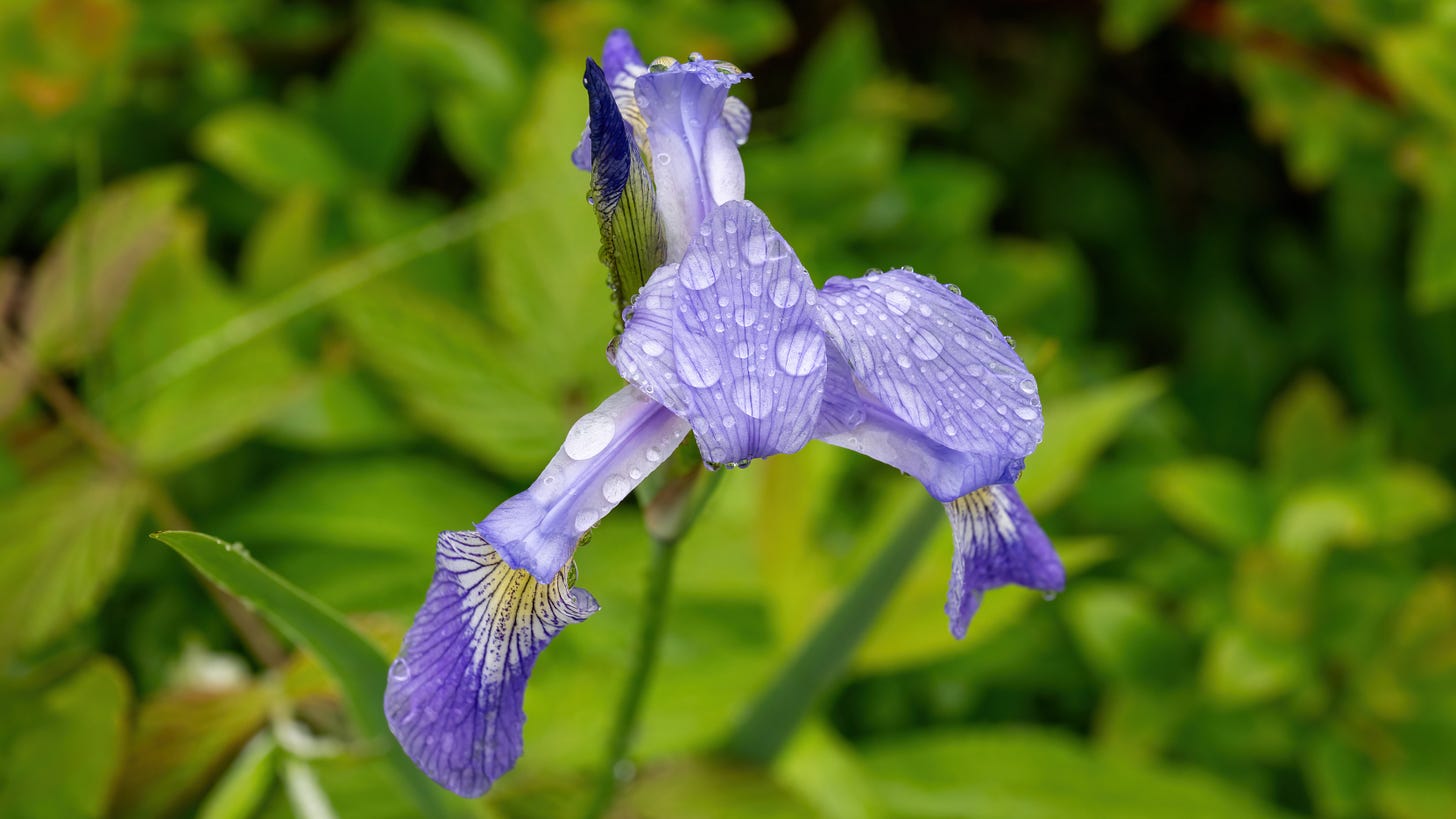
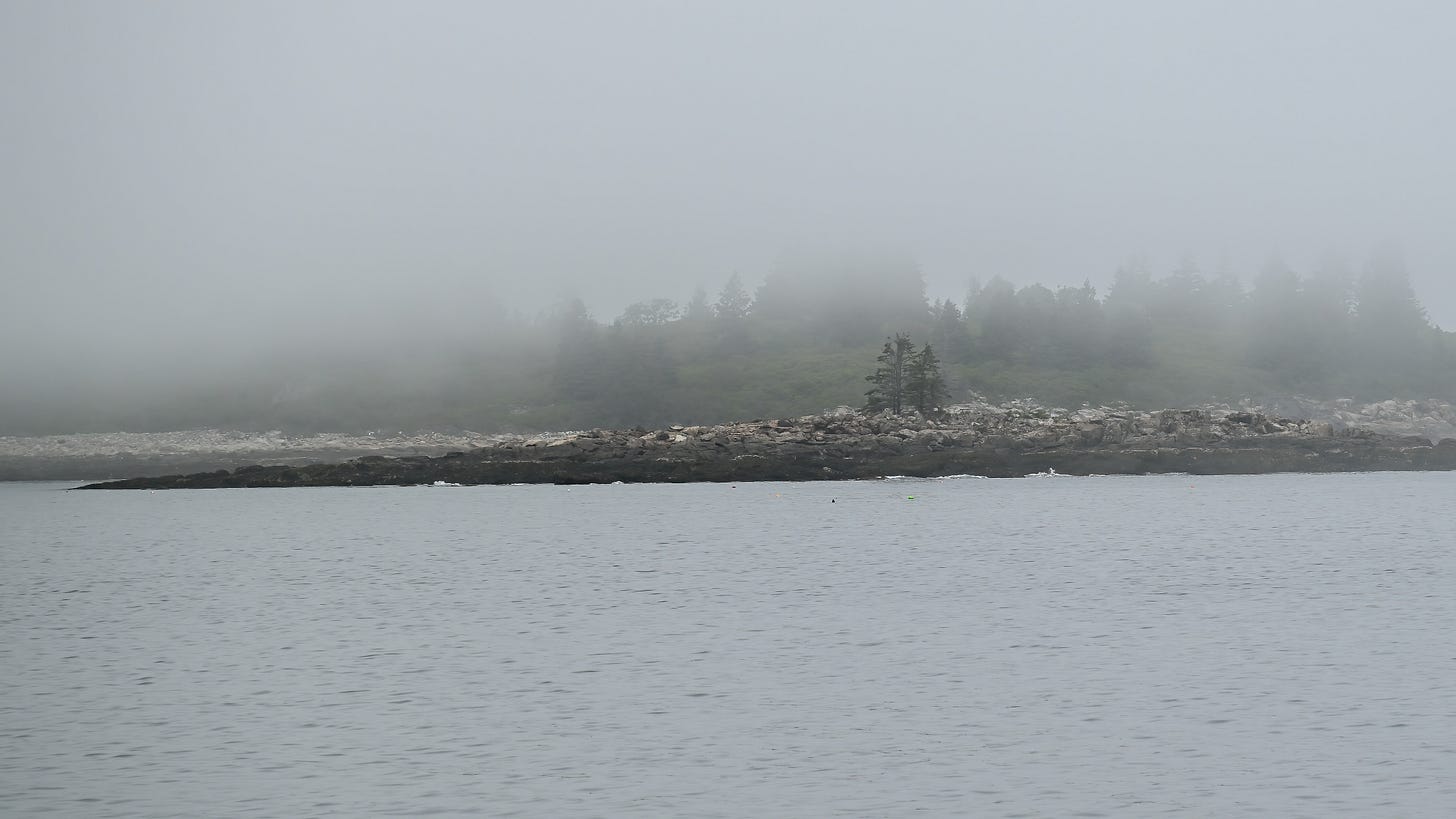
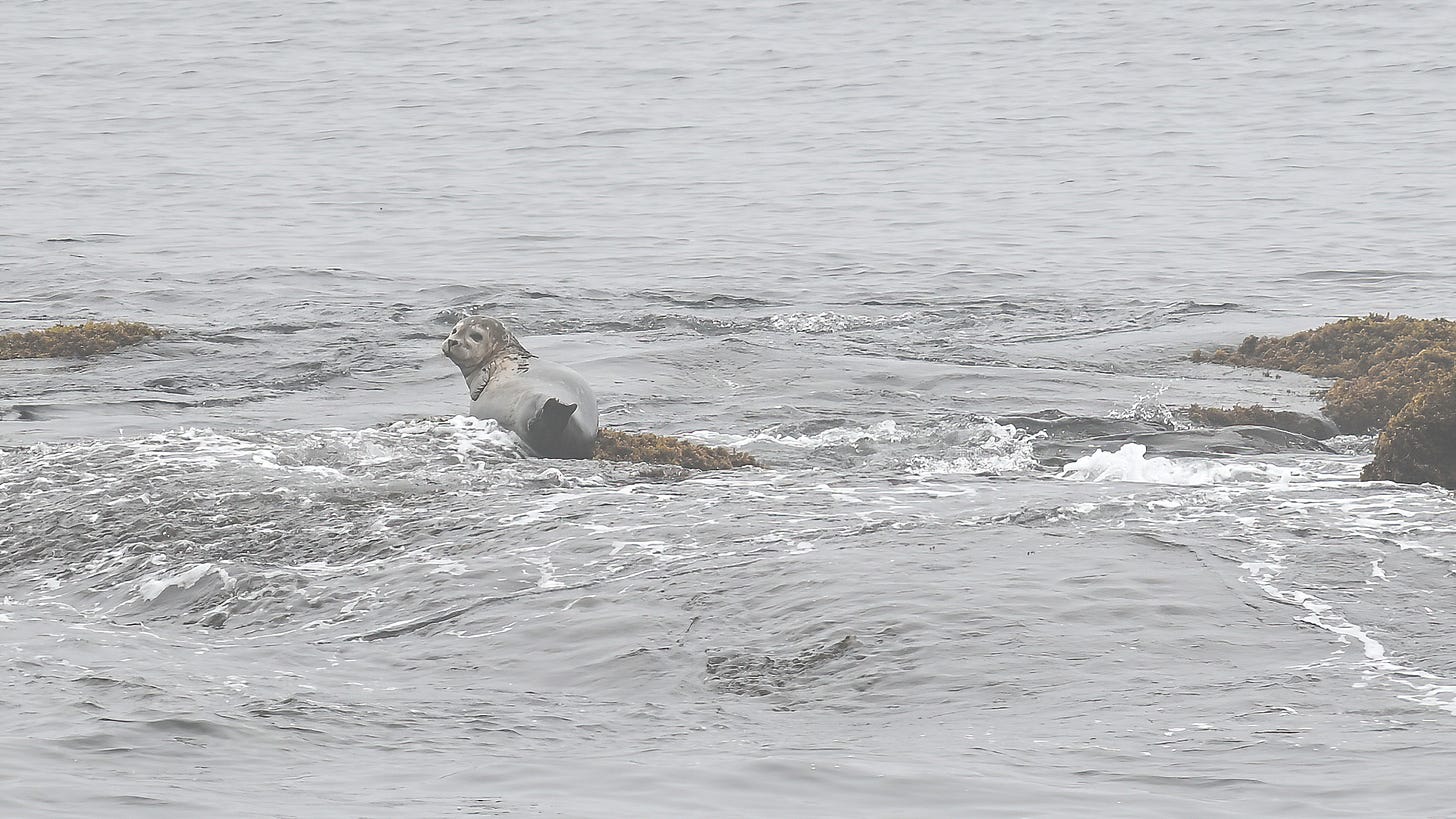
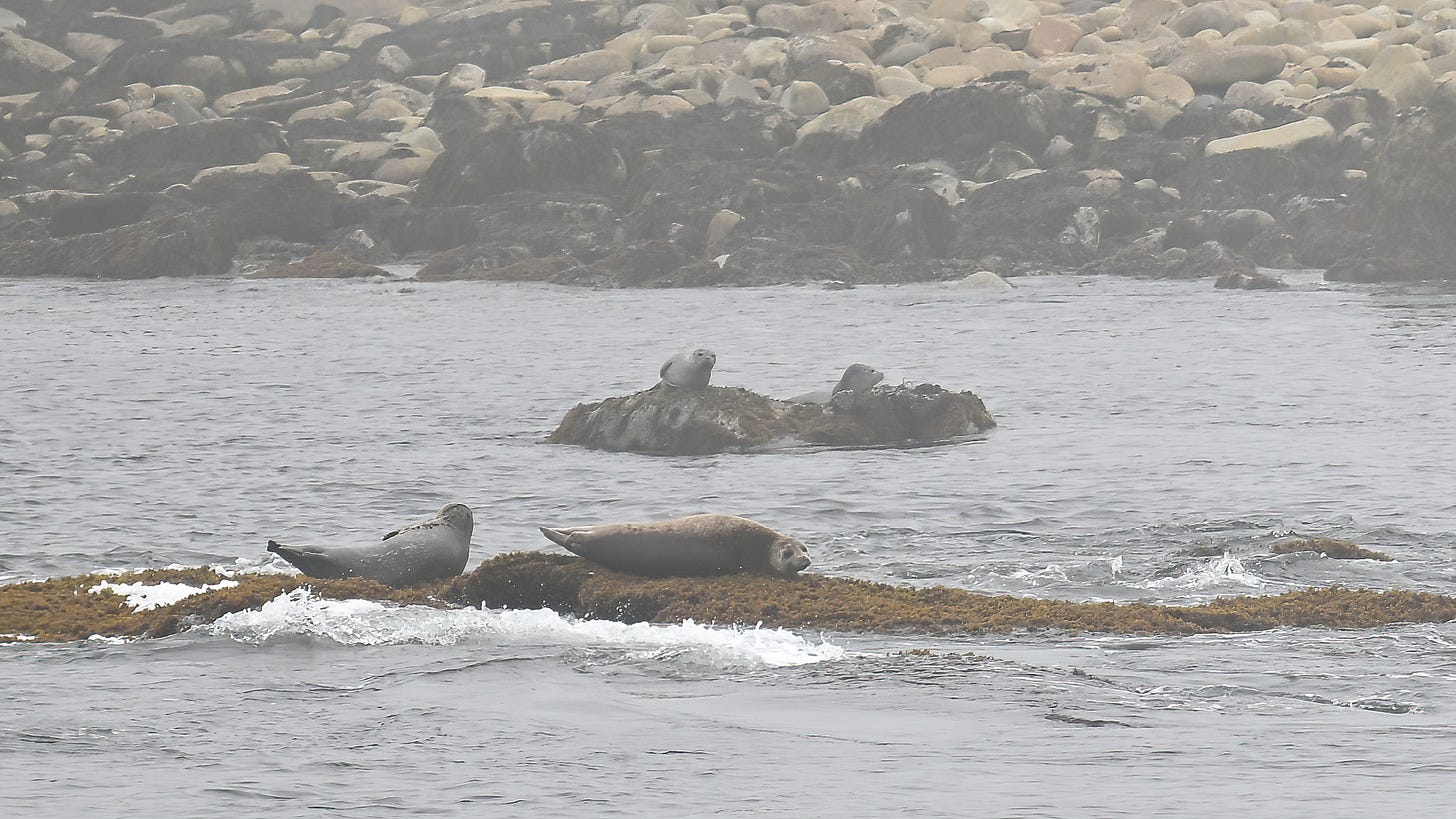
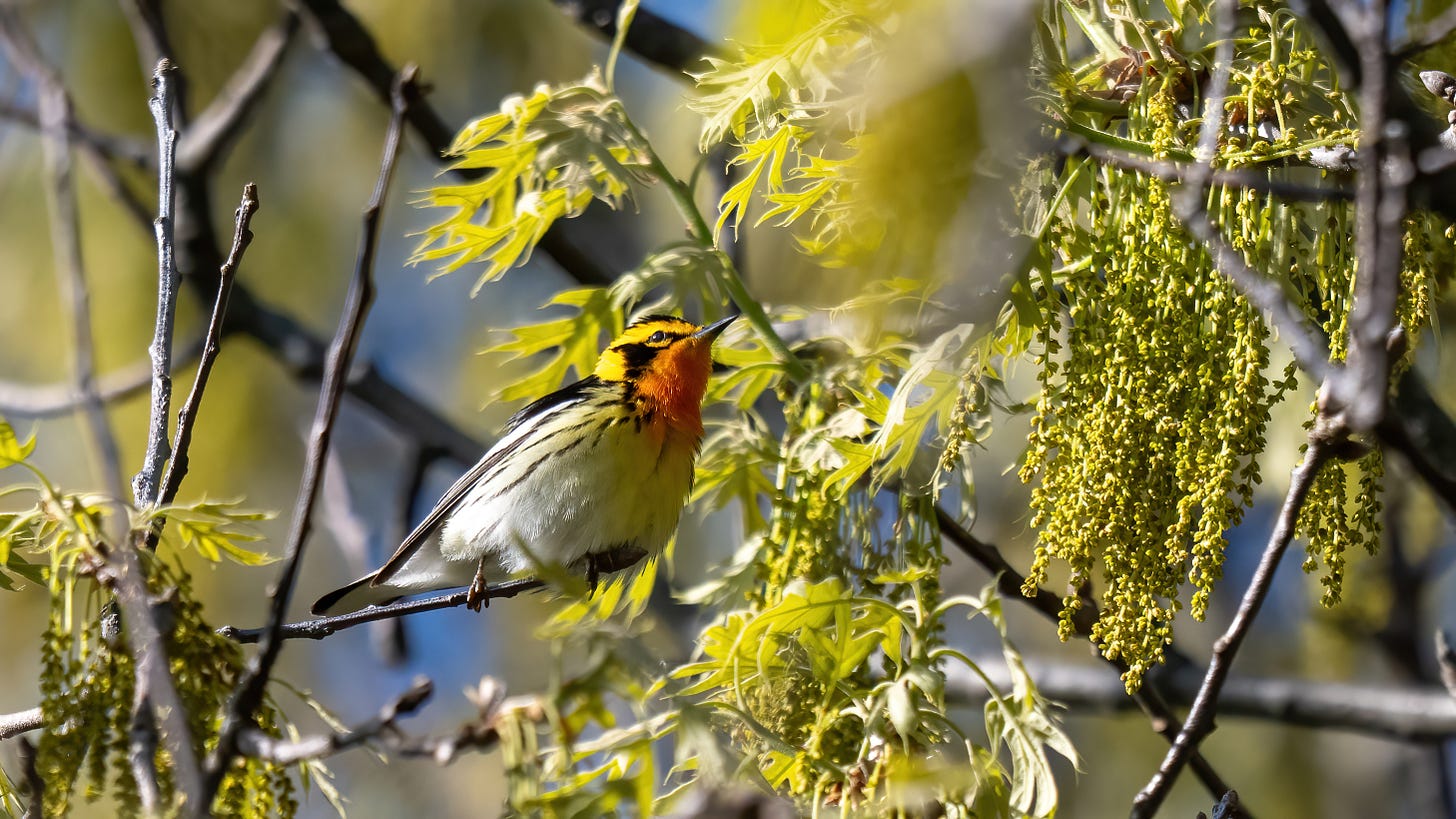
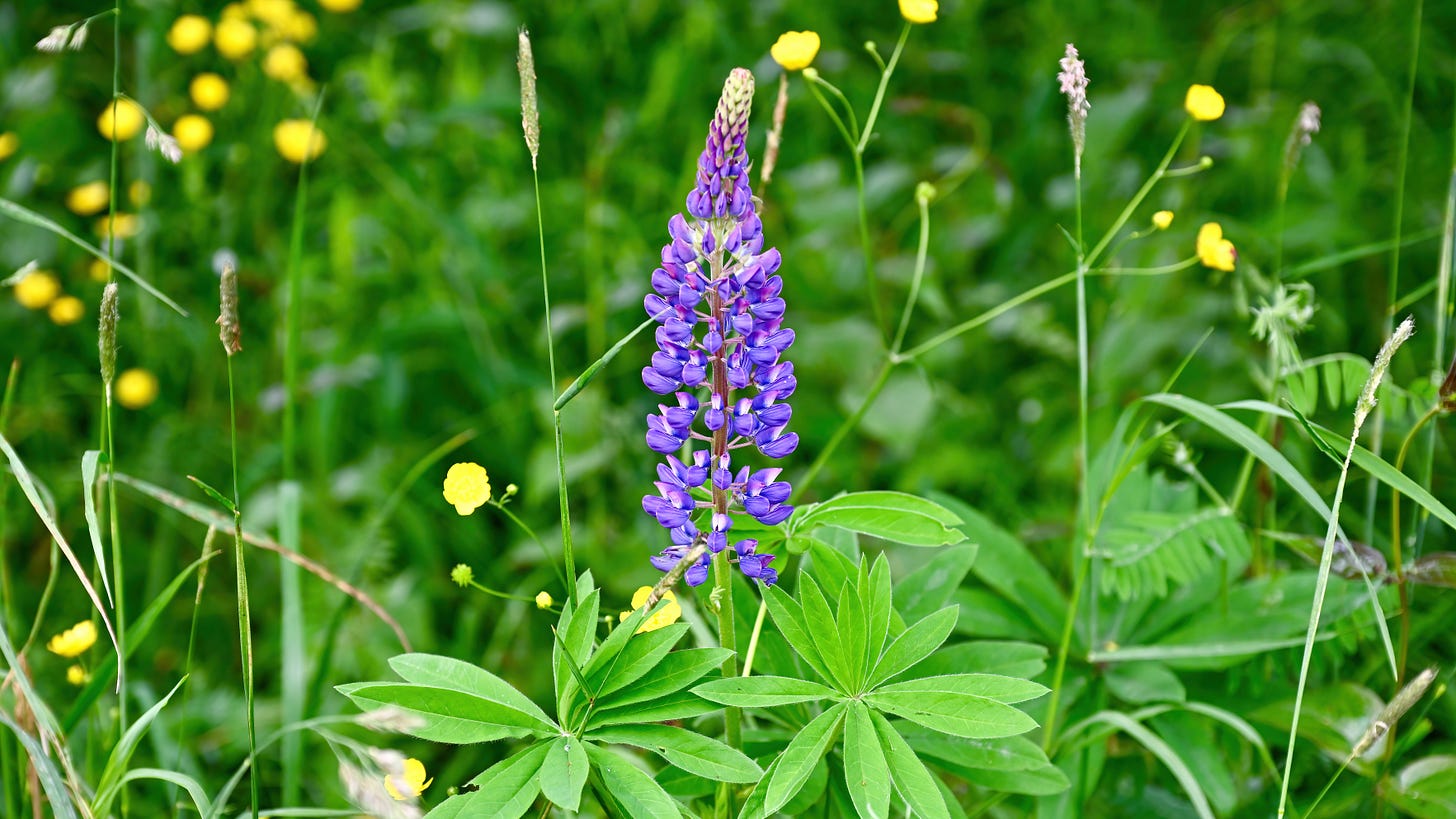
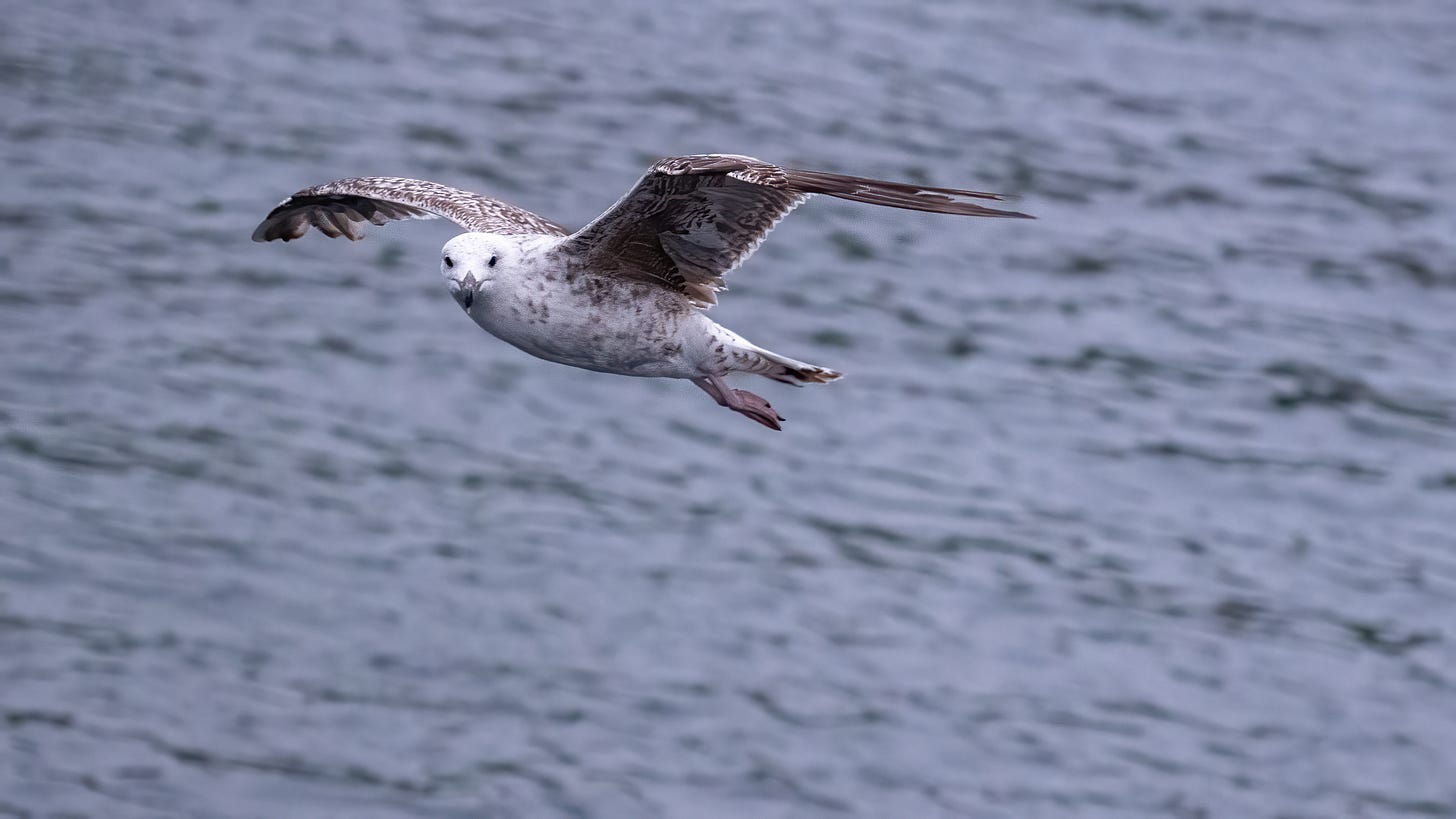
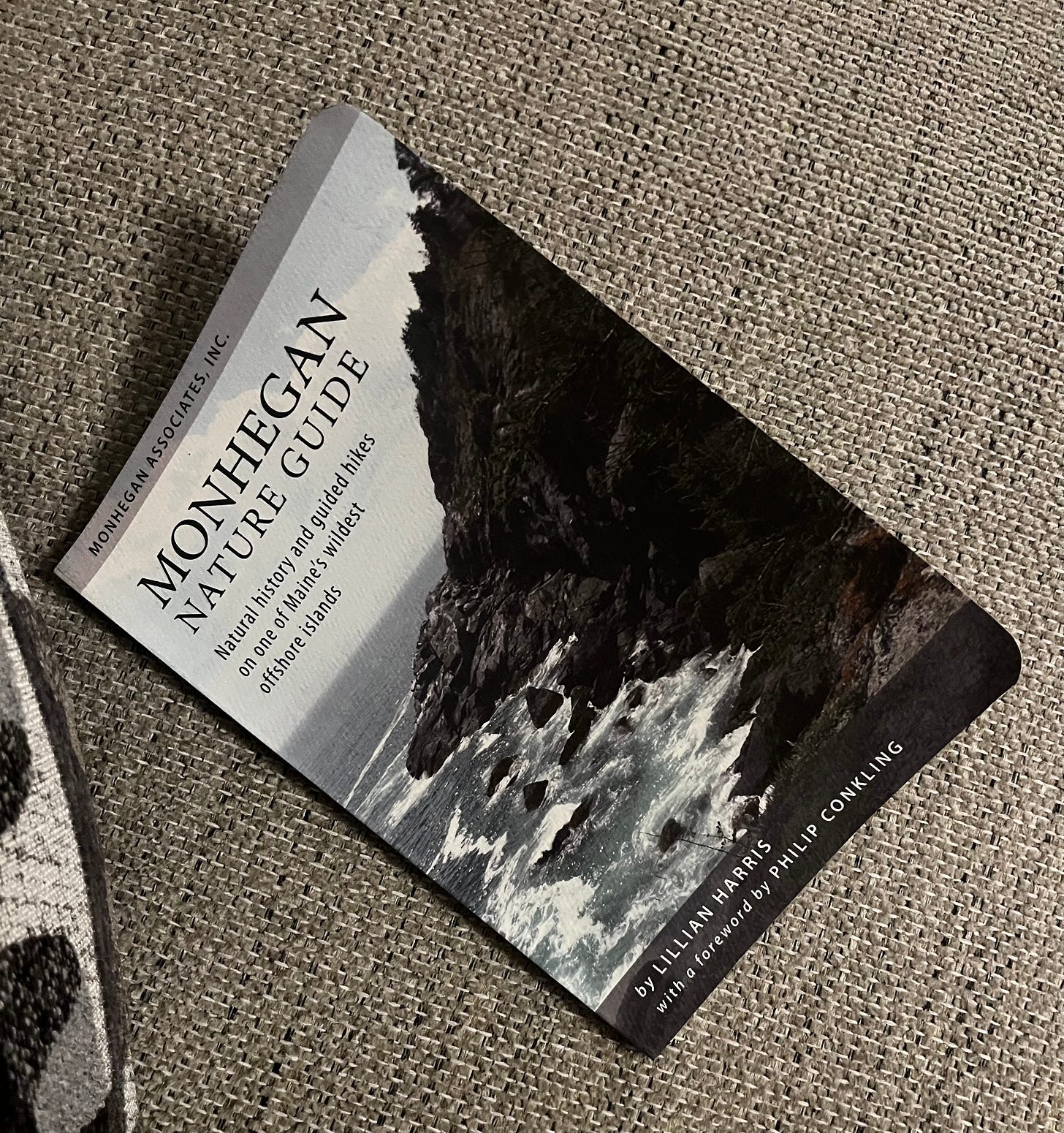
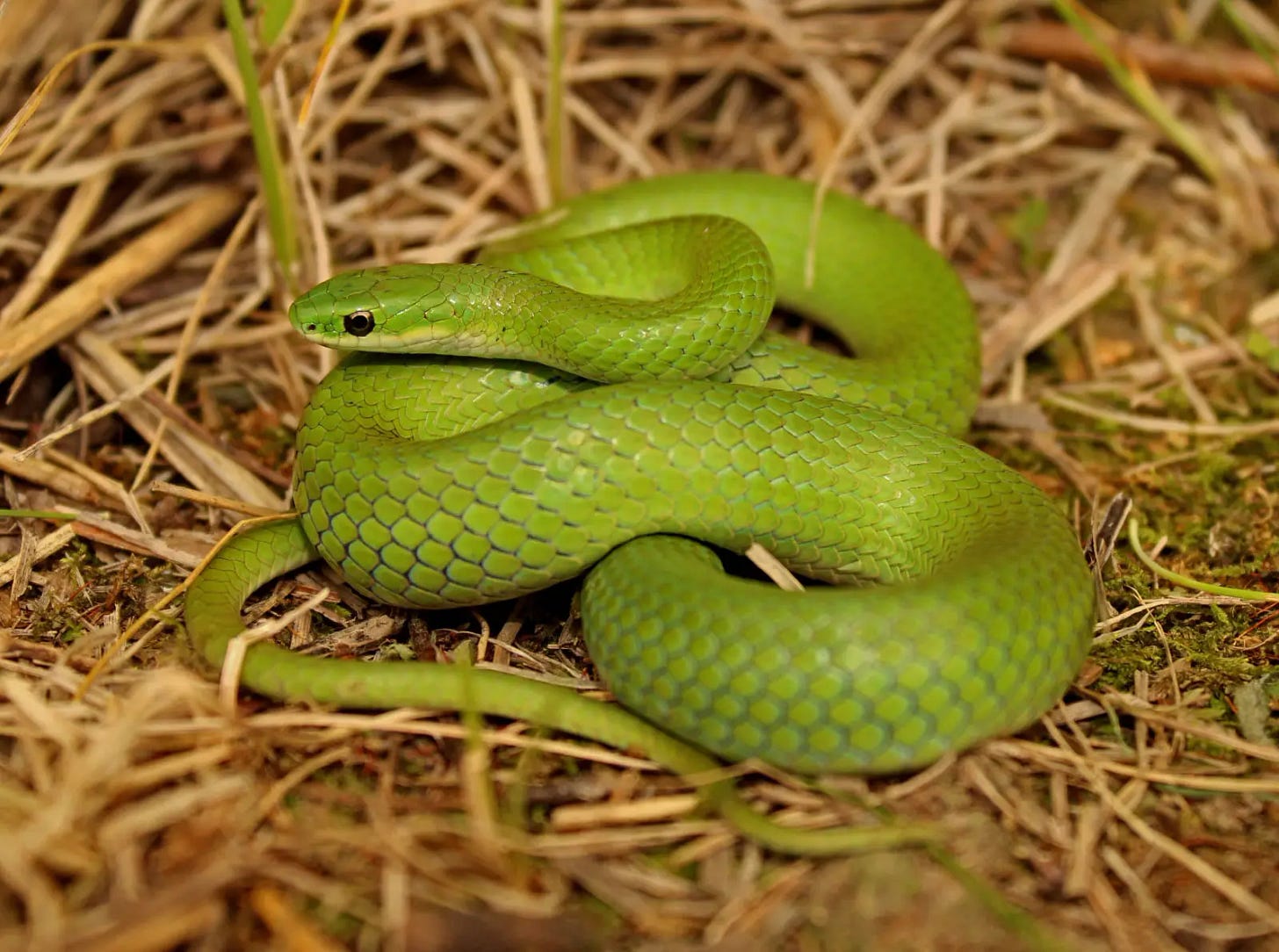
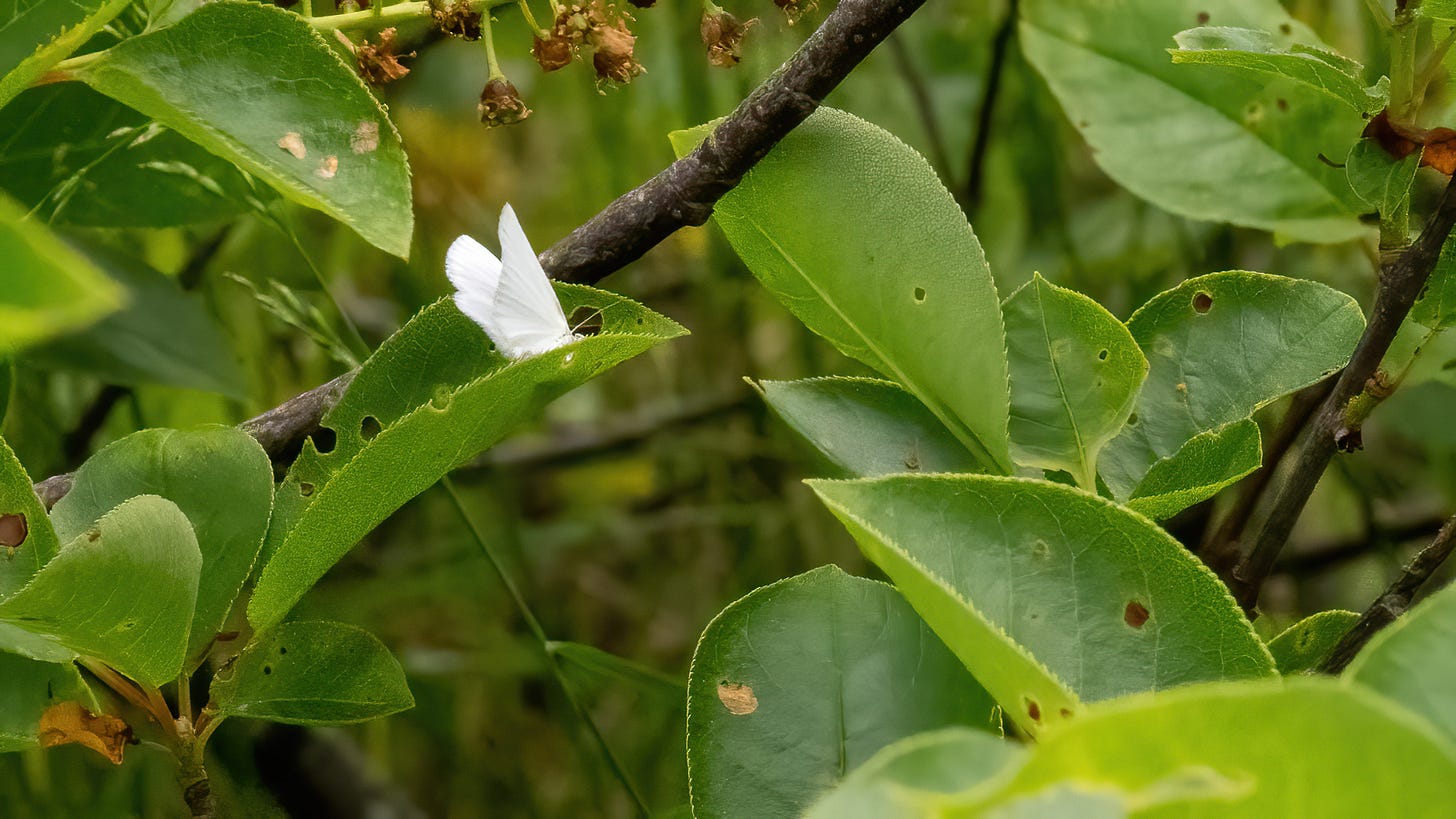
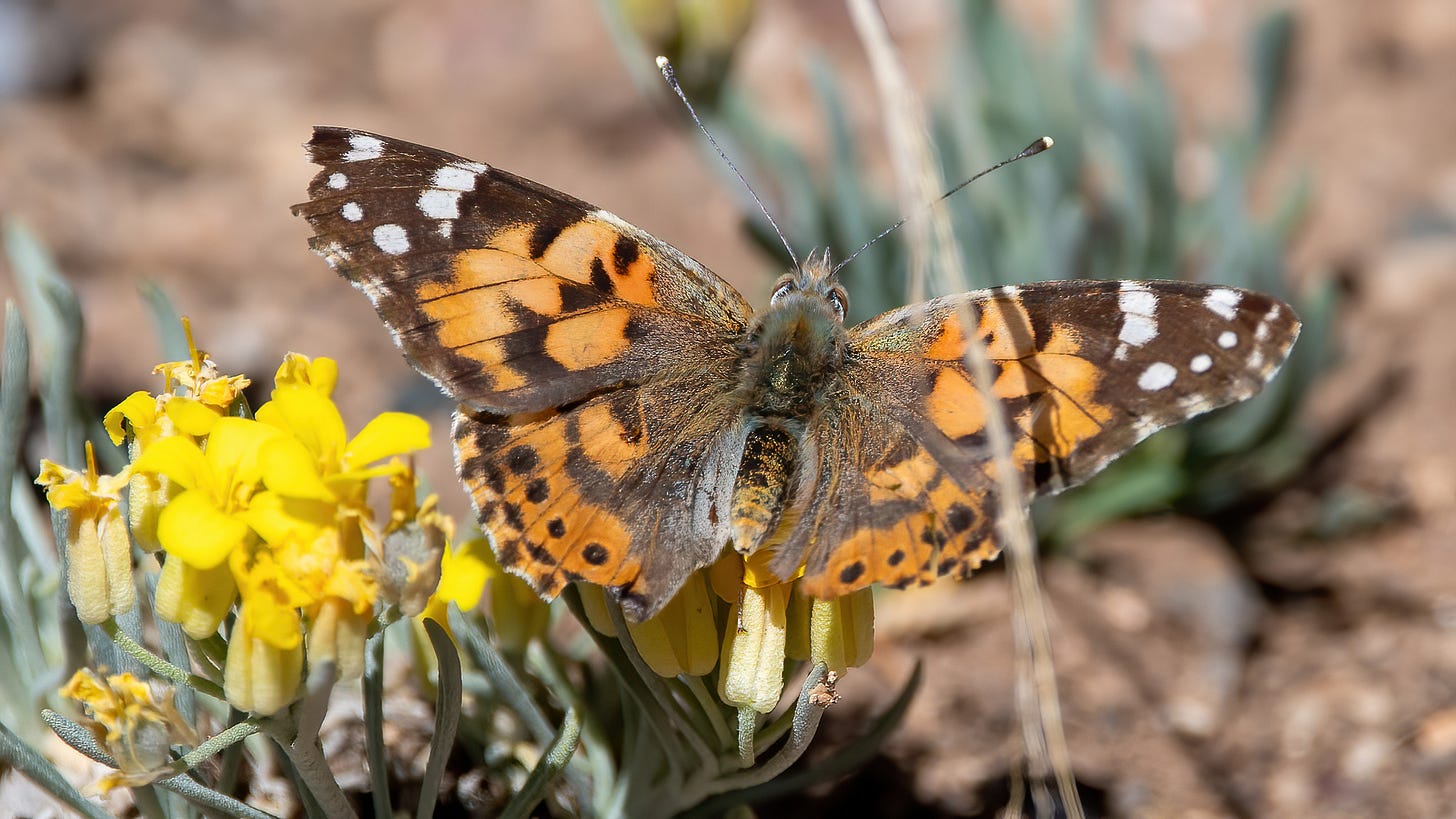
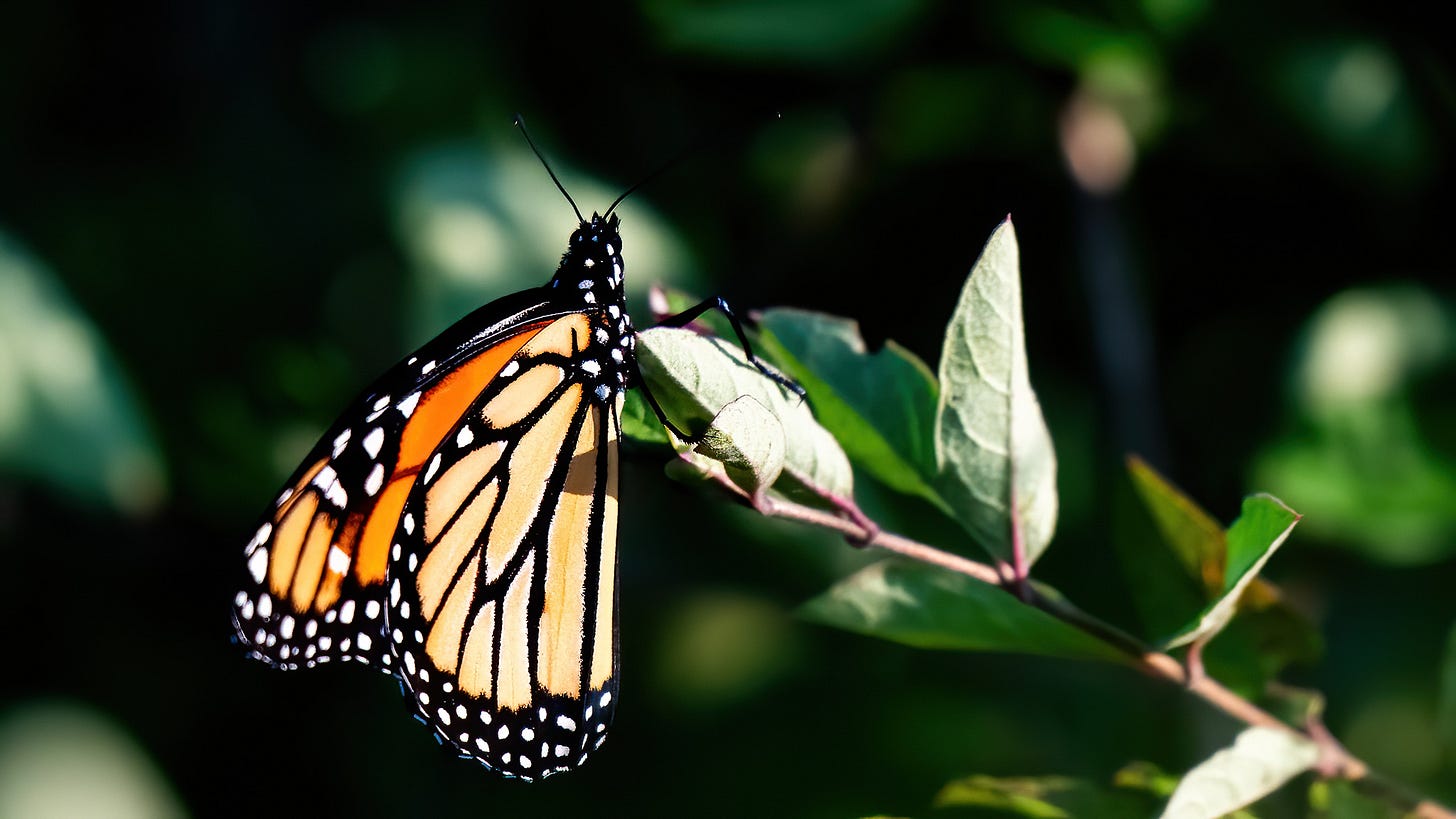
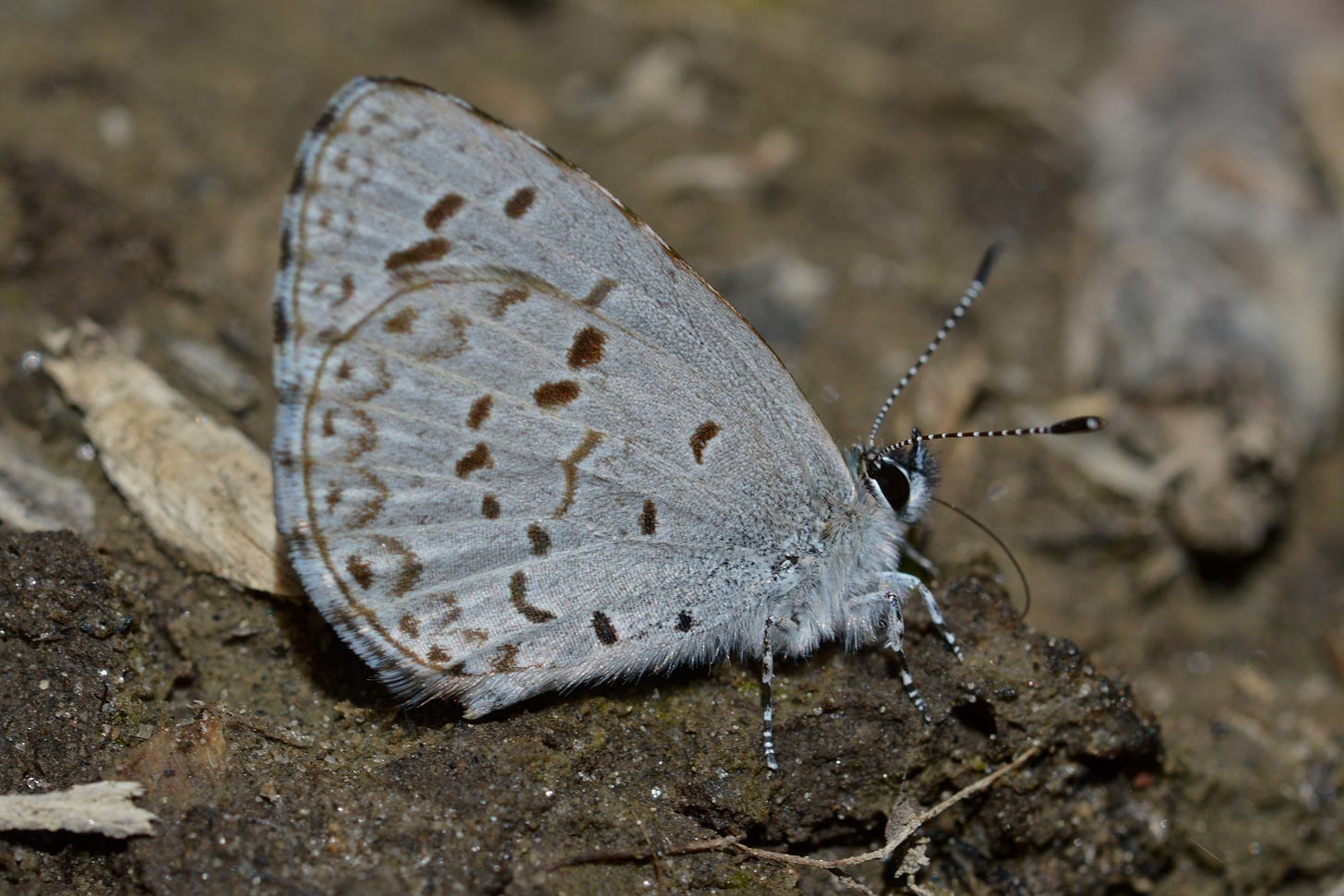
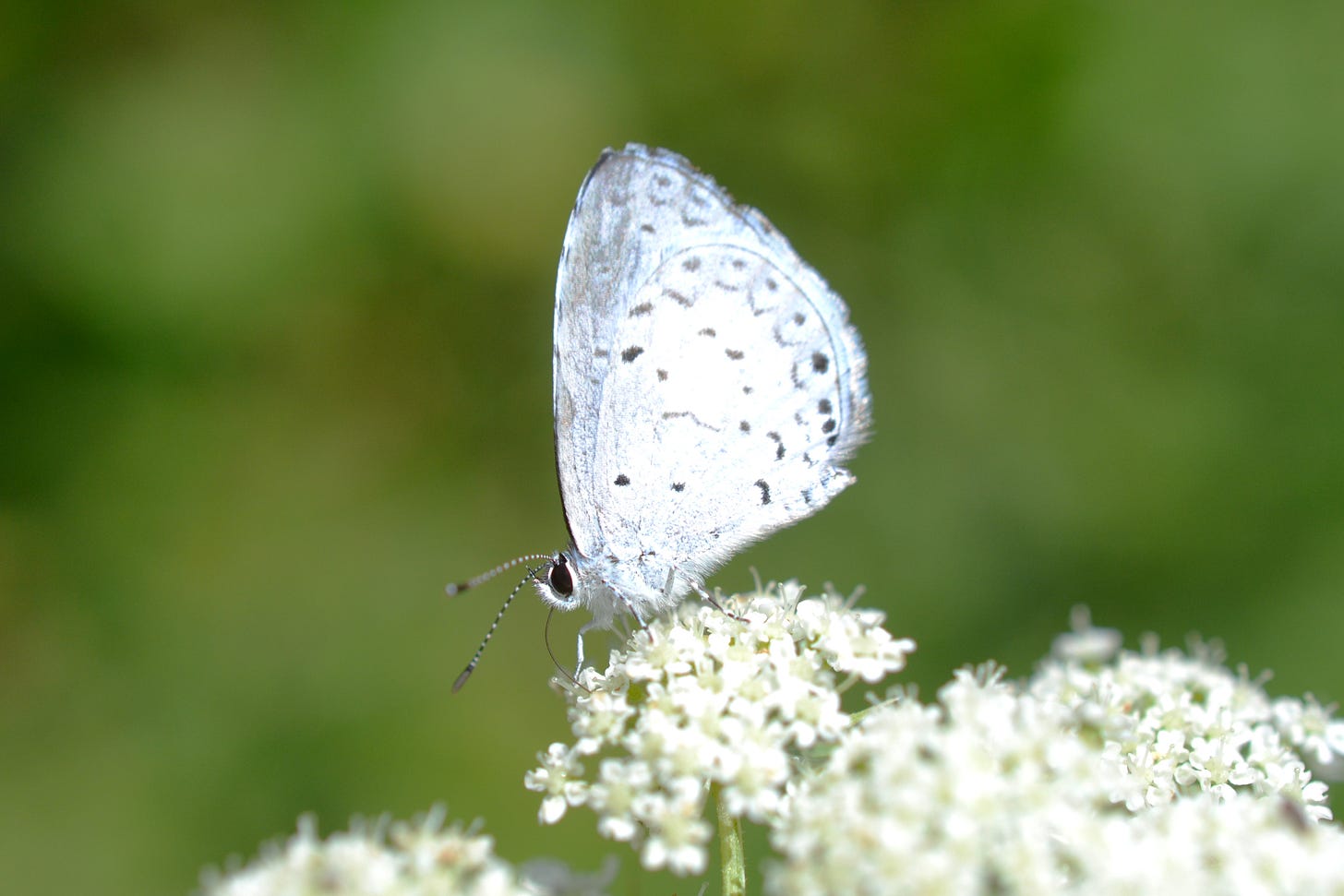
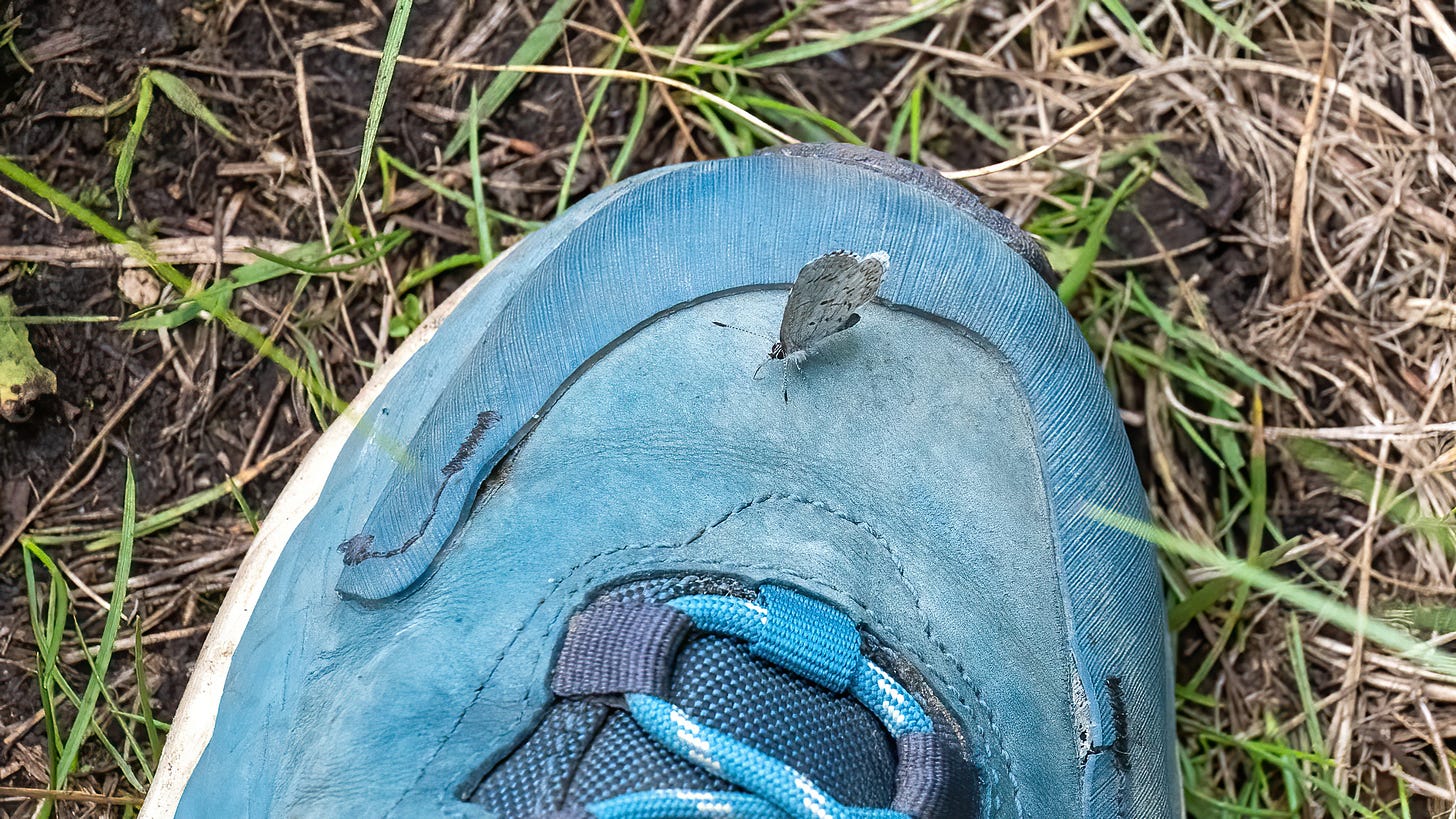
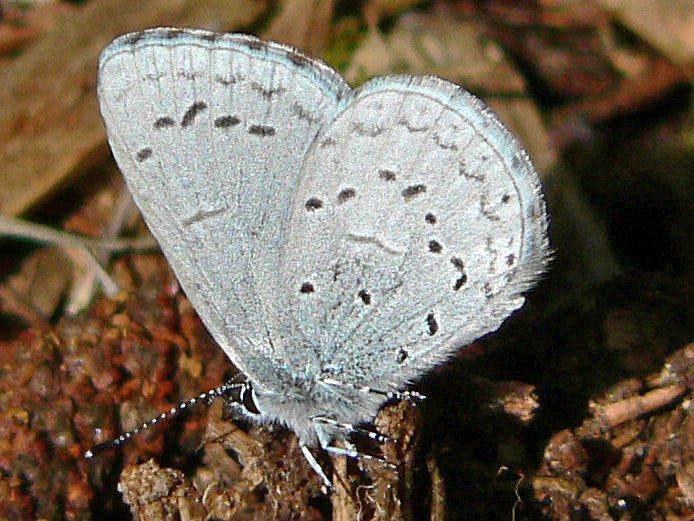
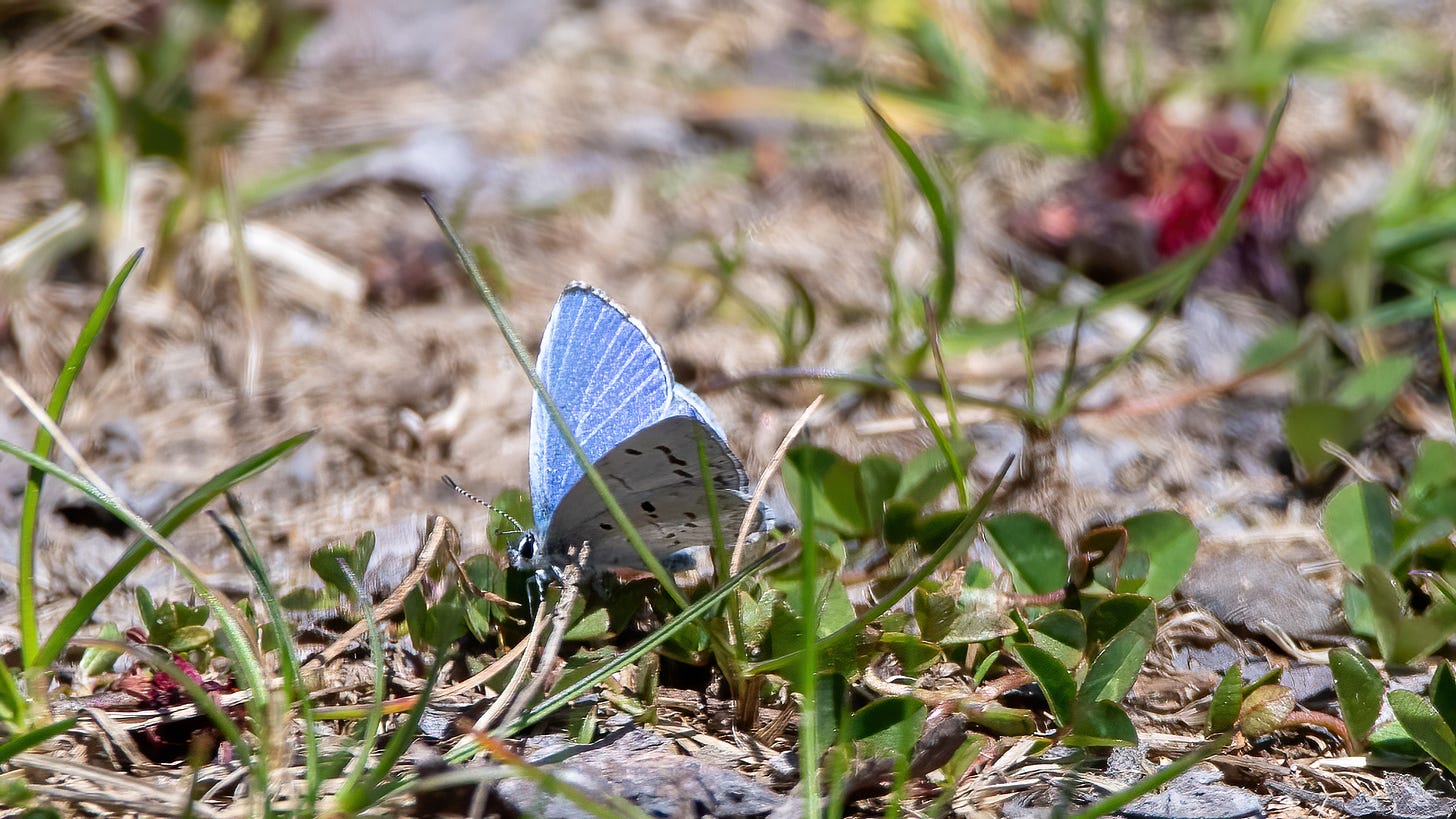
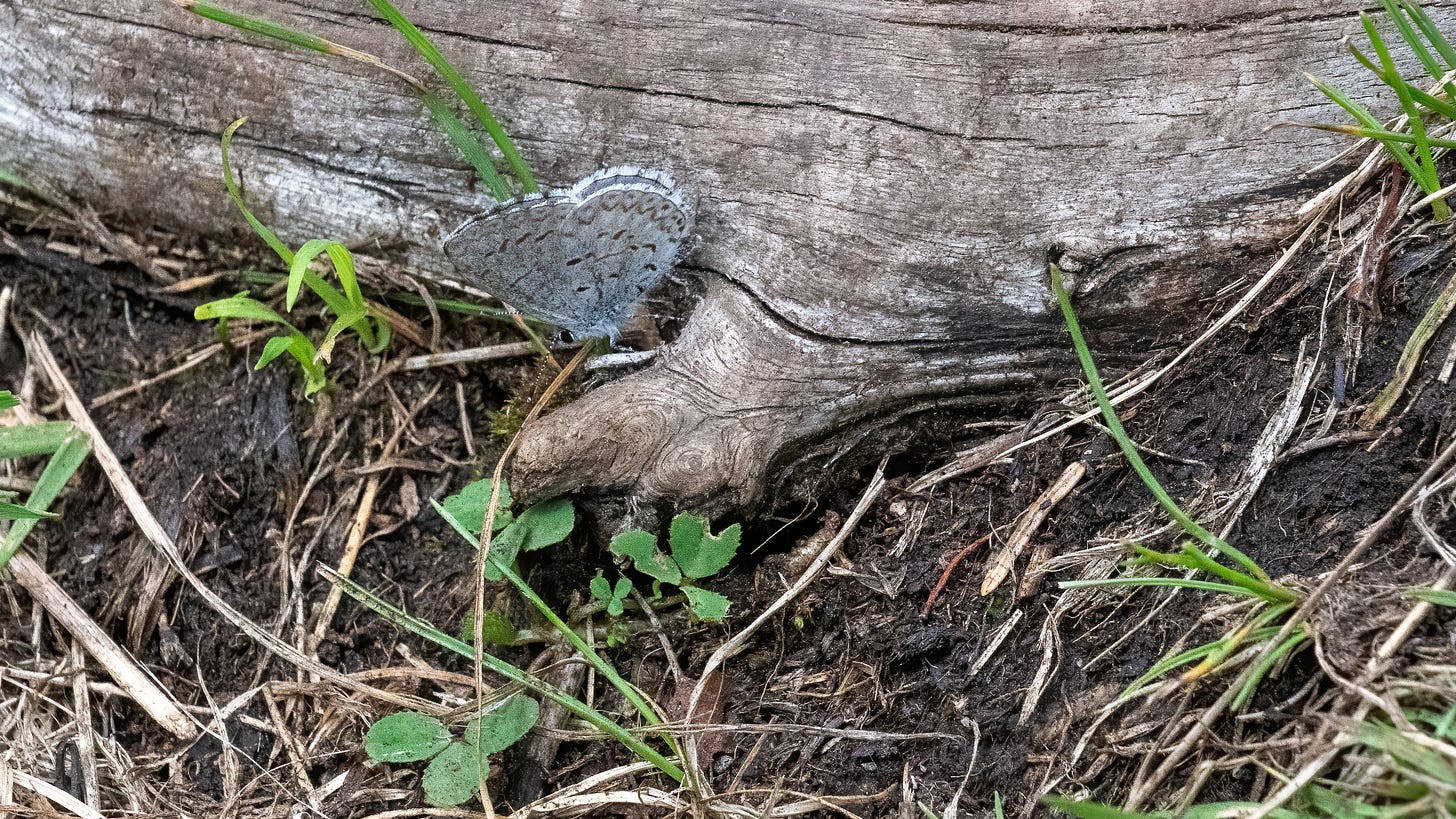
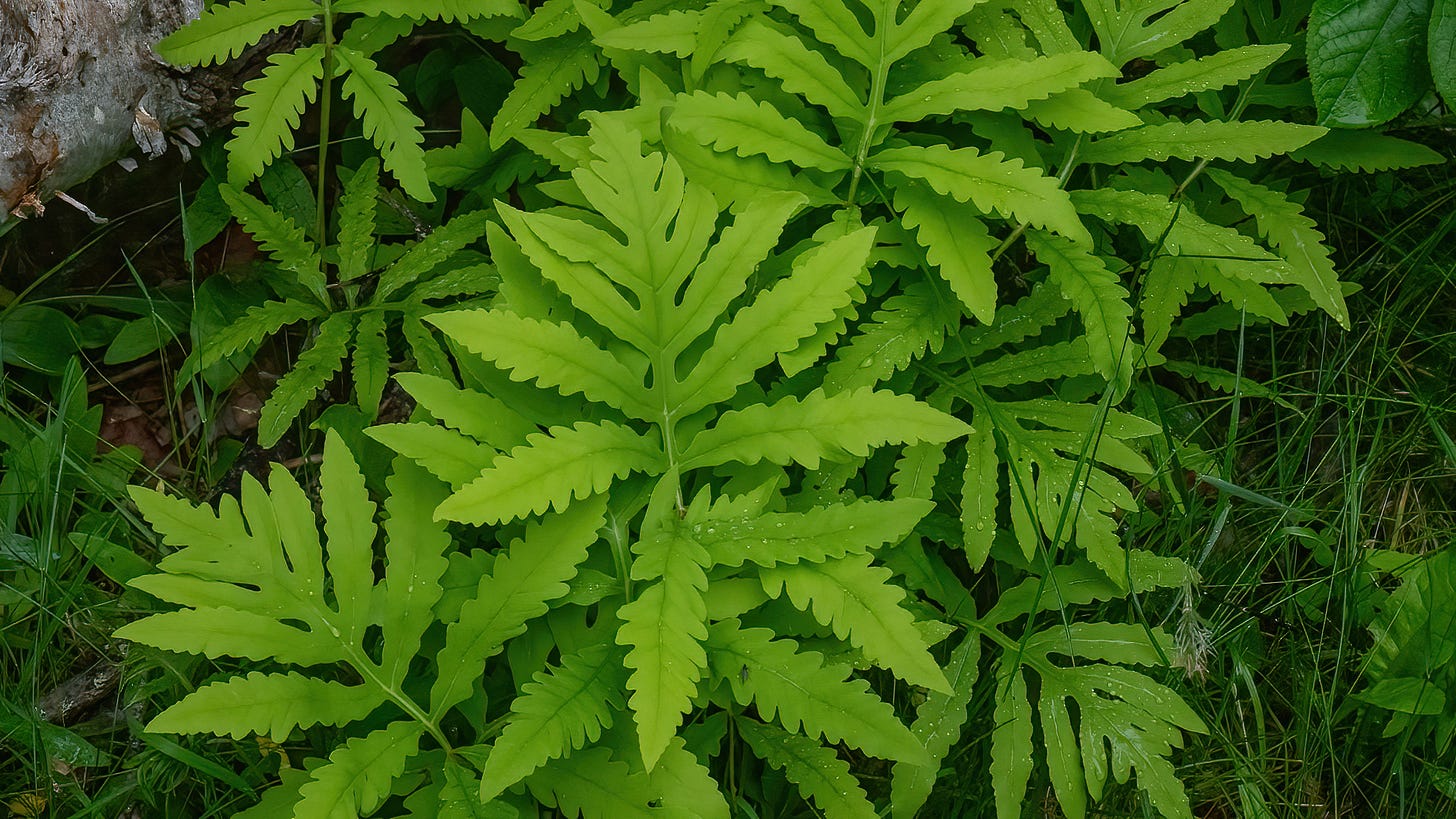
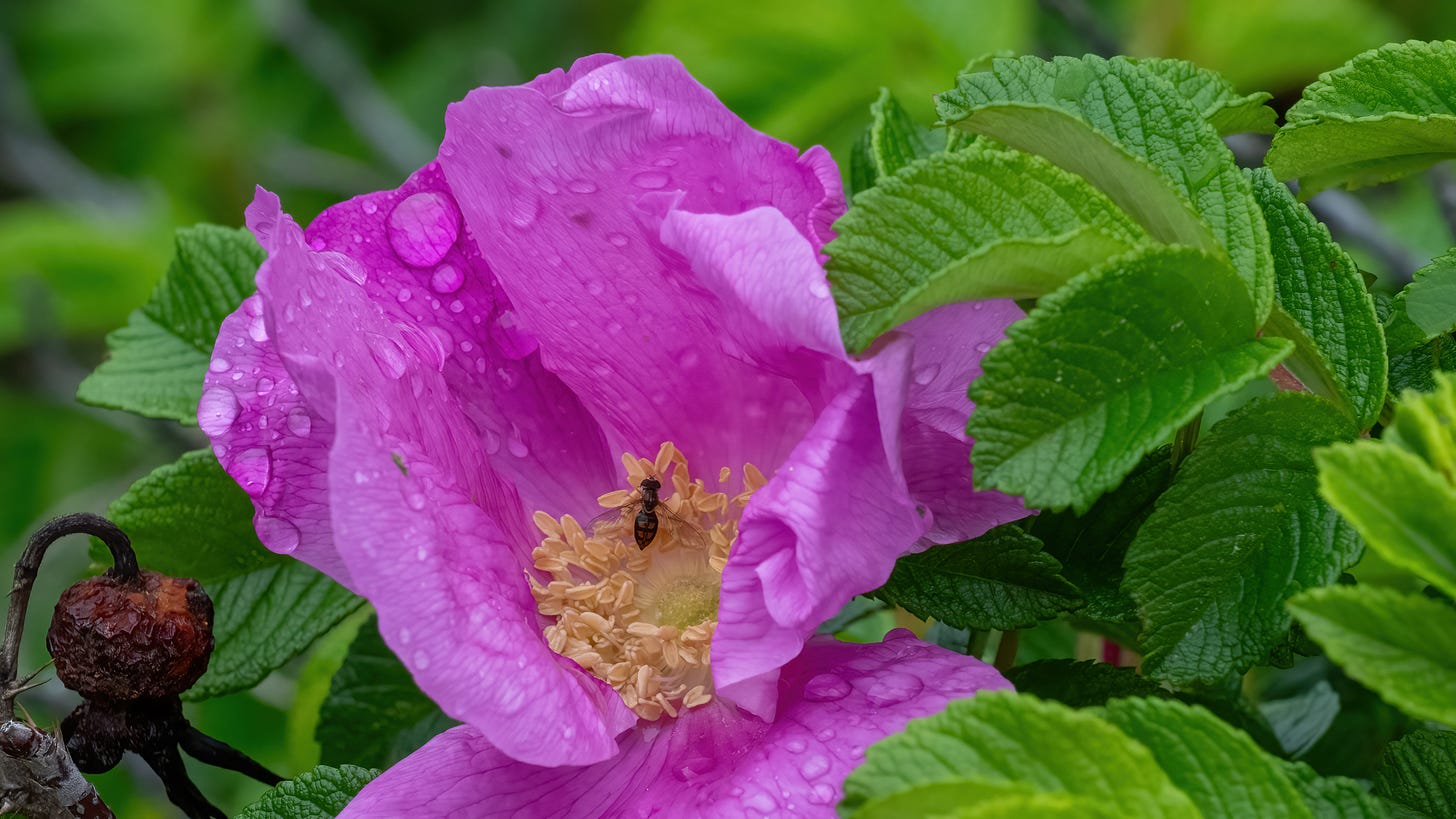
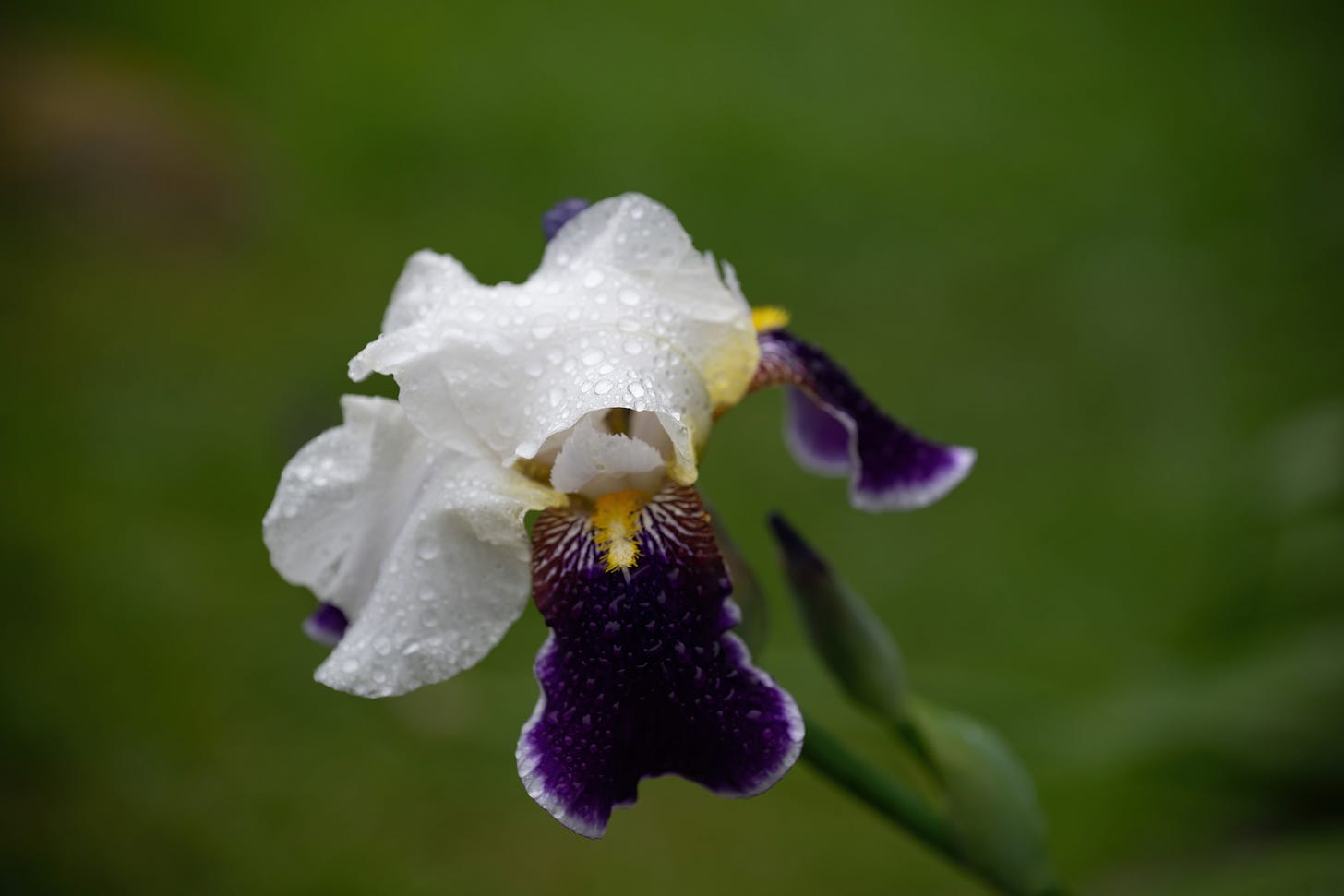
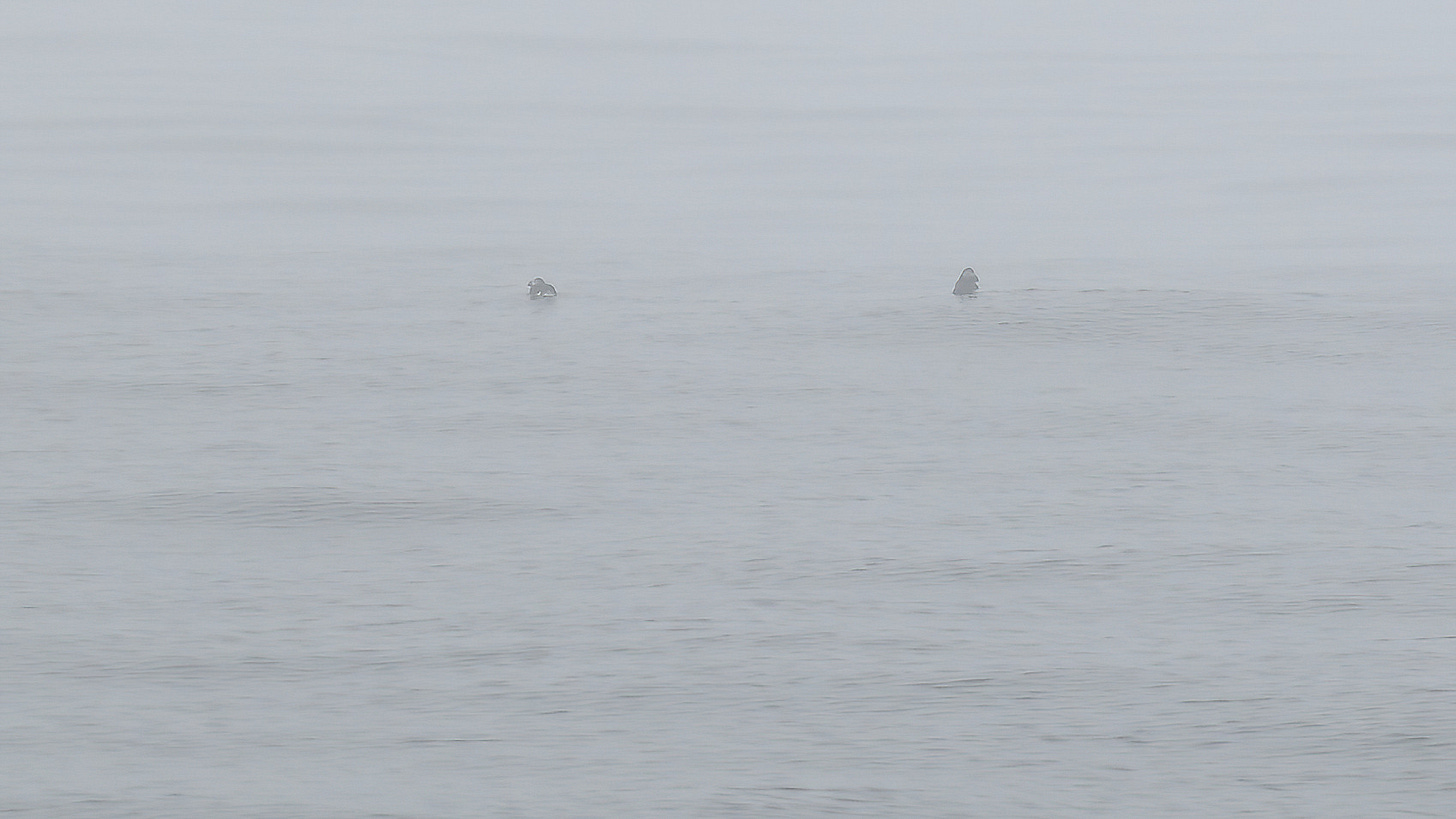
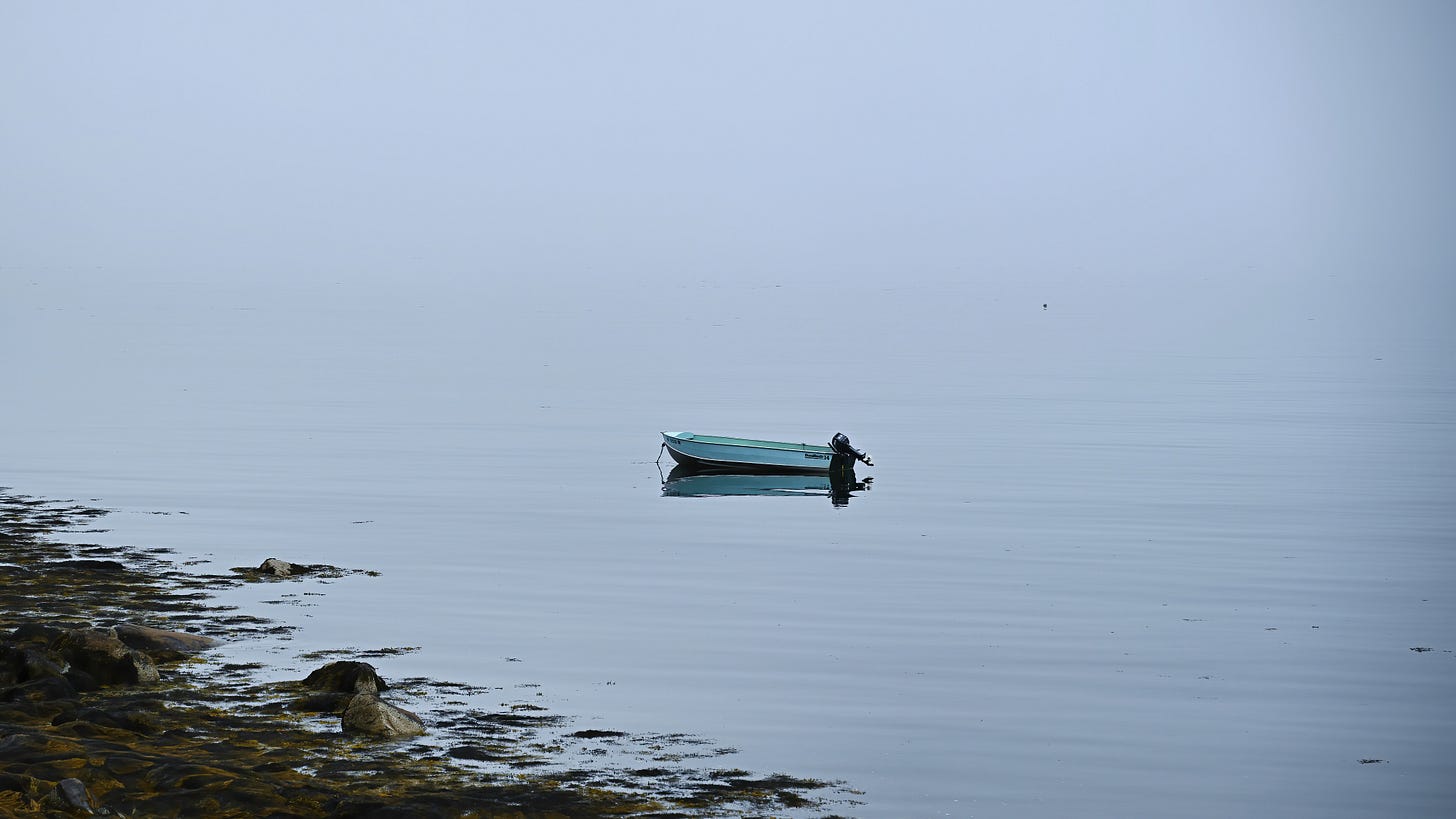
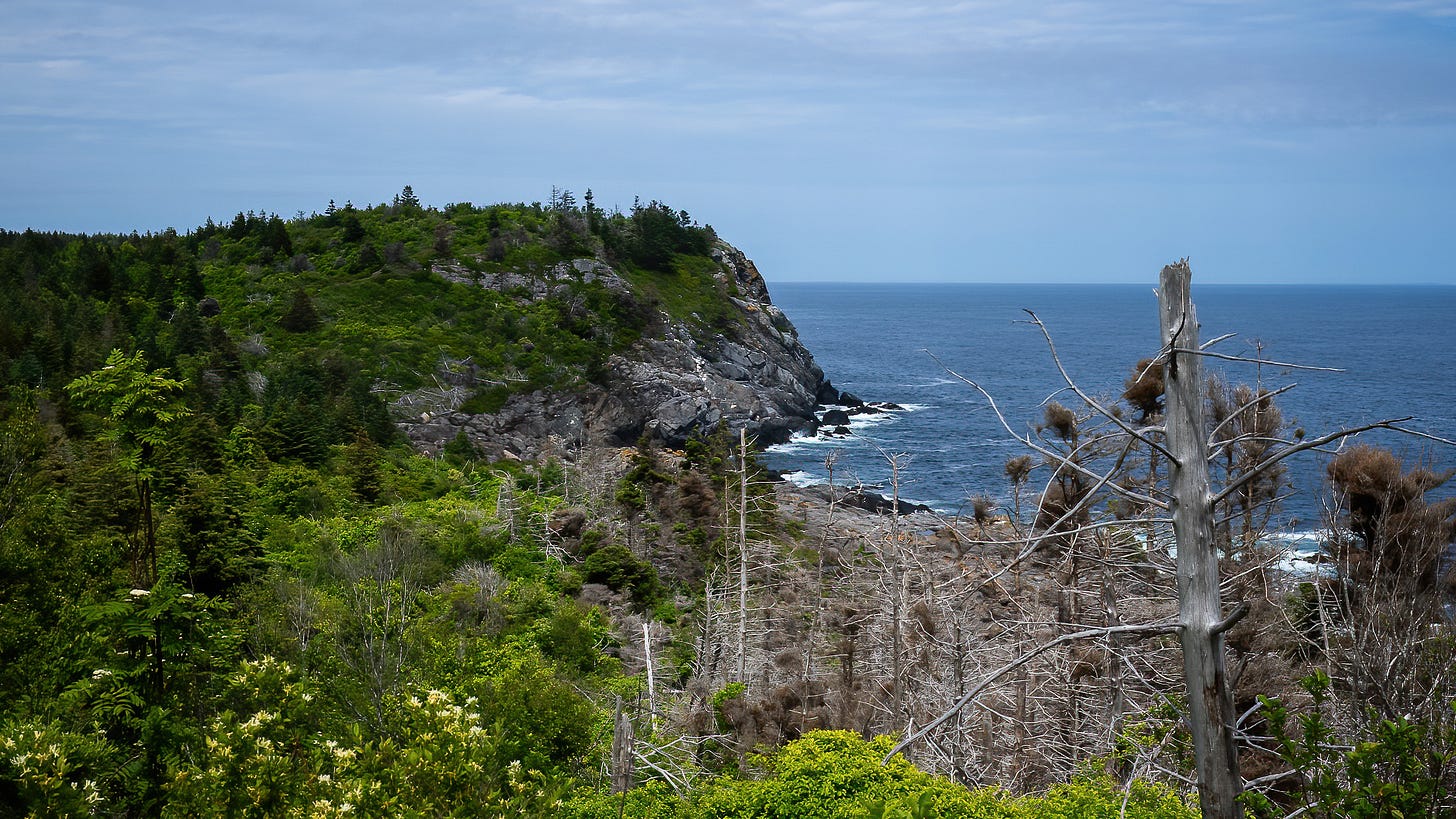

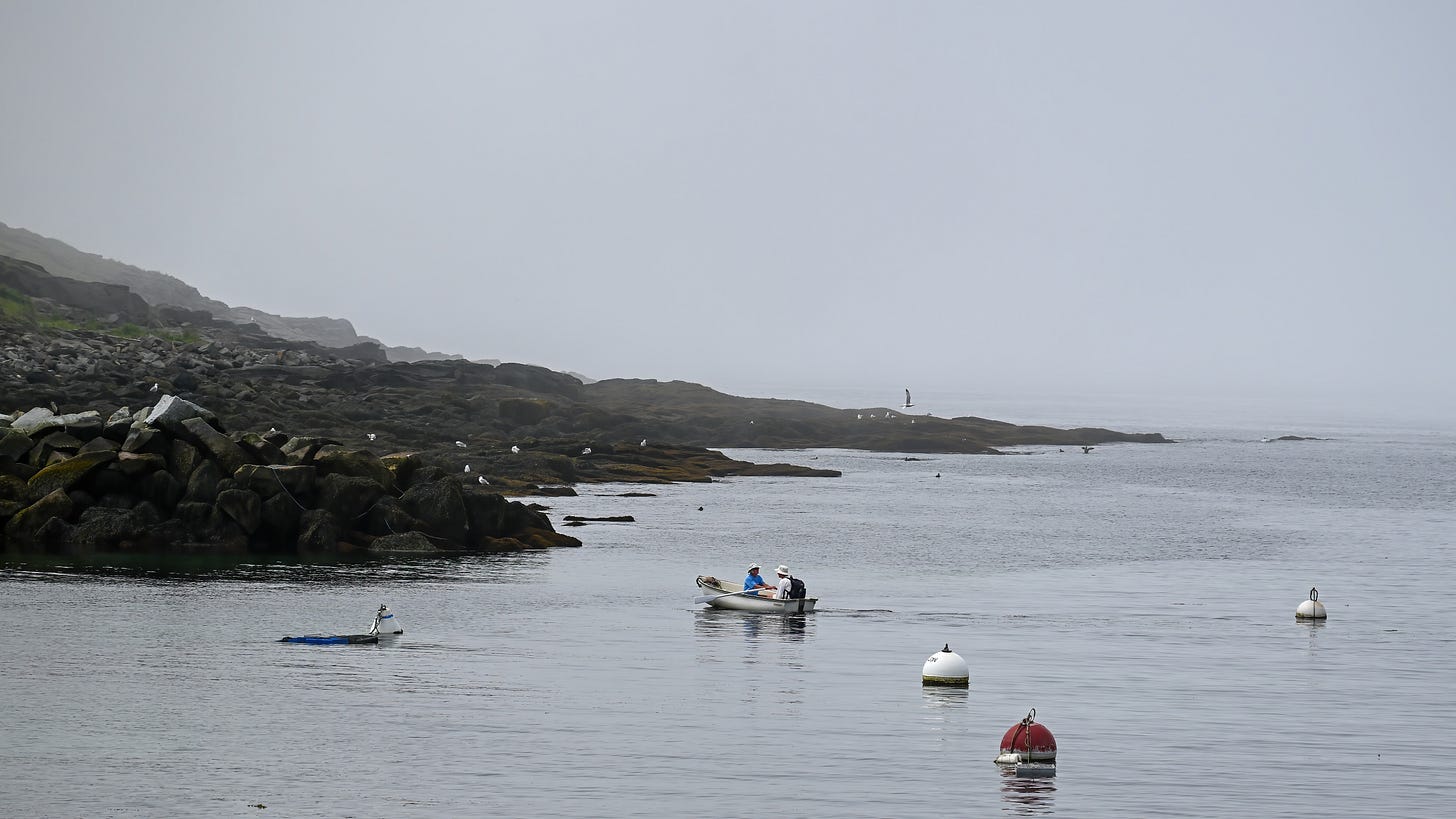
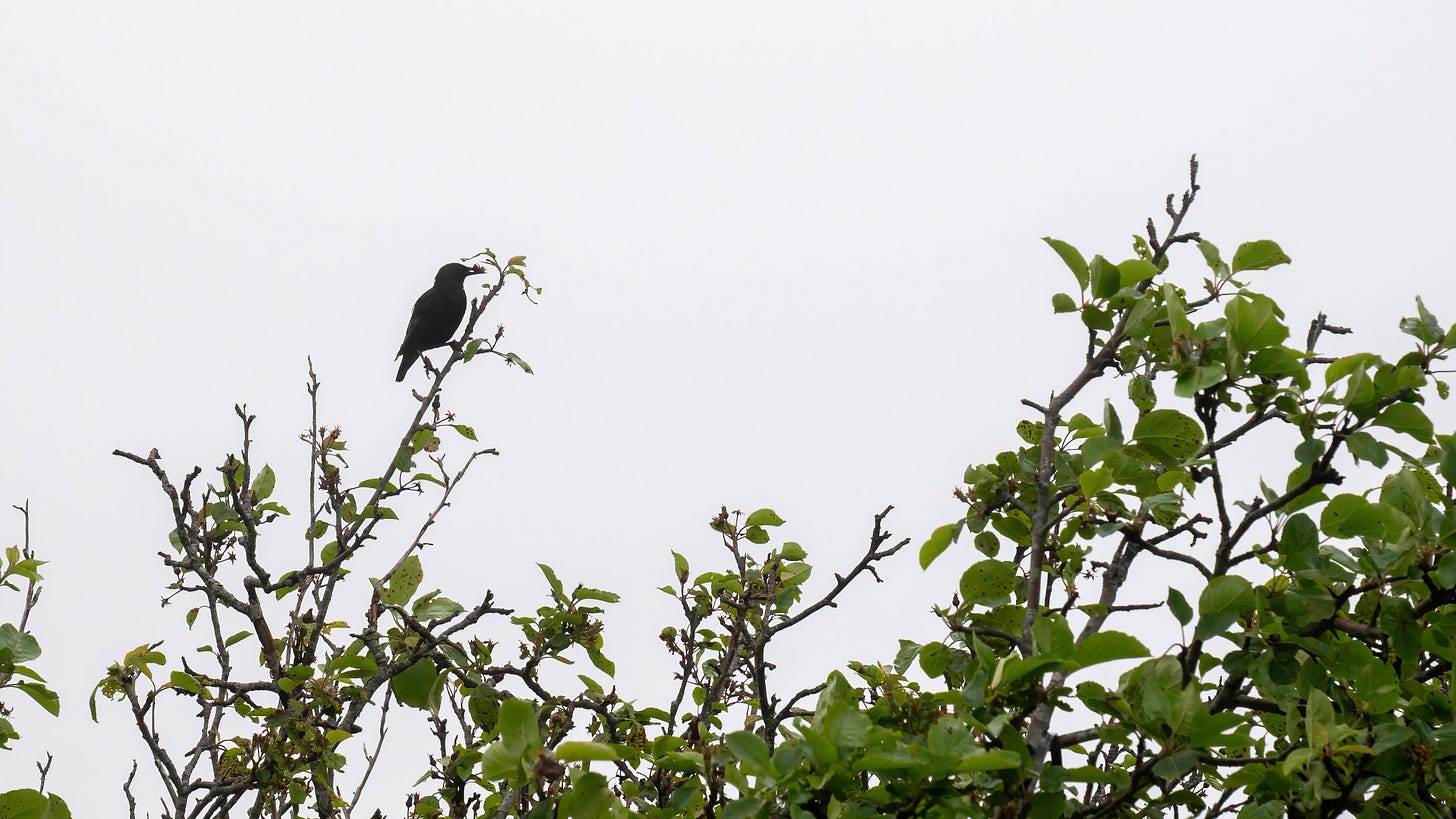
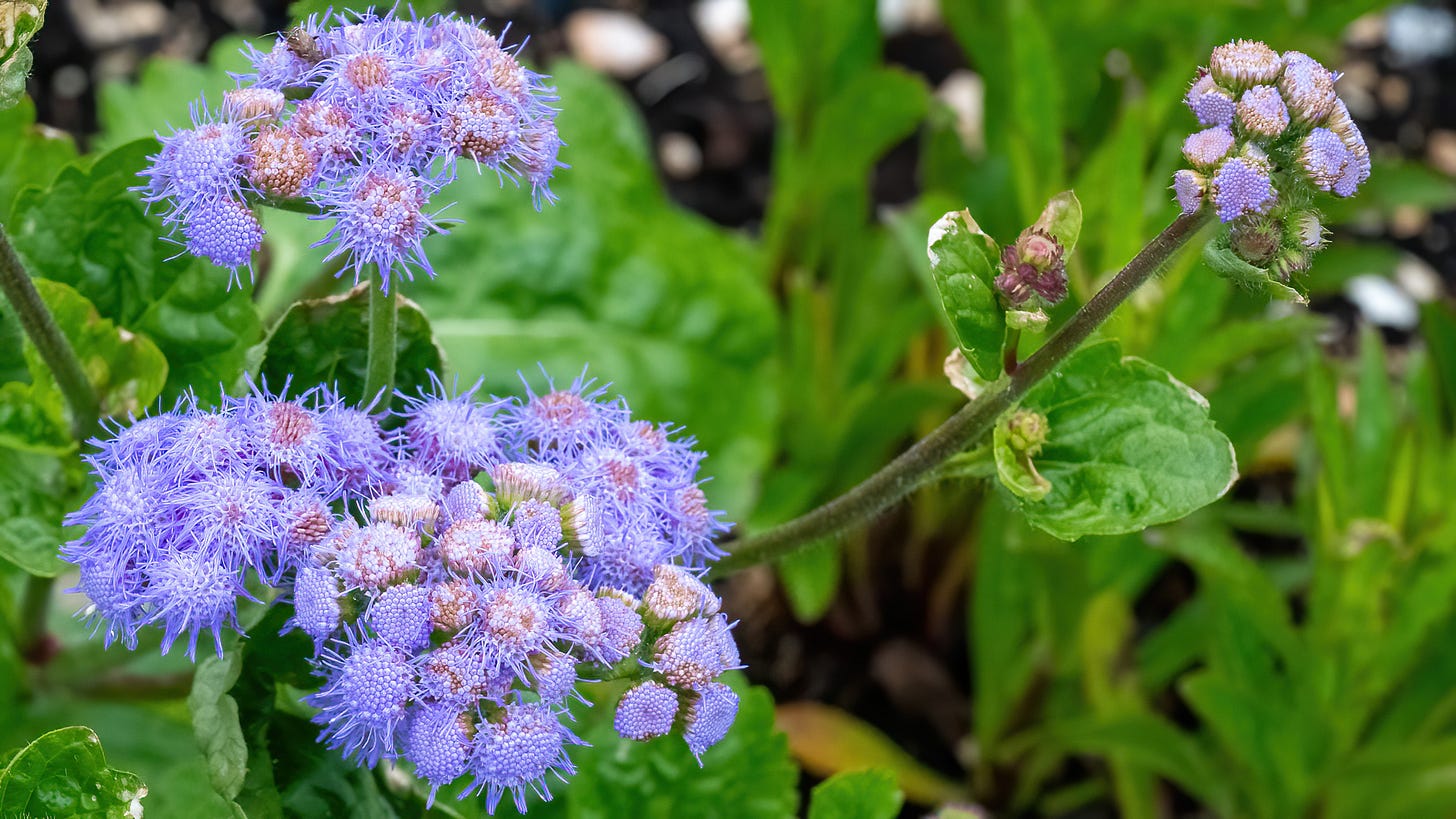
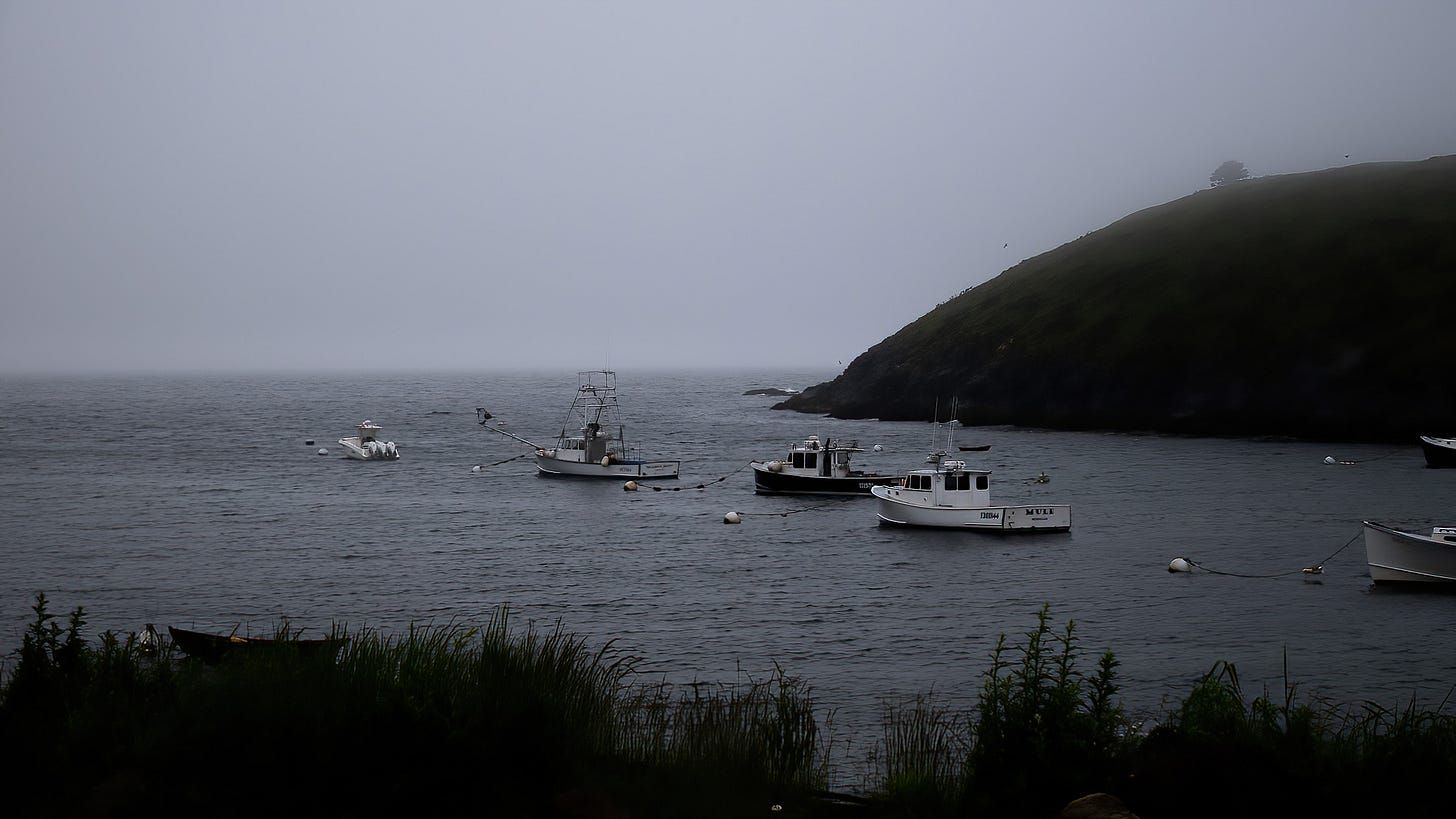
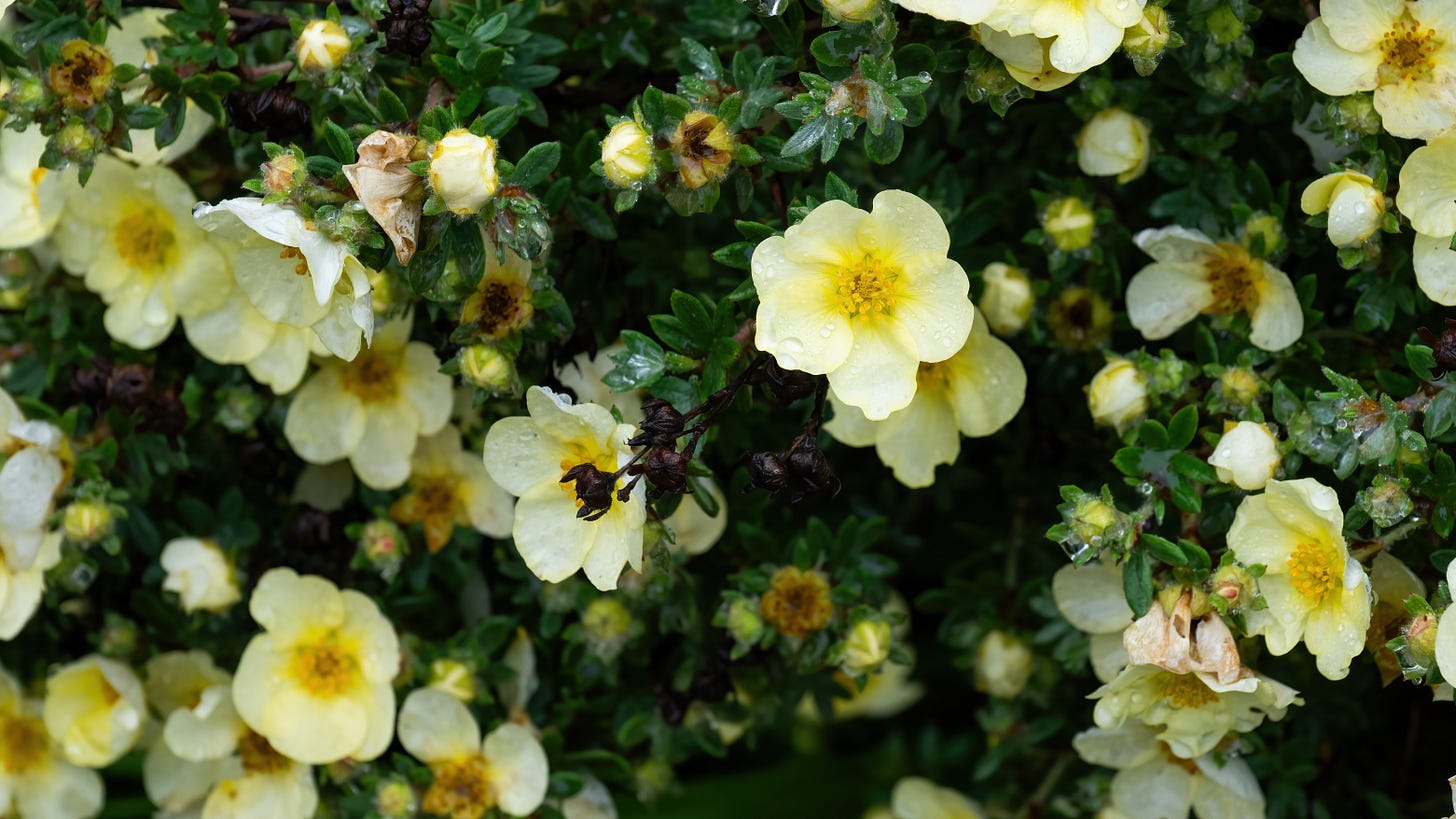
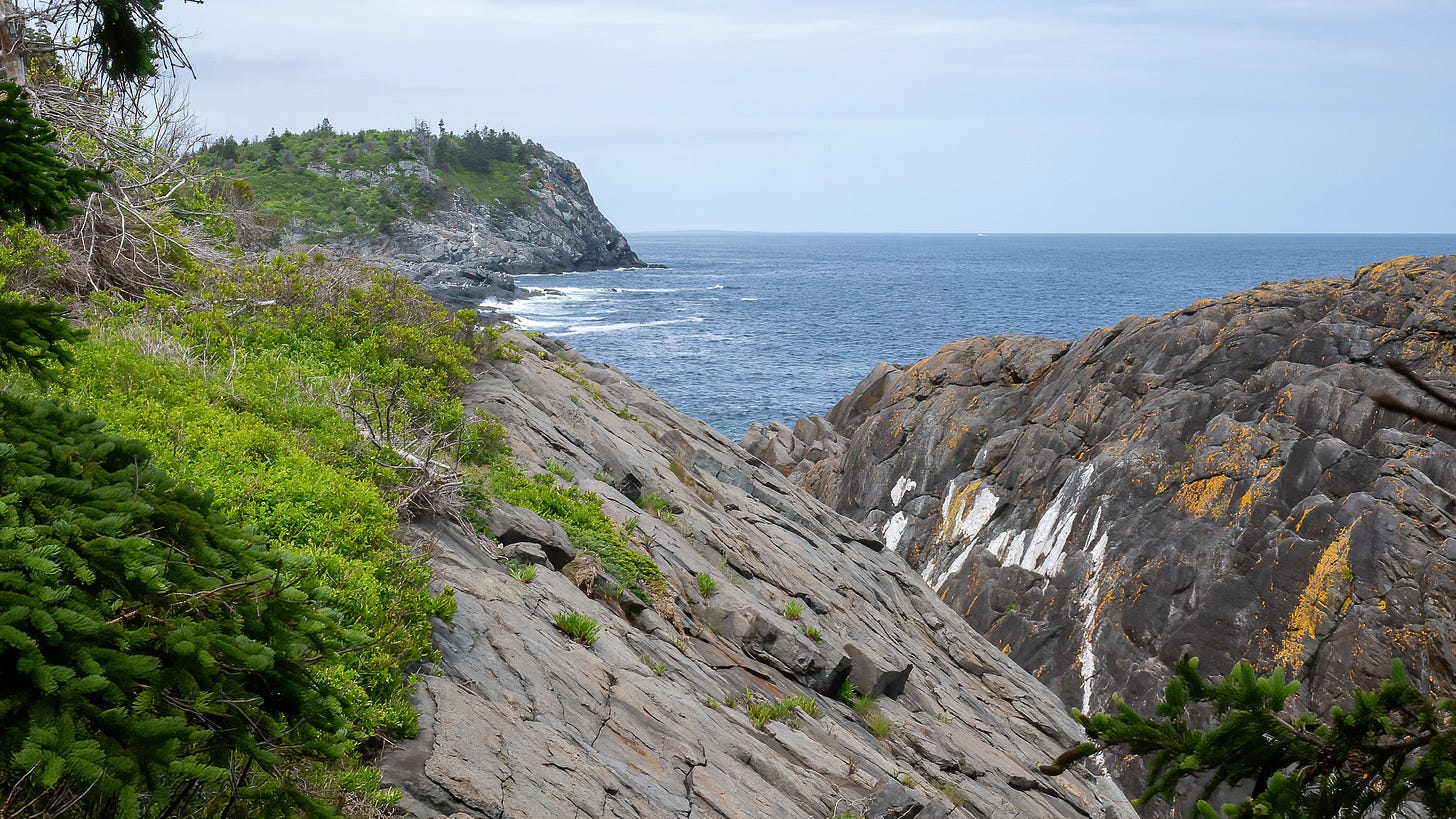

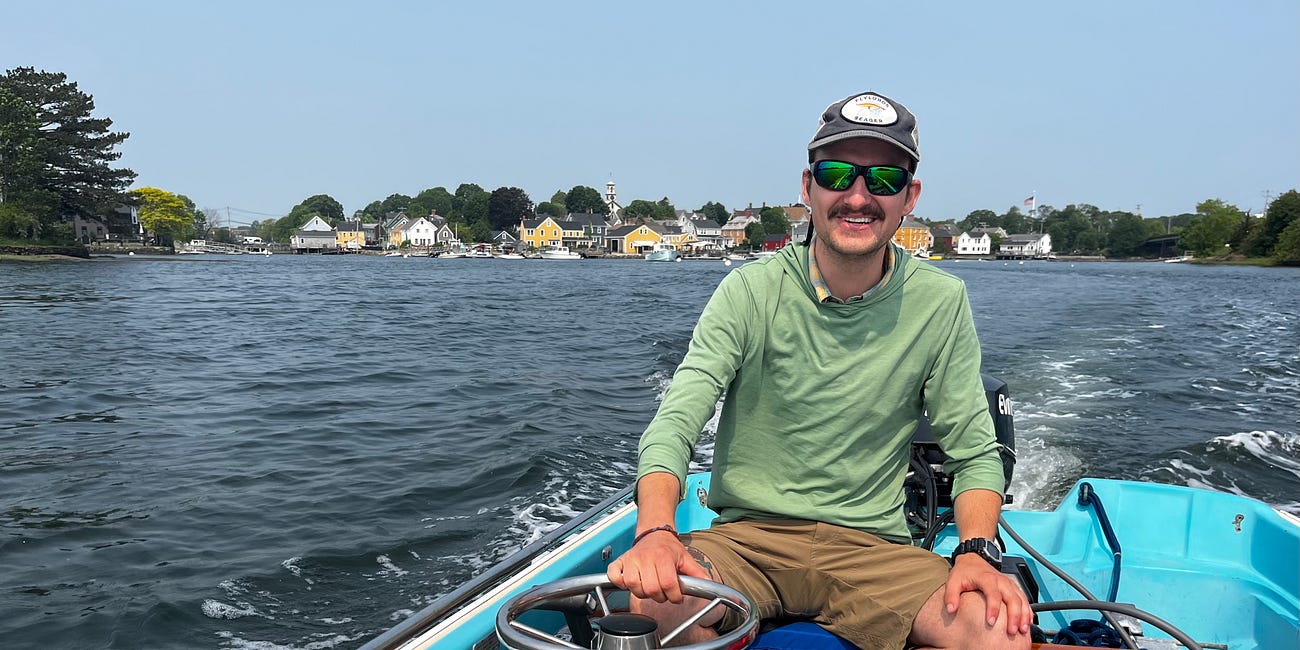


Wow!! I’ve never heard of Monhegan island, for all the time I’ve spent in Maine. What a glorious tour, and I admire your ability to leave the birding gear behind. There really is more travel and adventure than the avian life. Maybe that’s the benefit of having a non-birding family. Can’t have a single focus. Great post James. Thanks for the destination advice and congrats on the lifers!
Thanks James for taking us on this very pleasant trip.